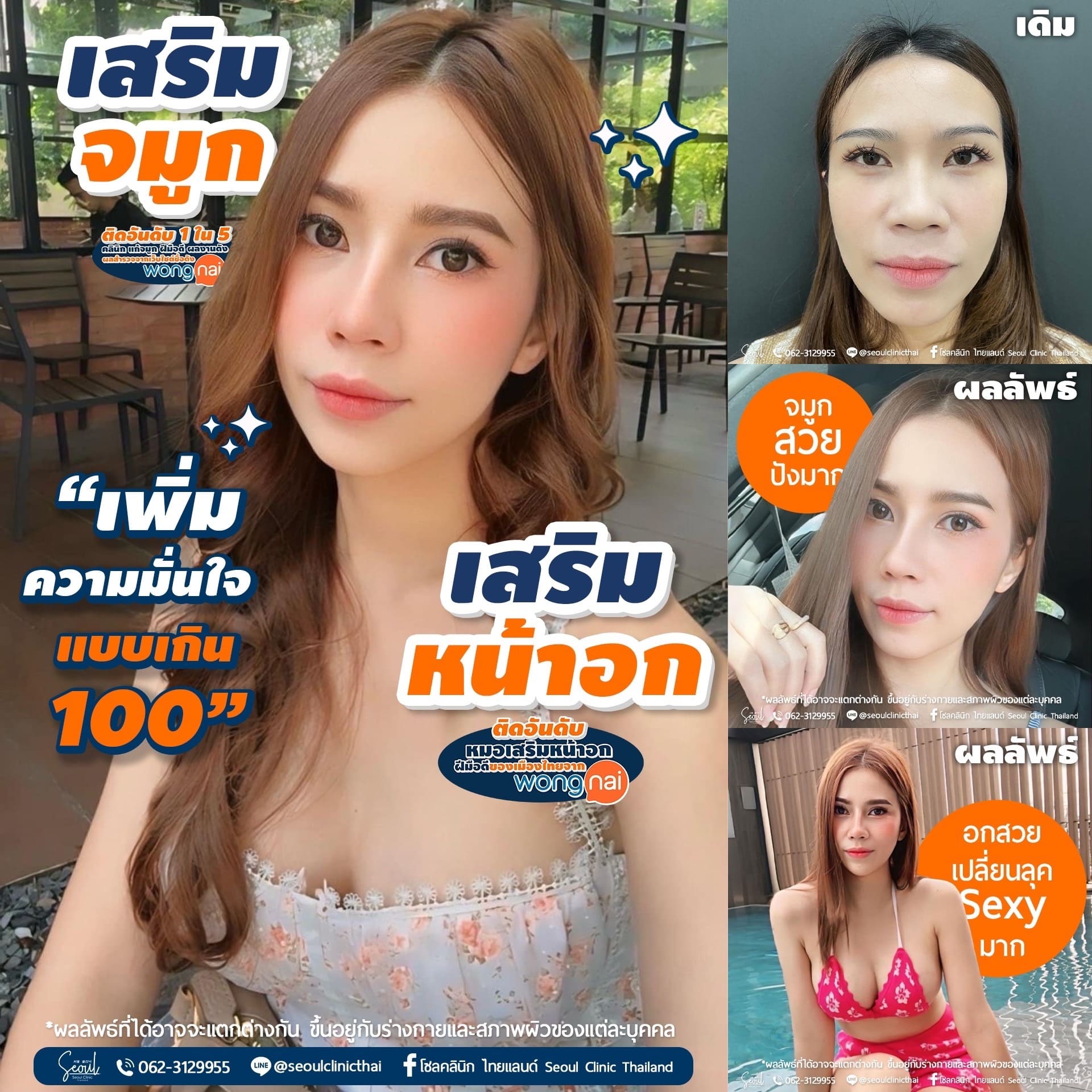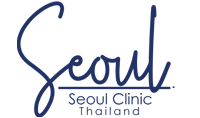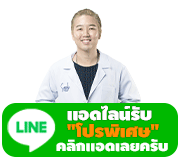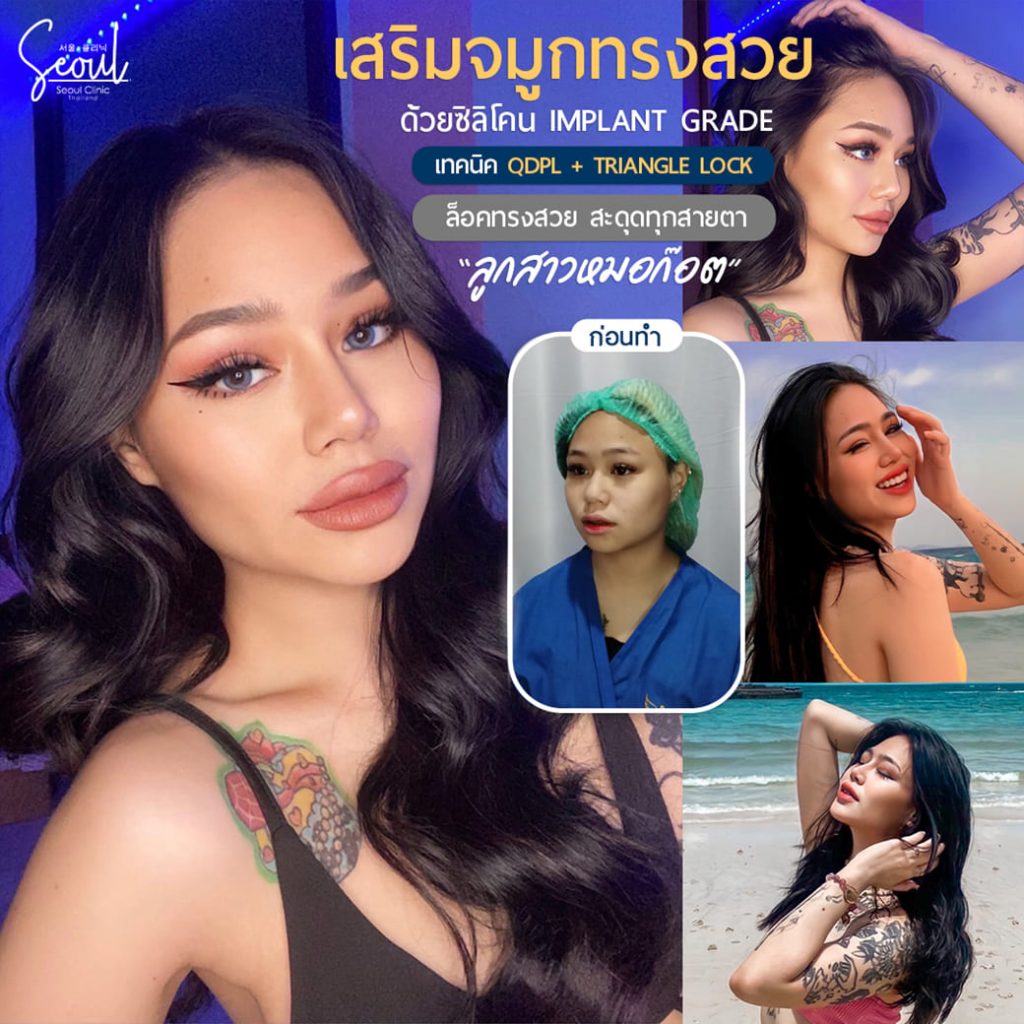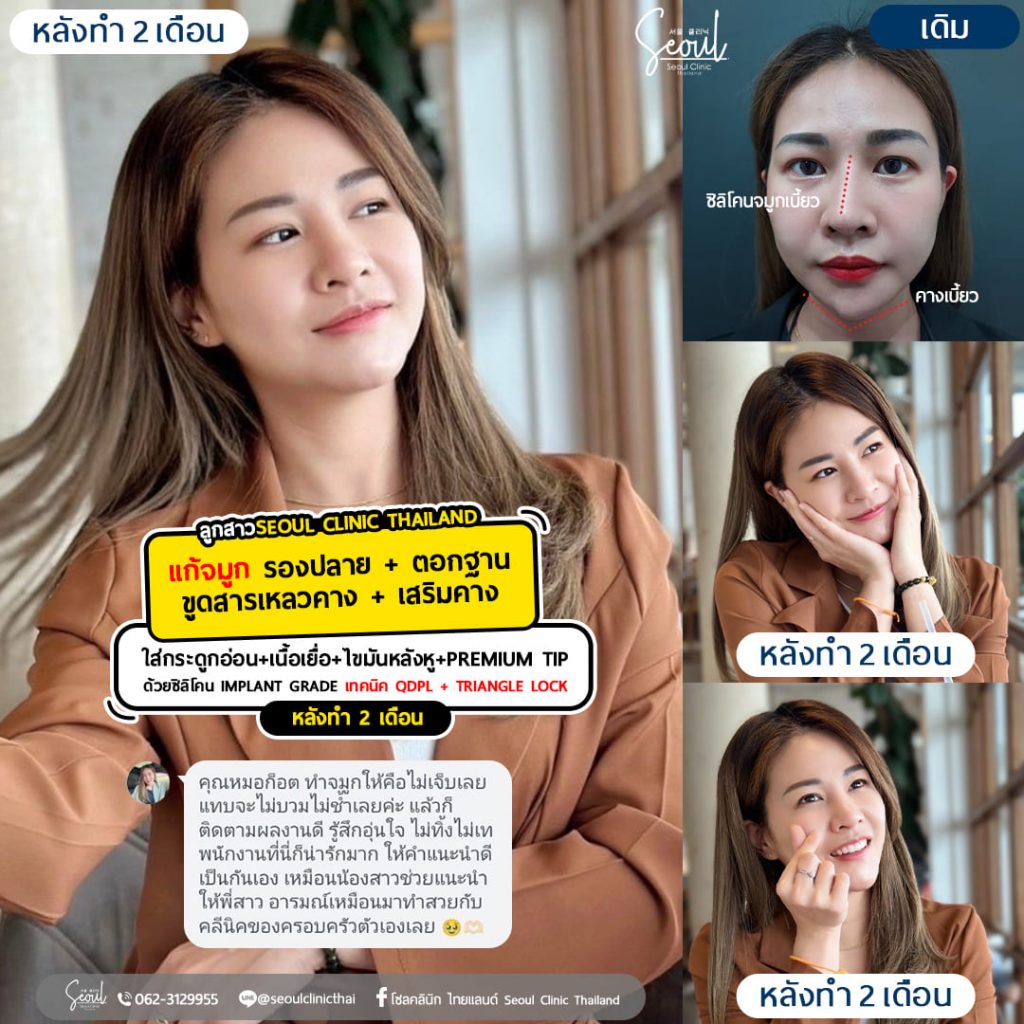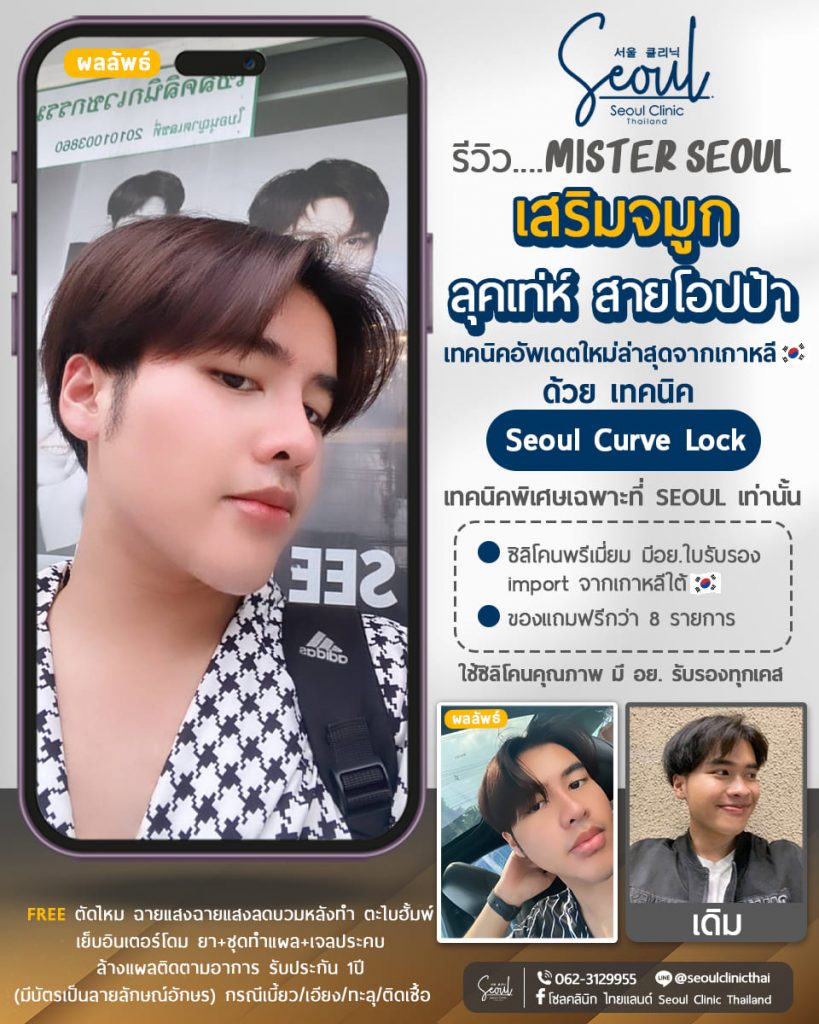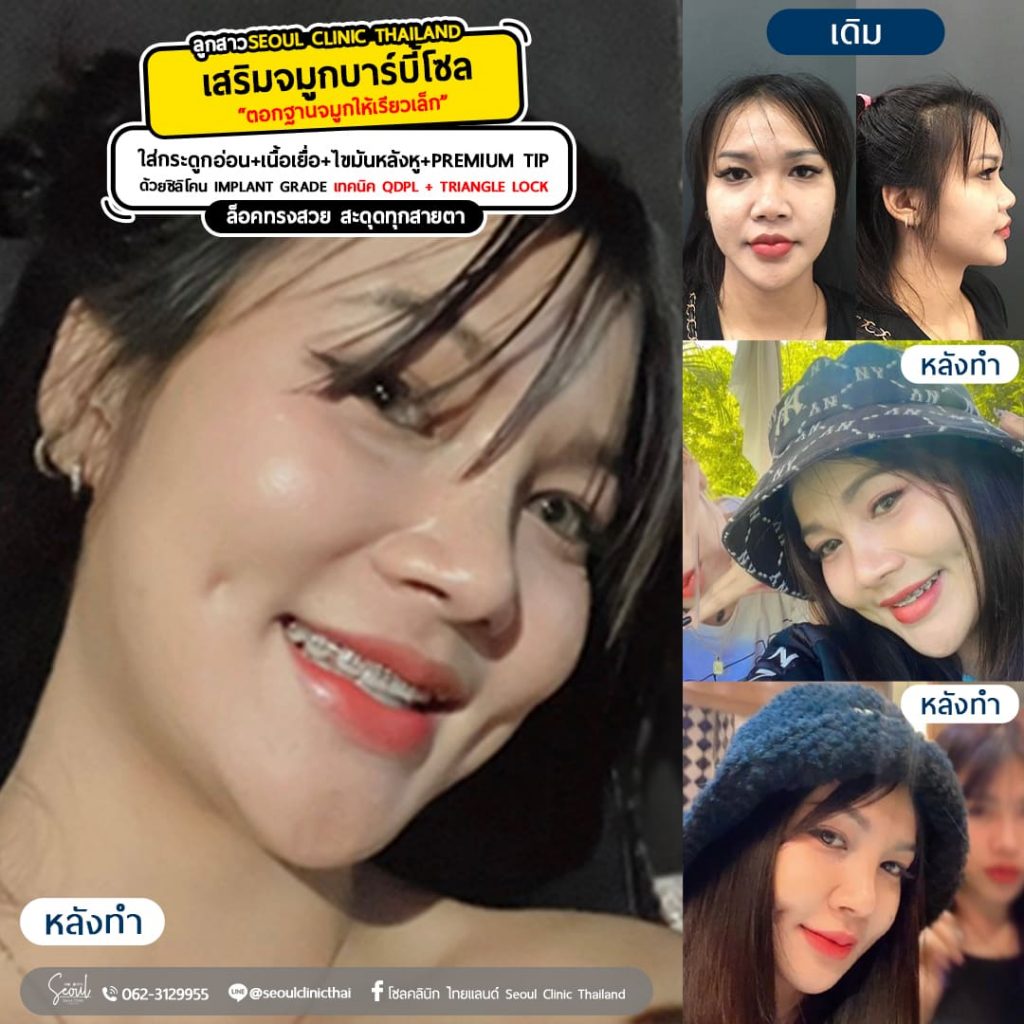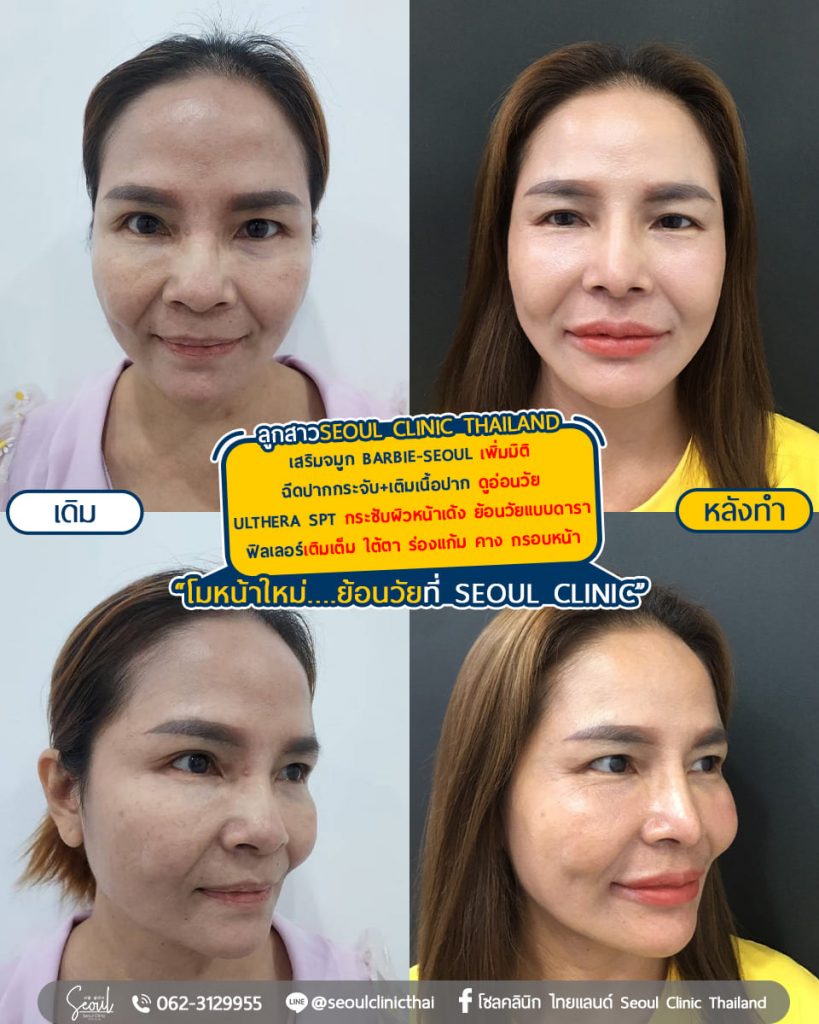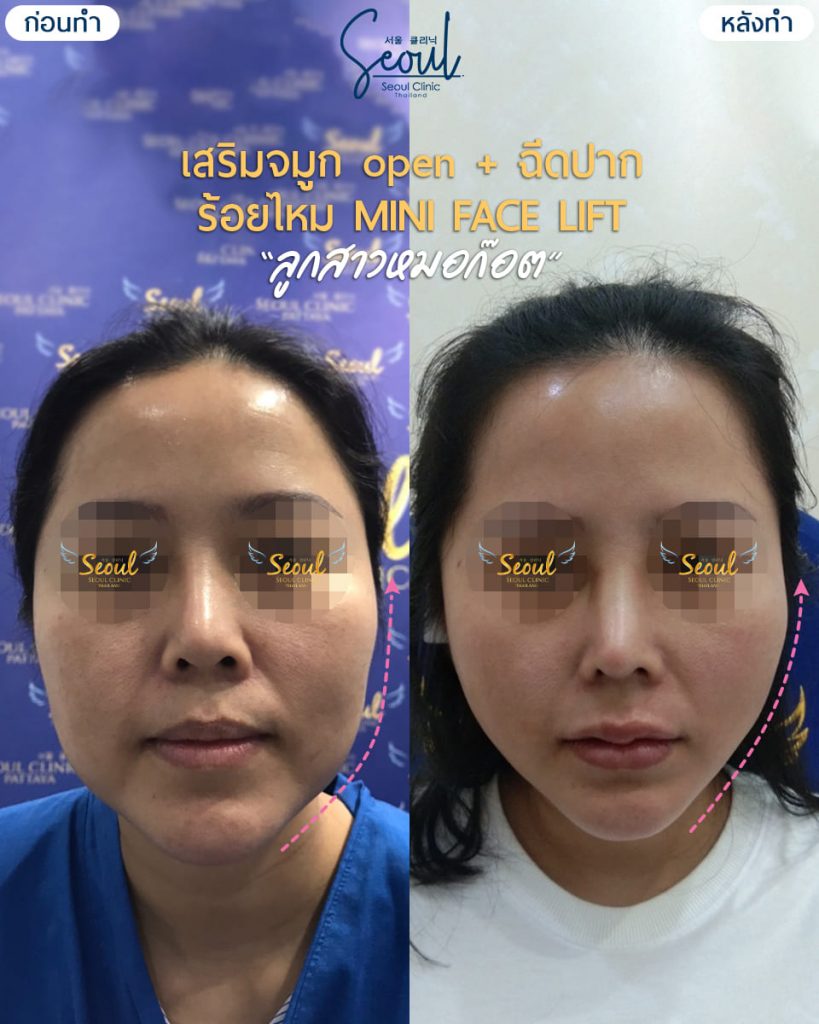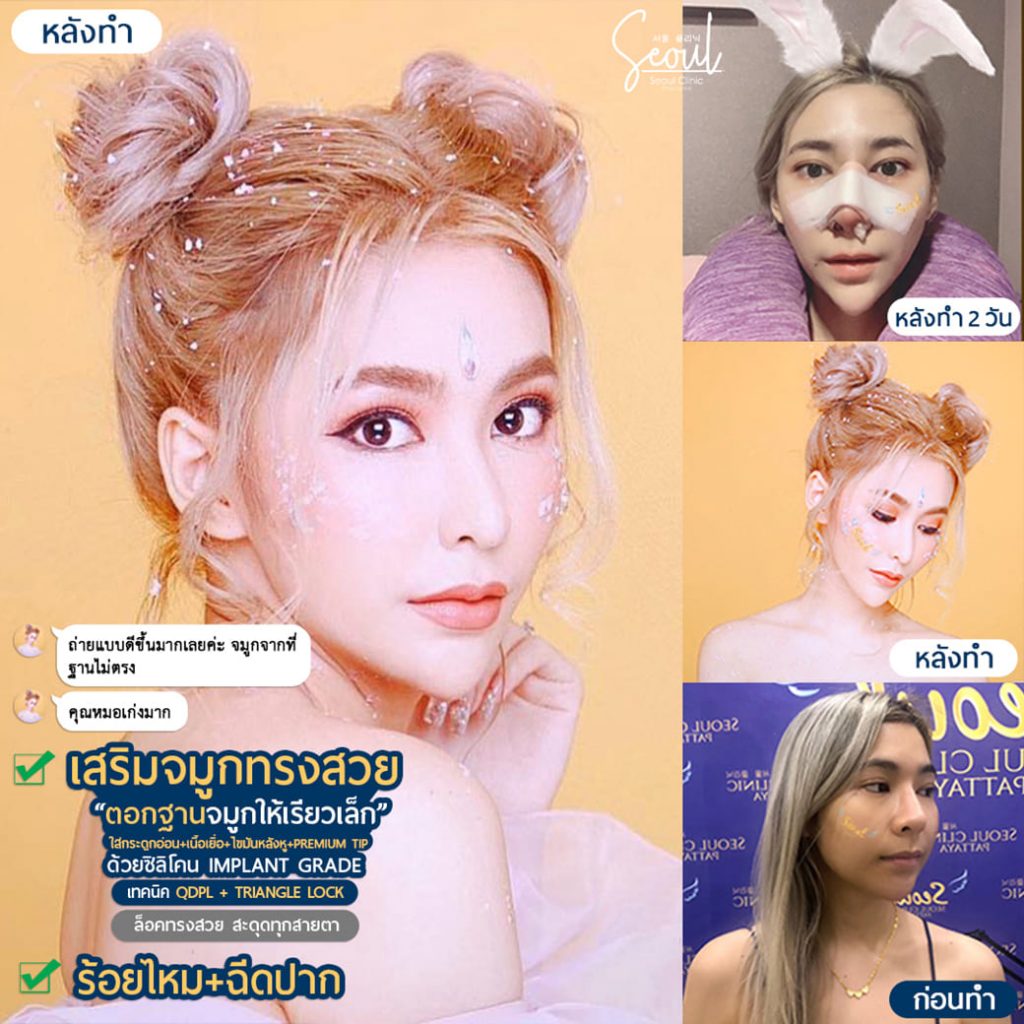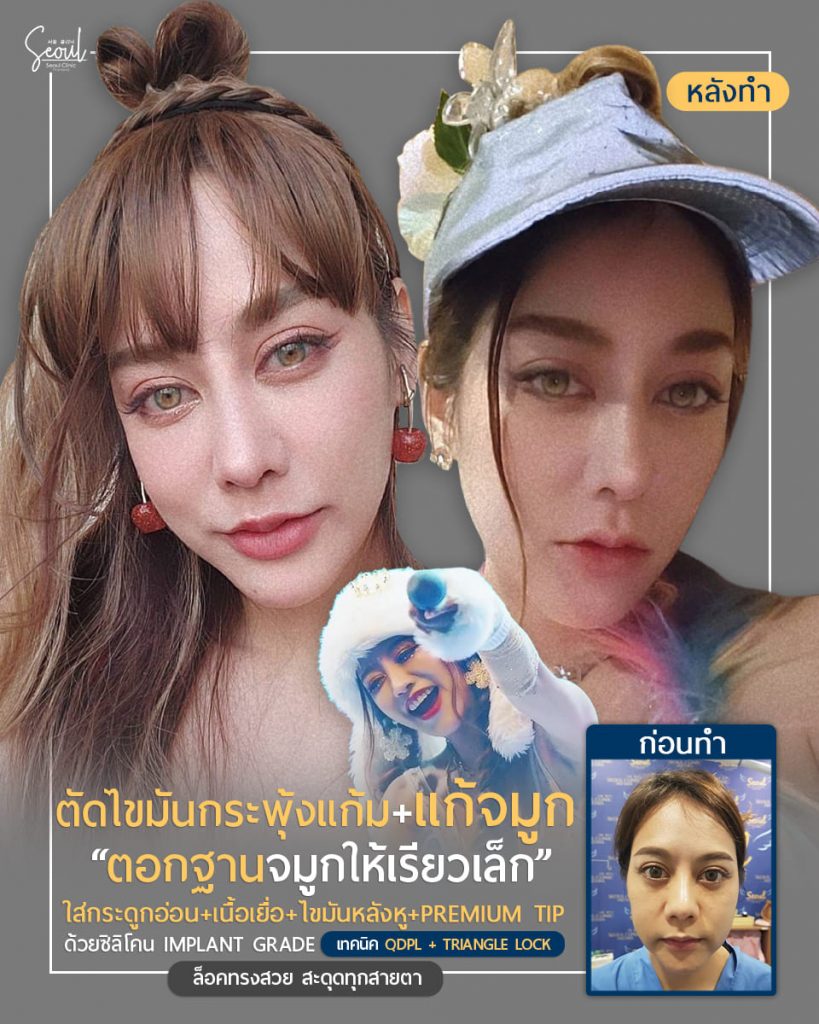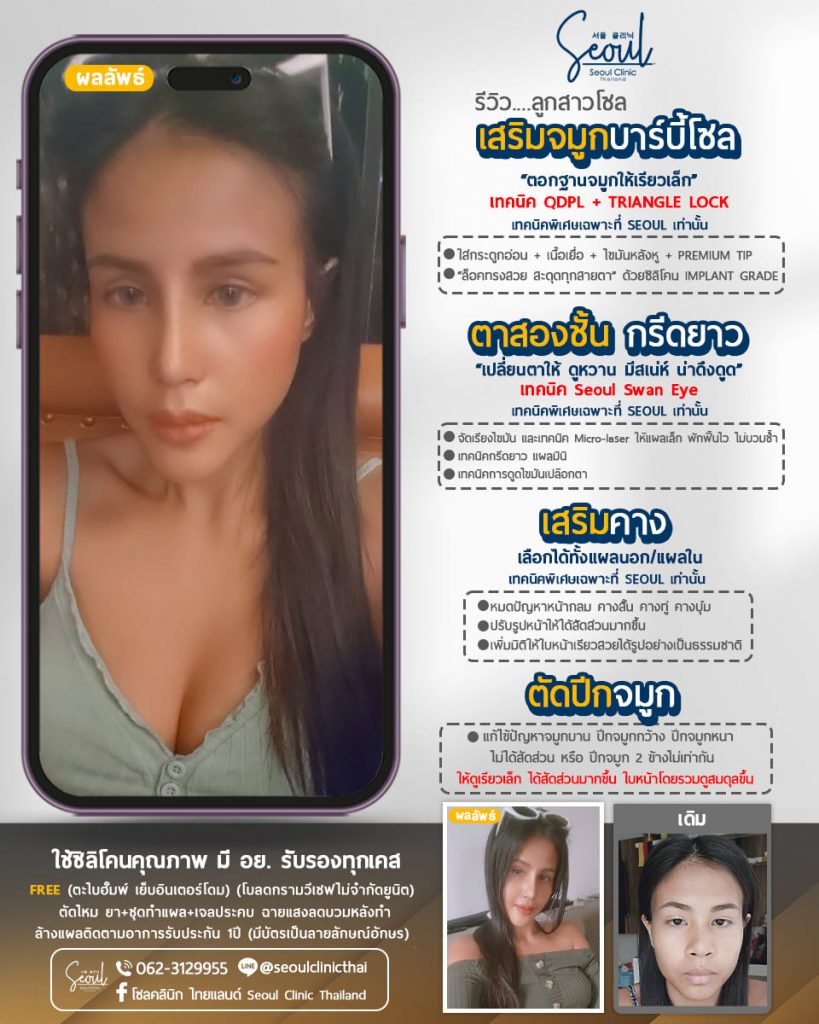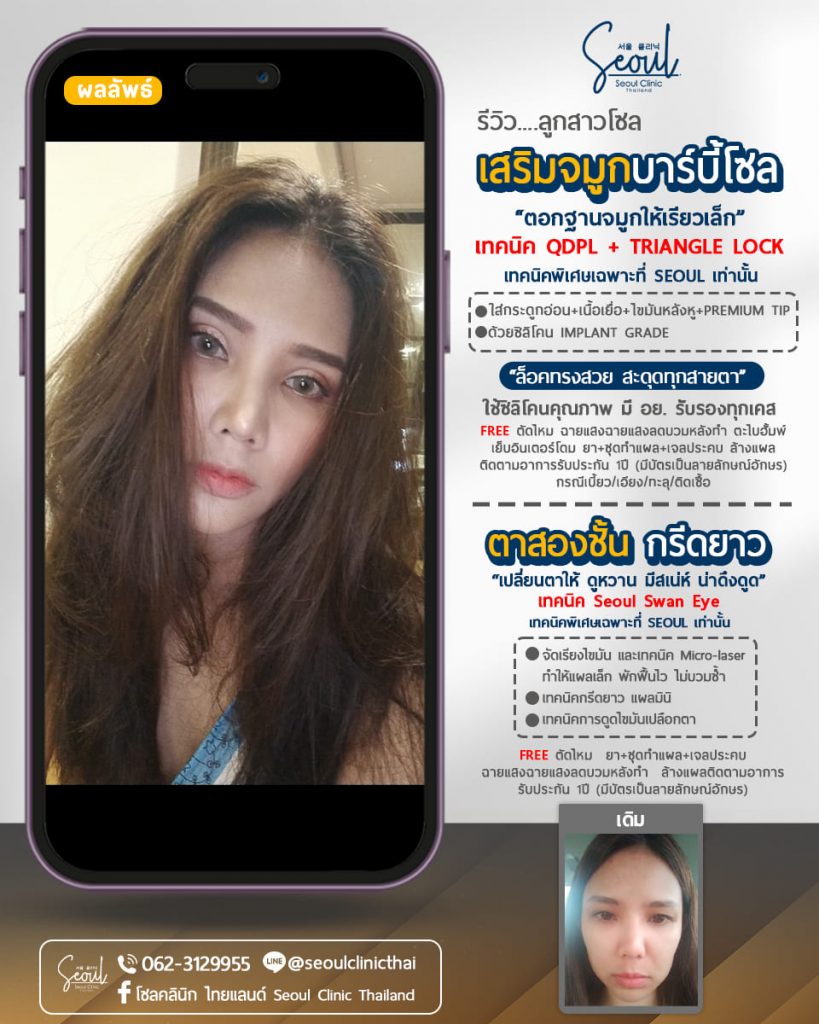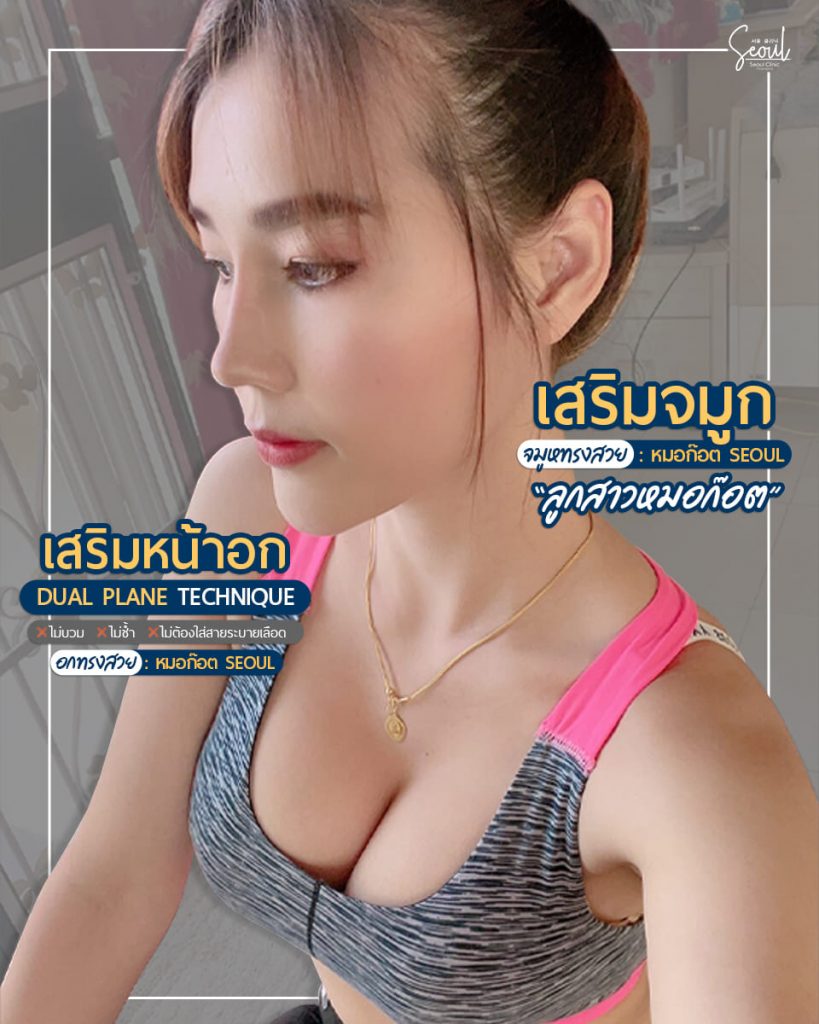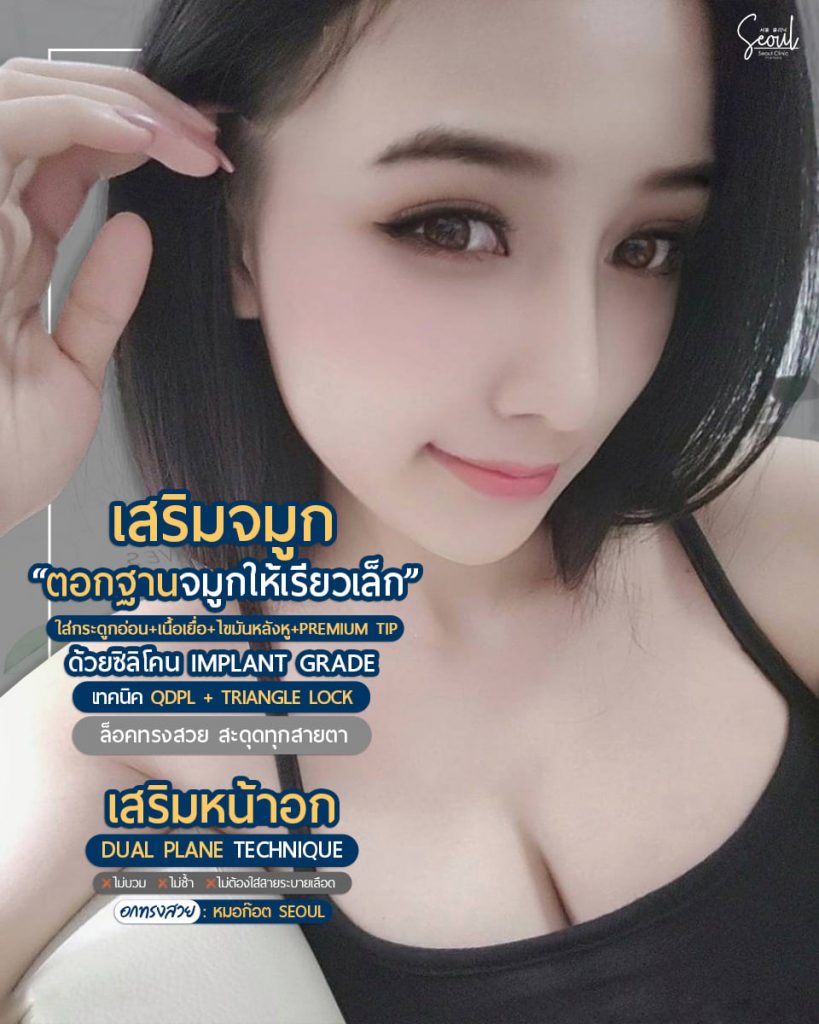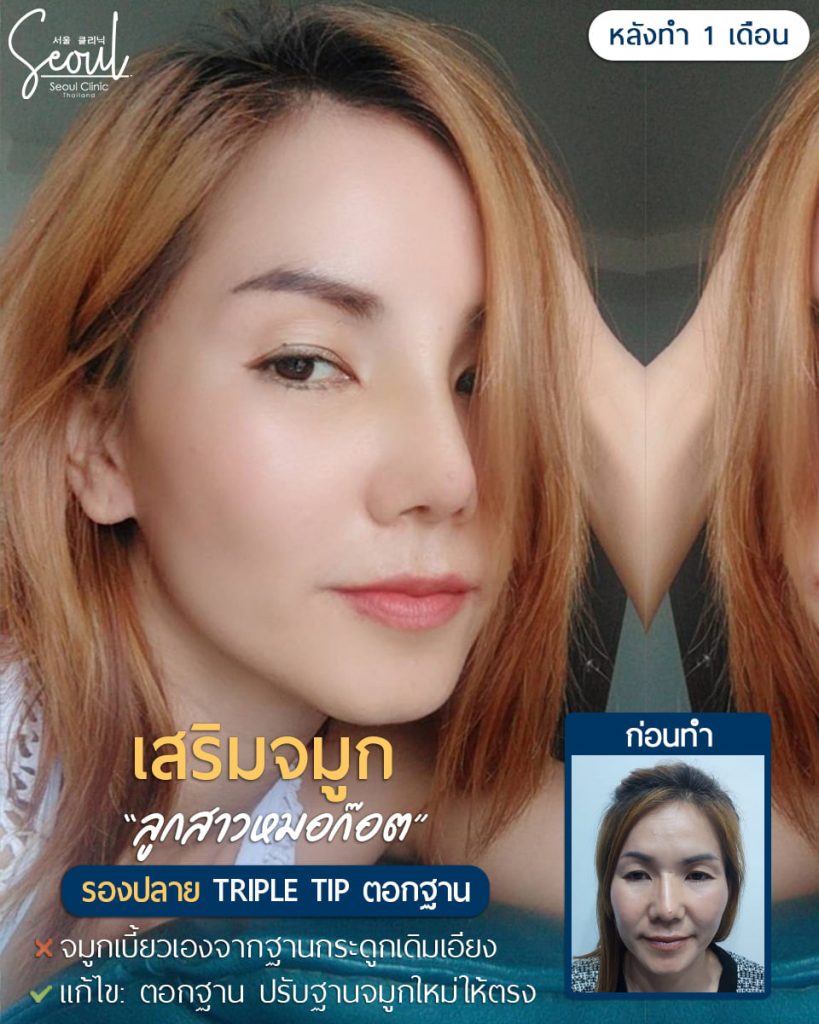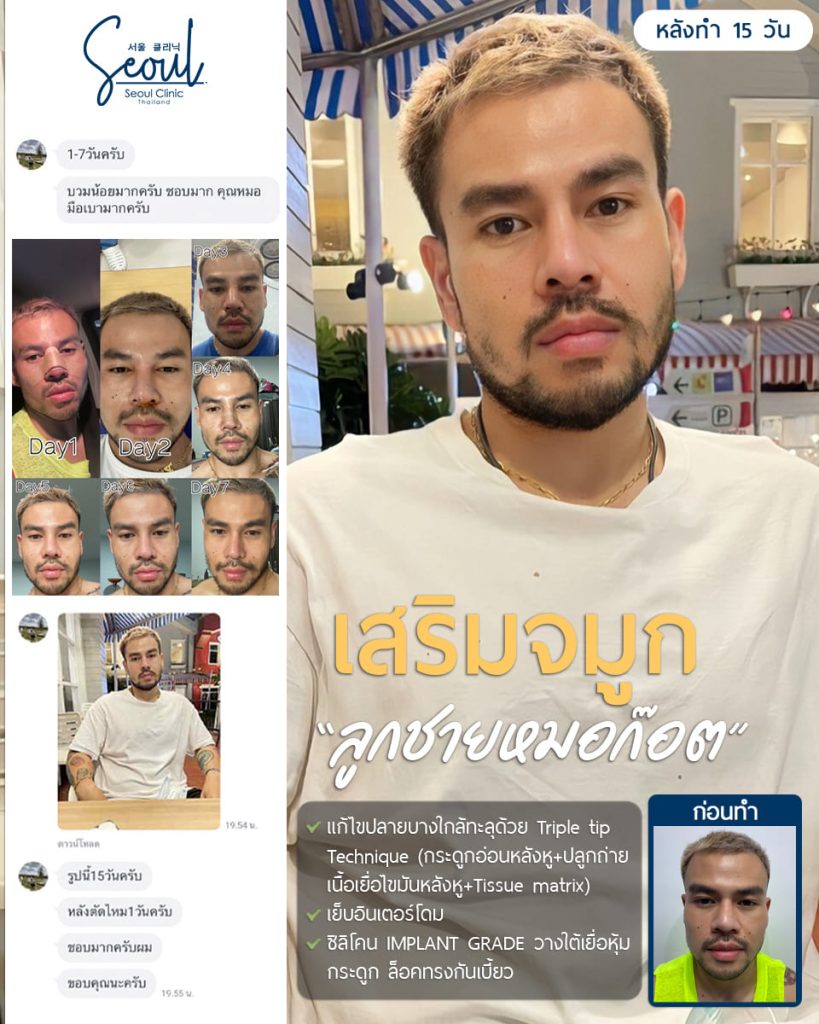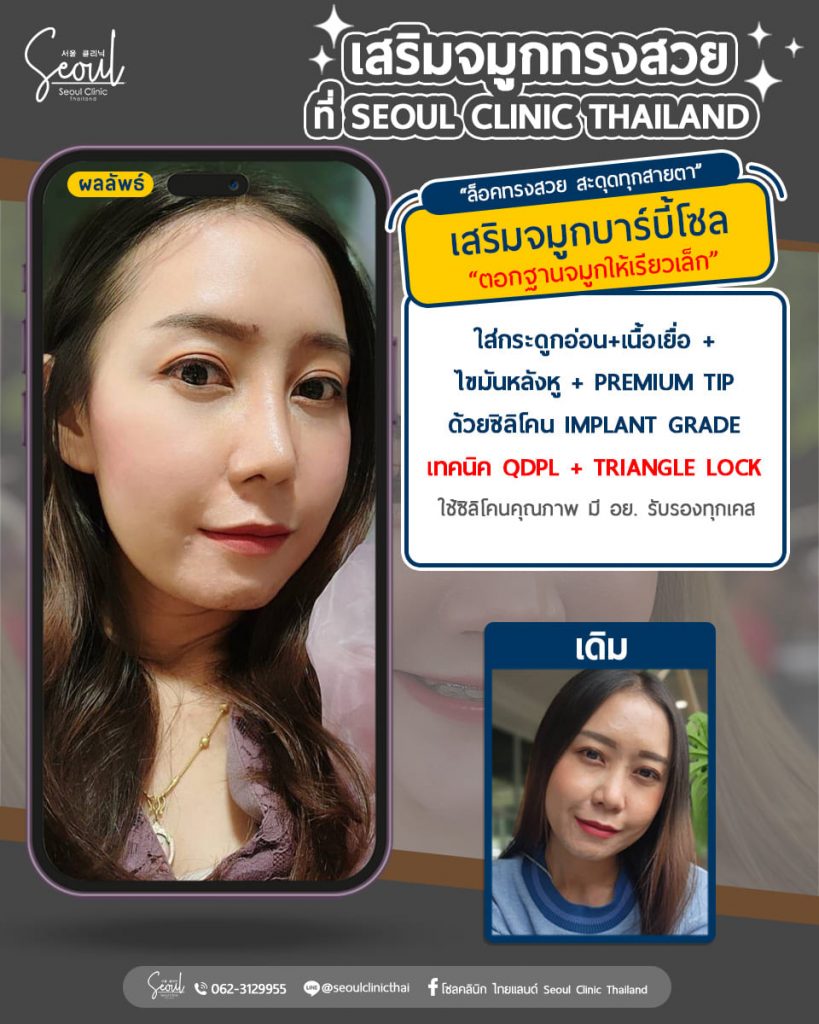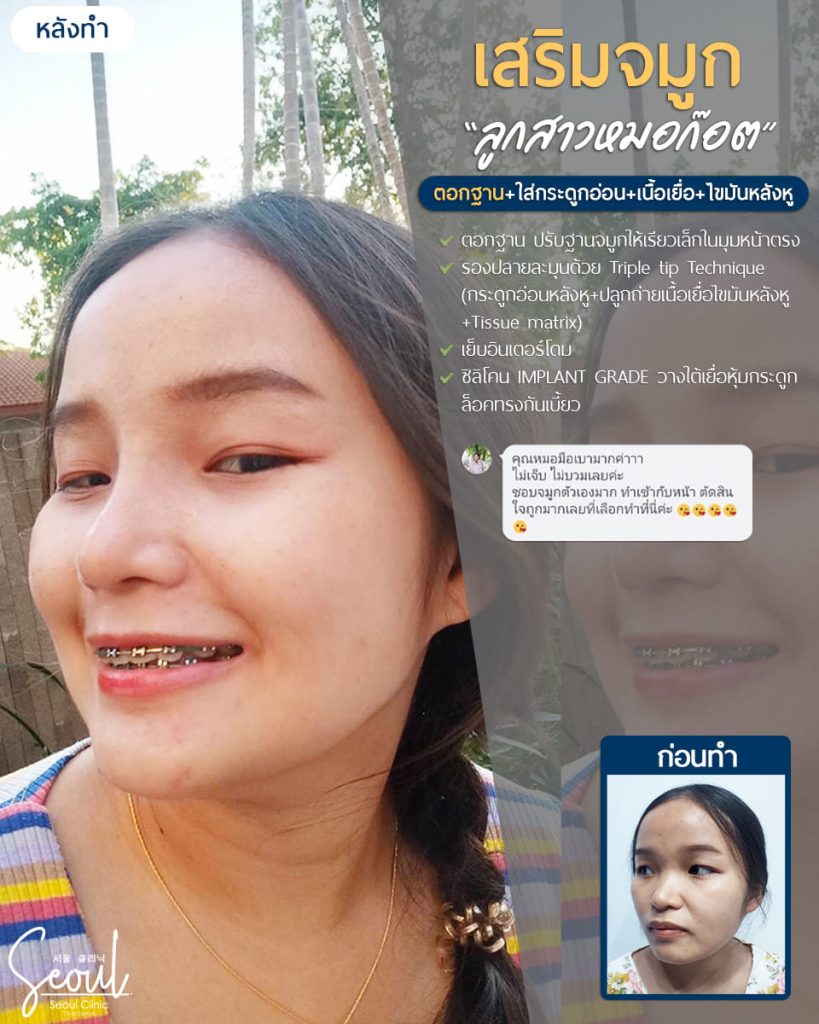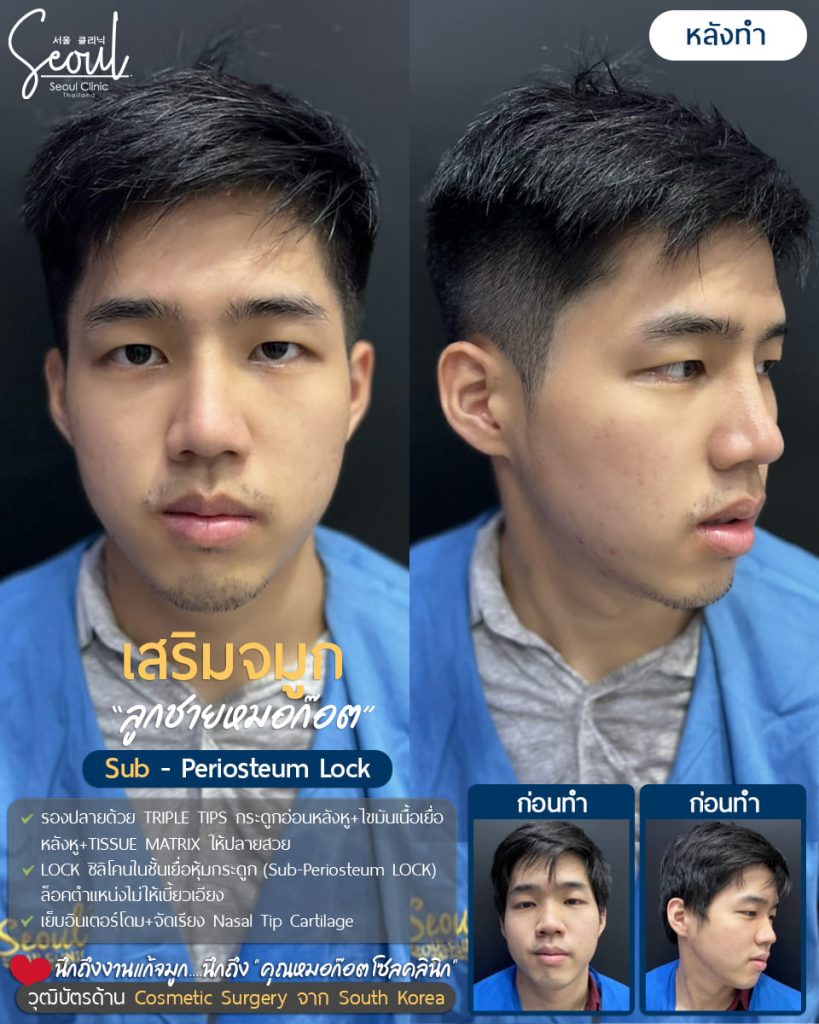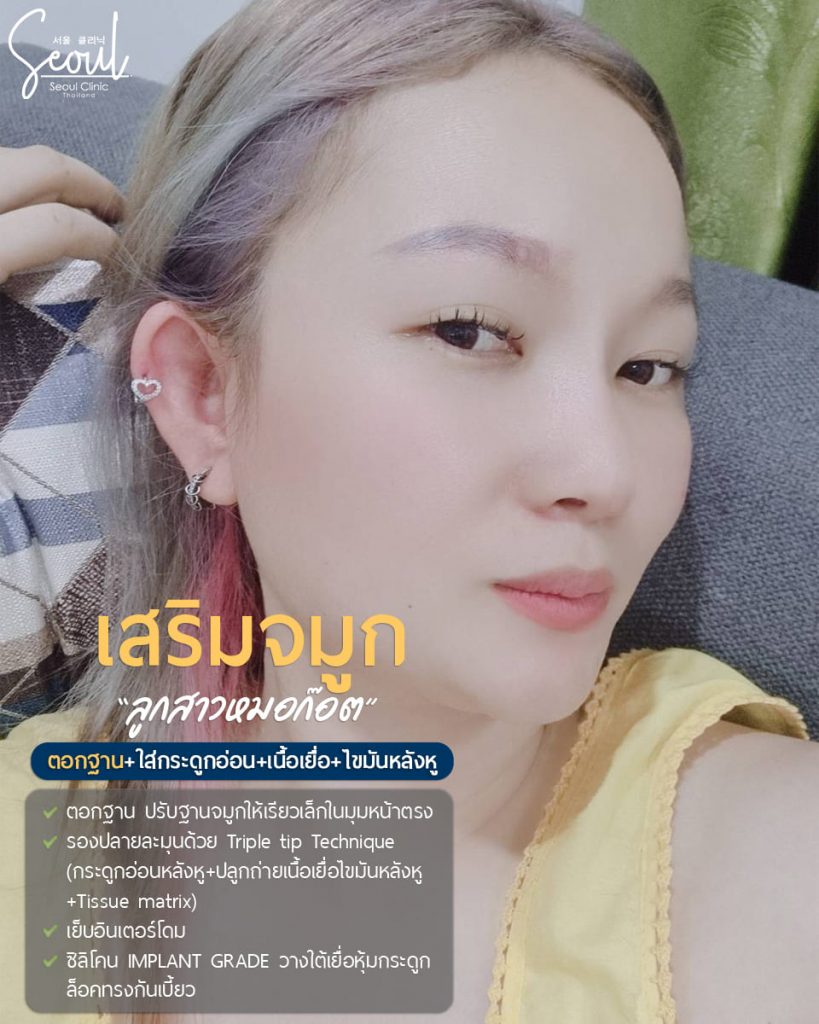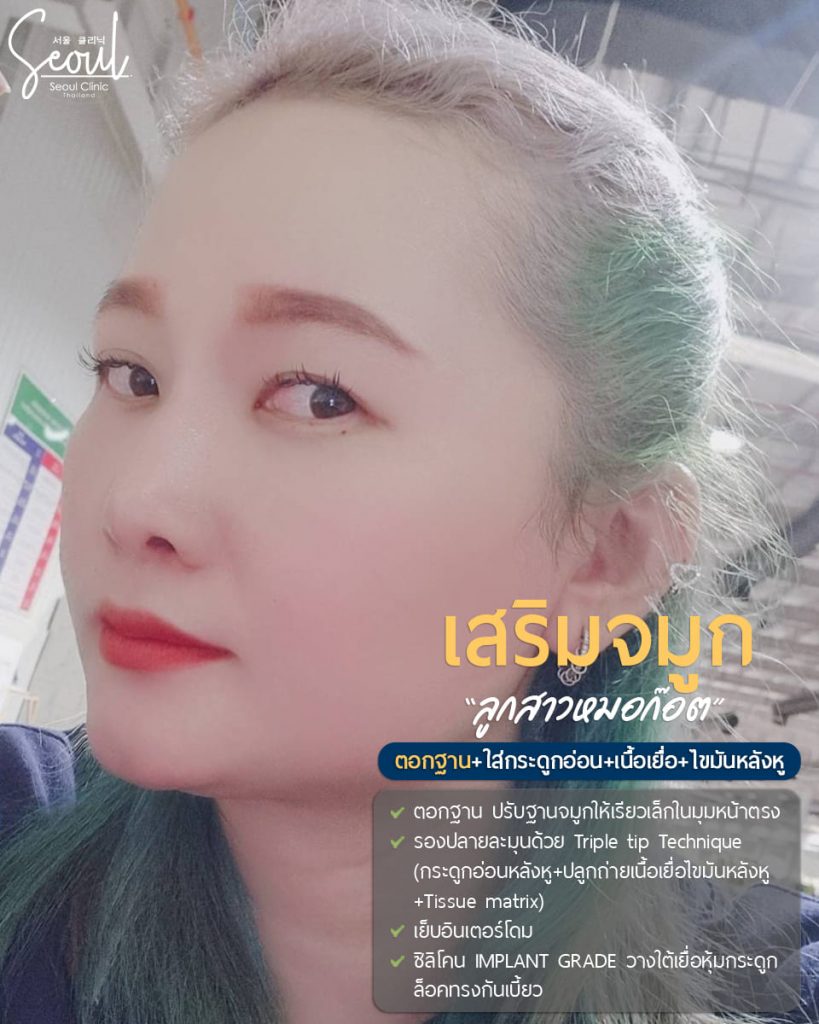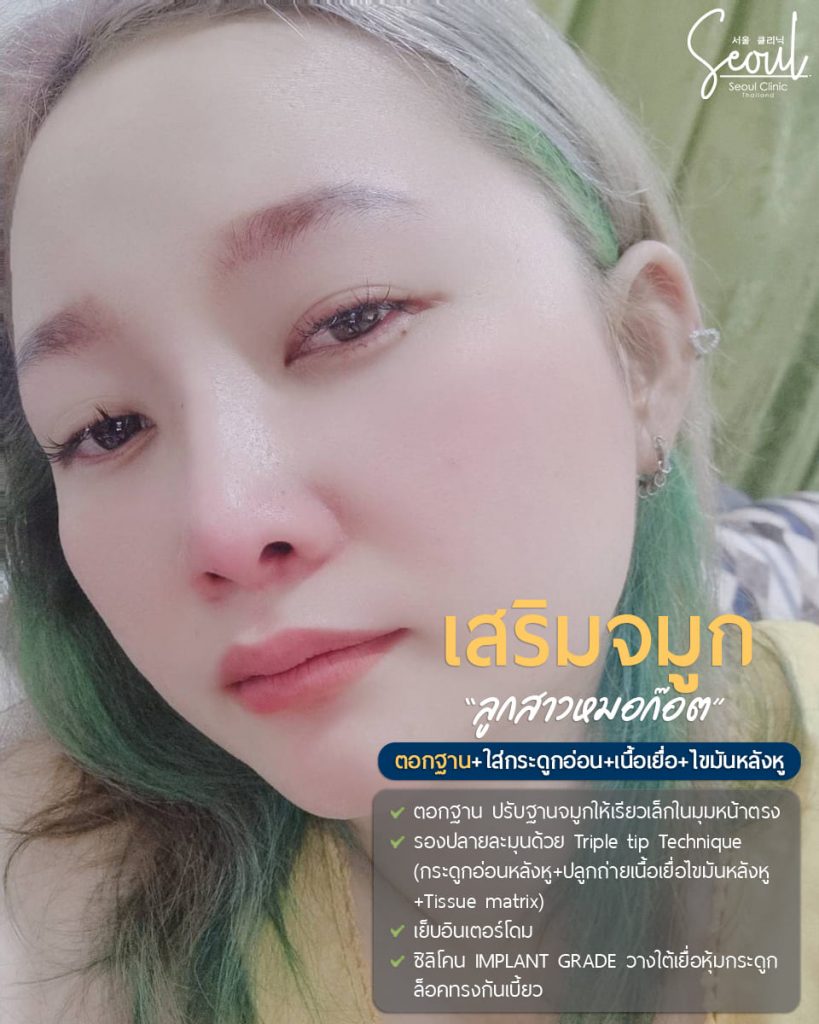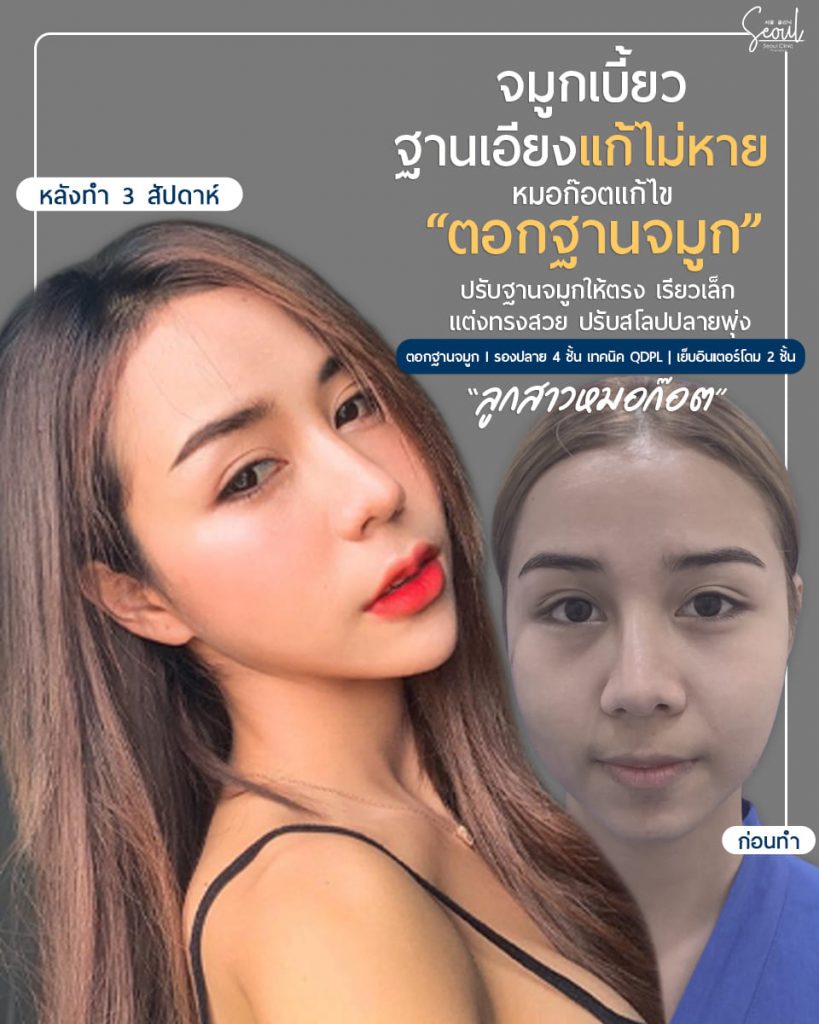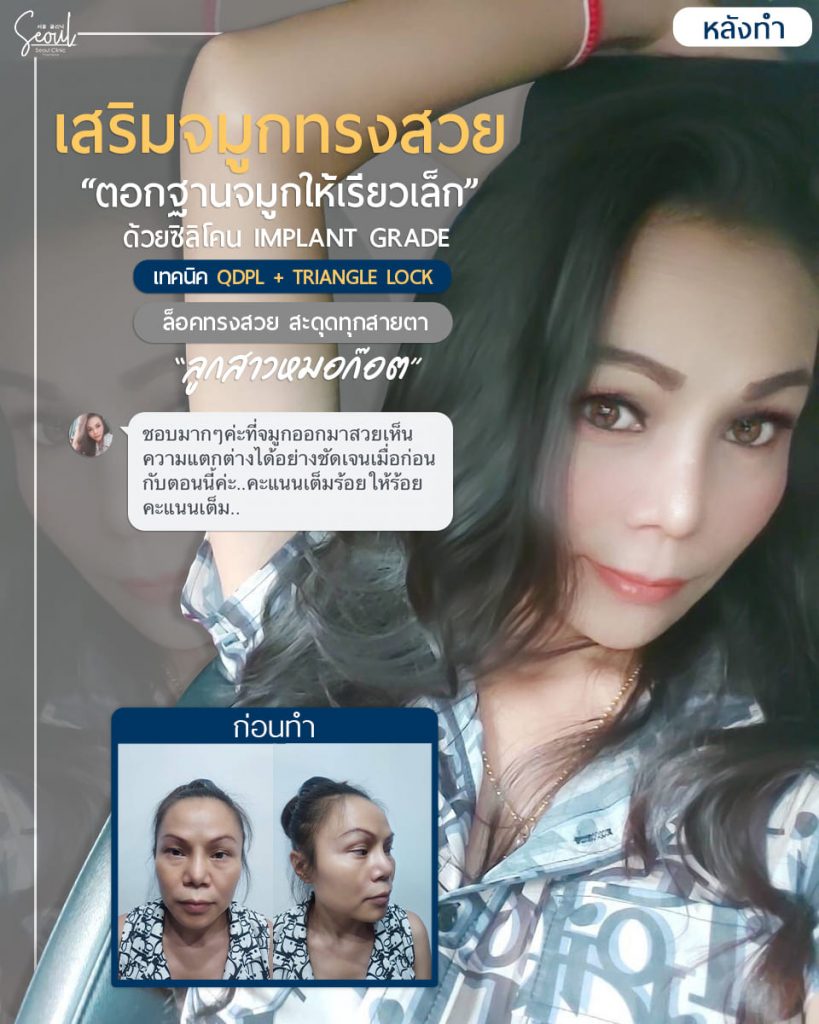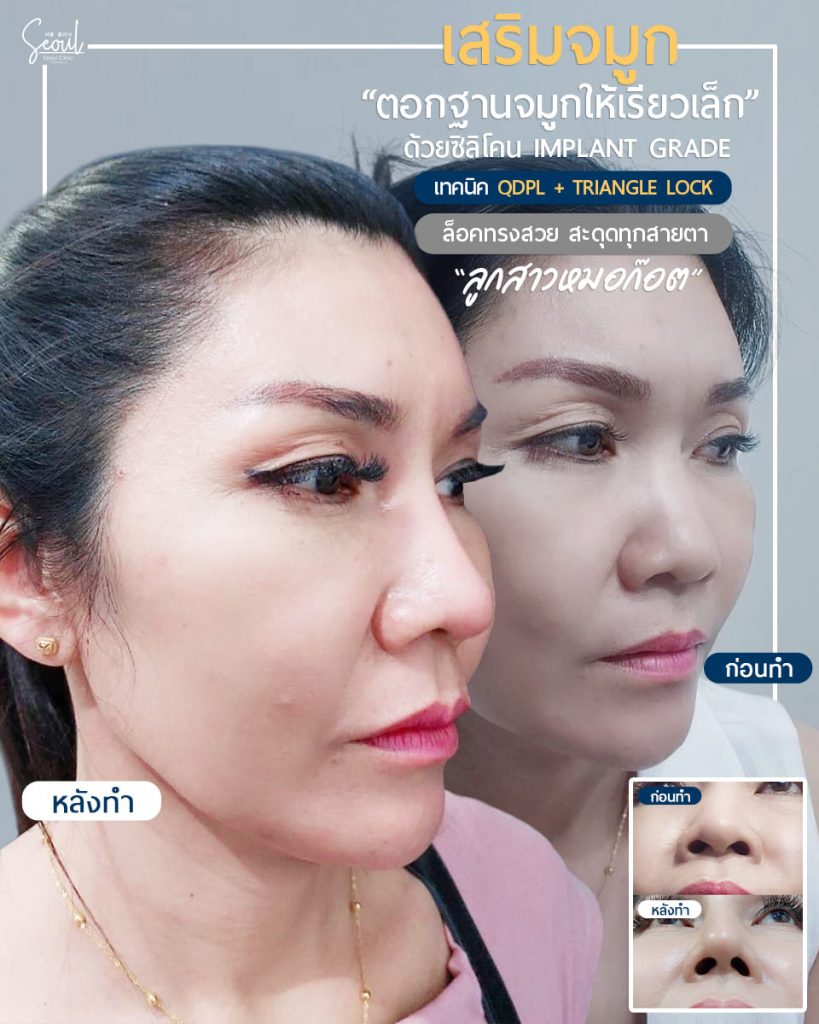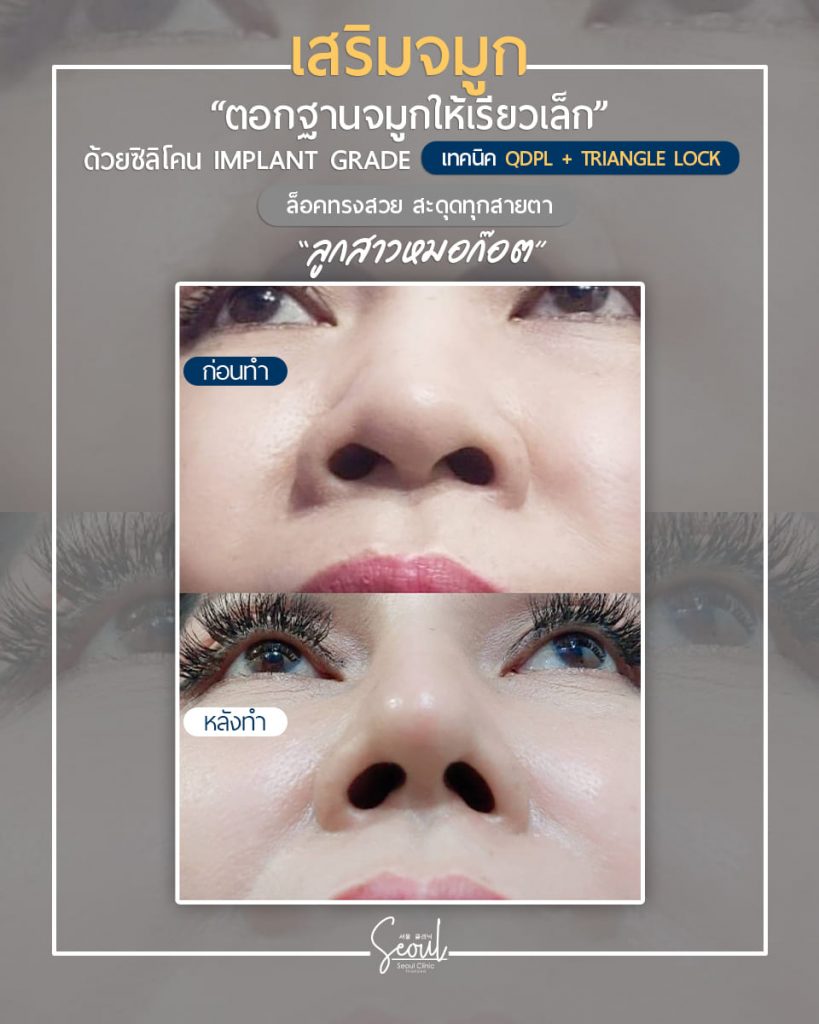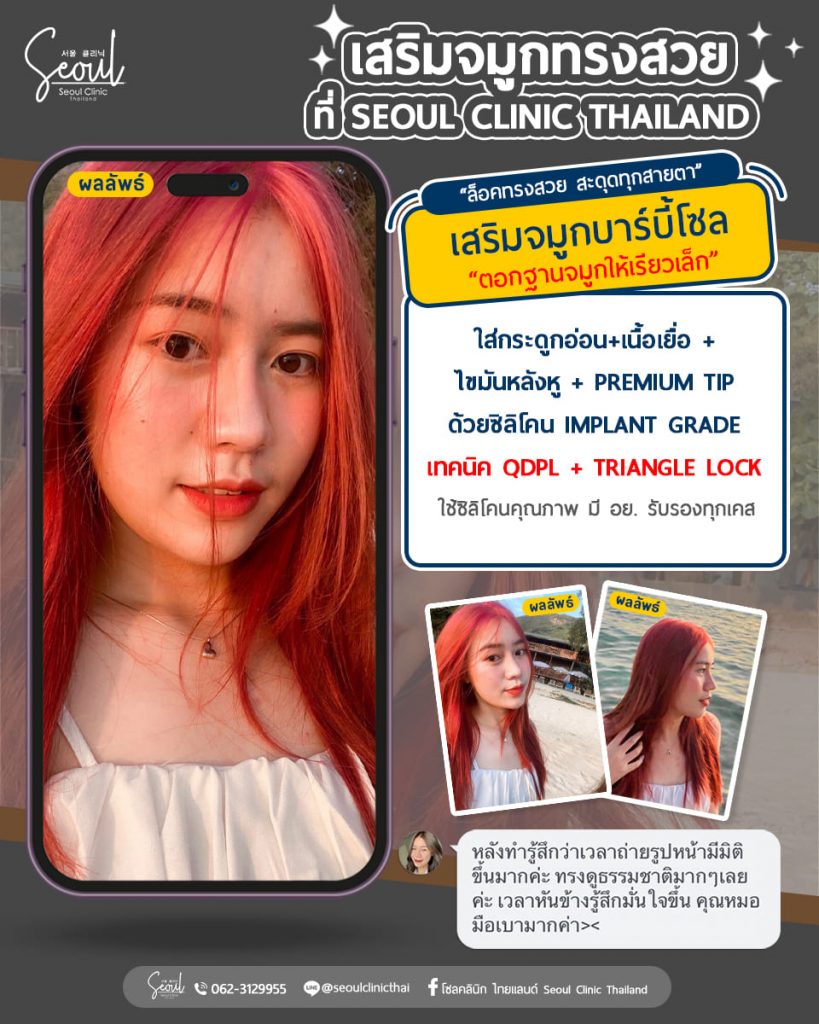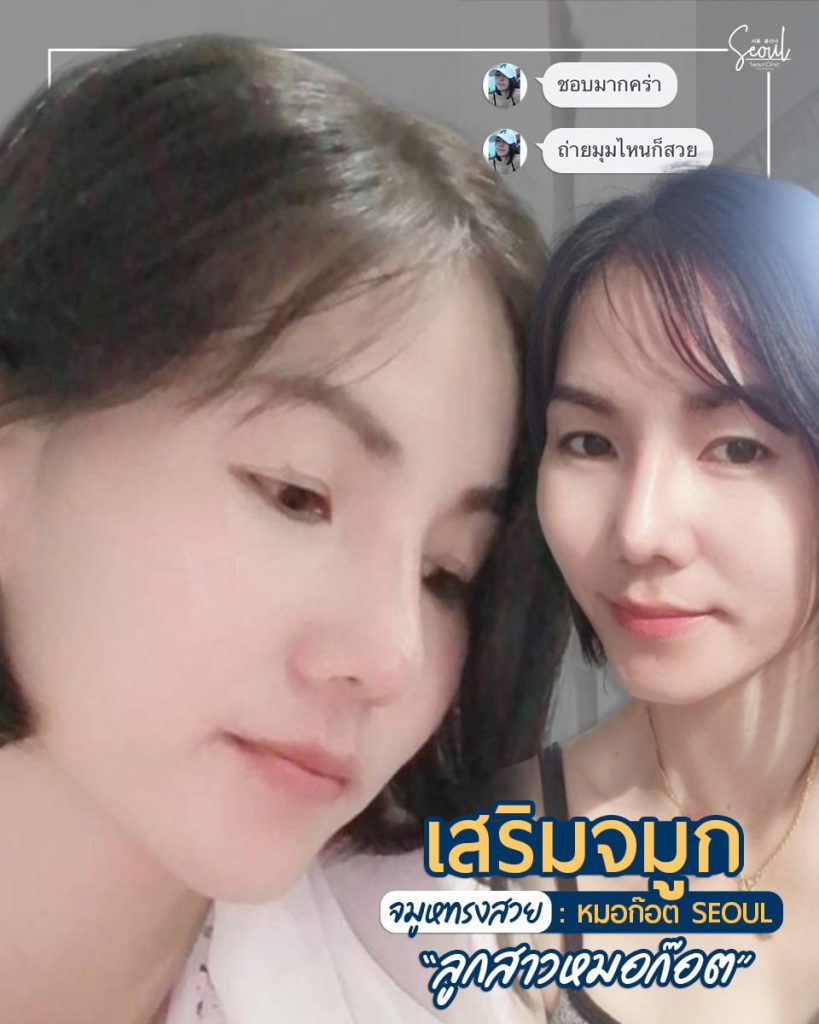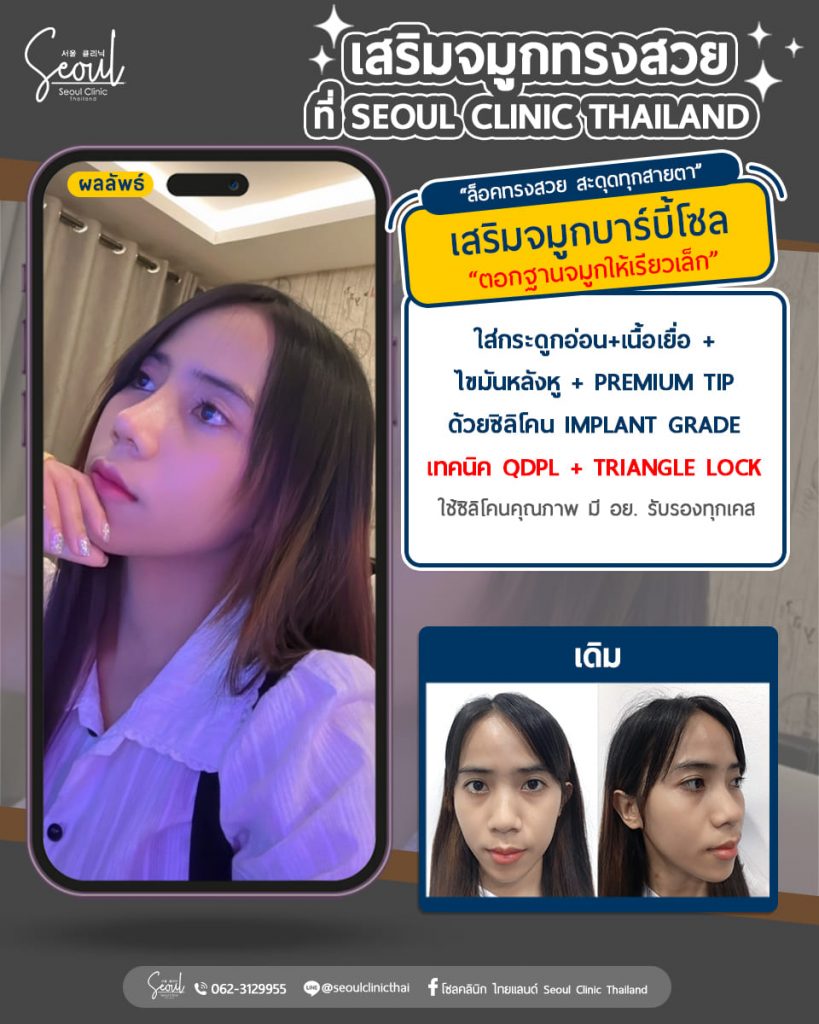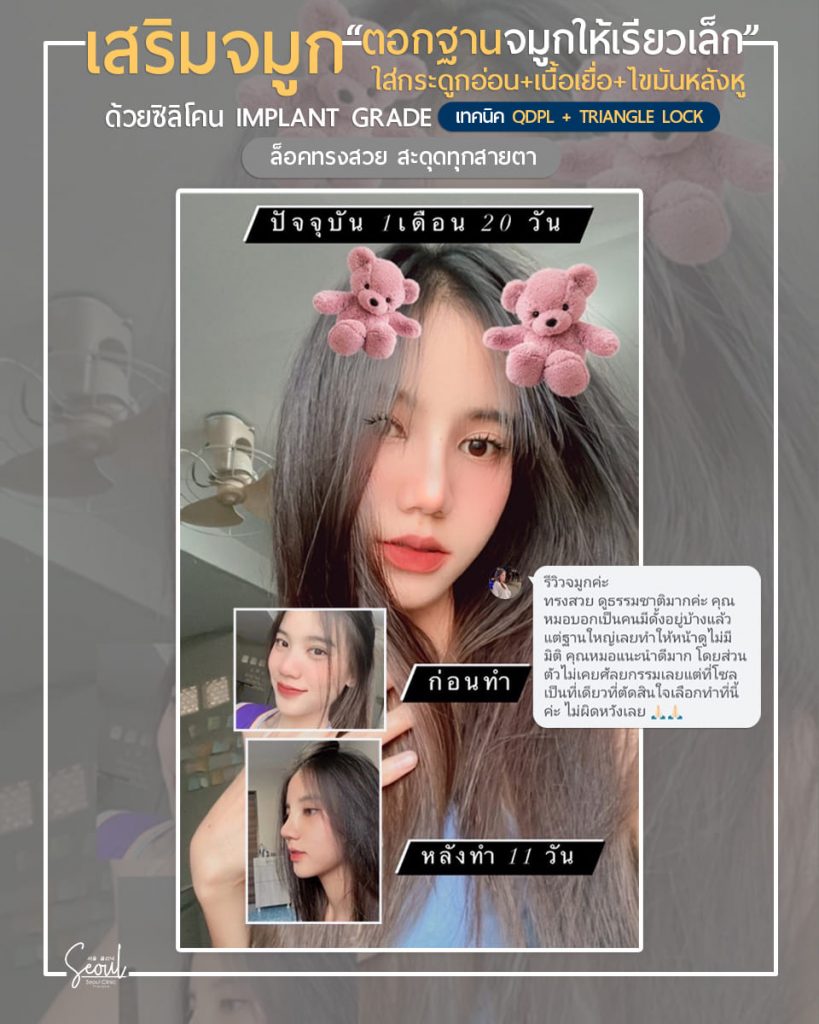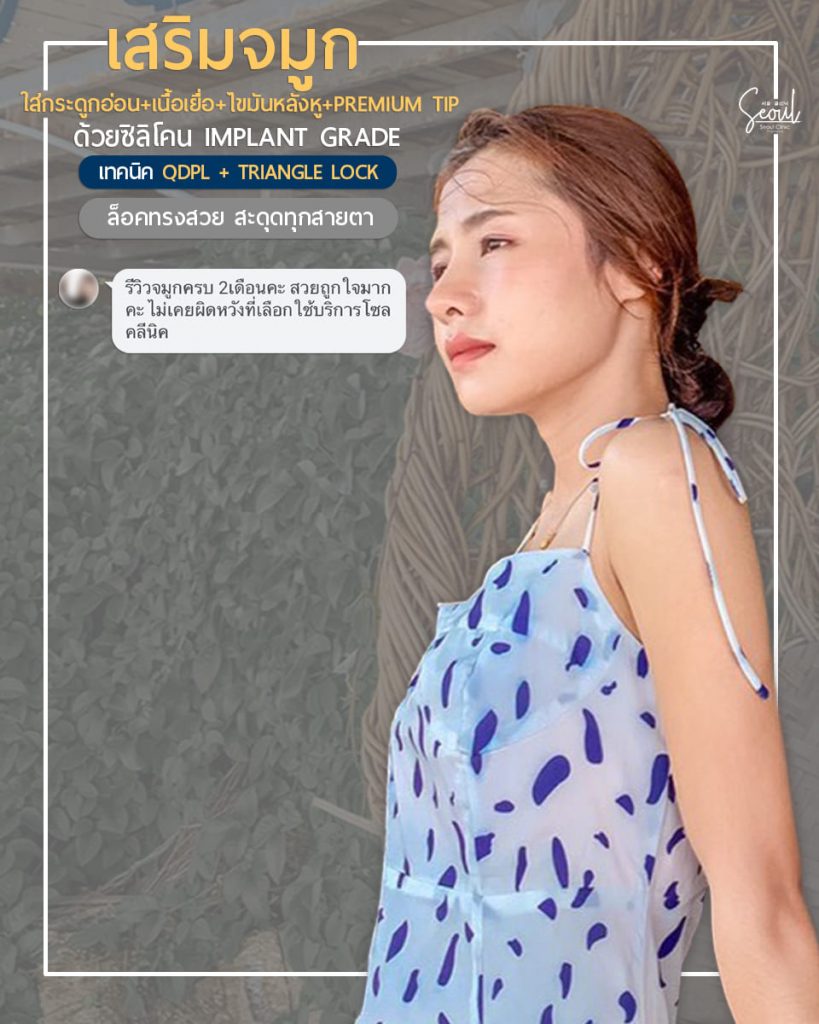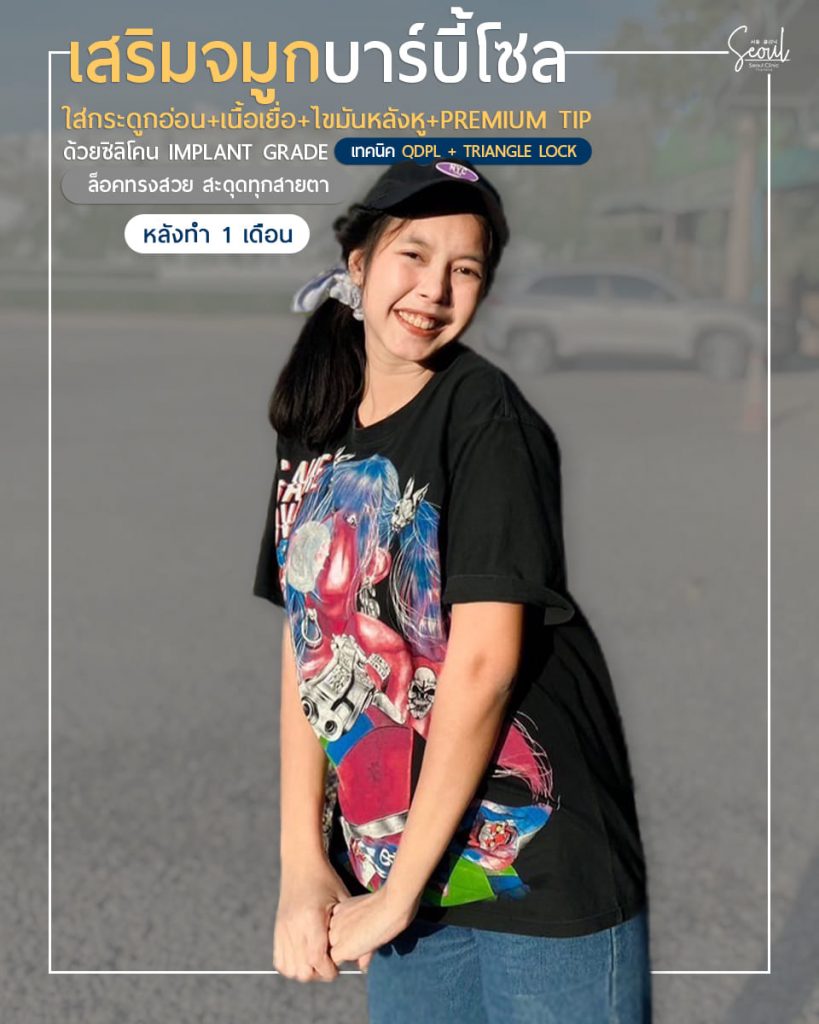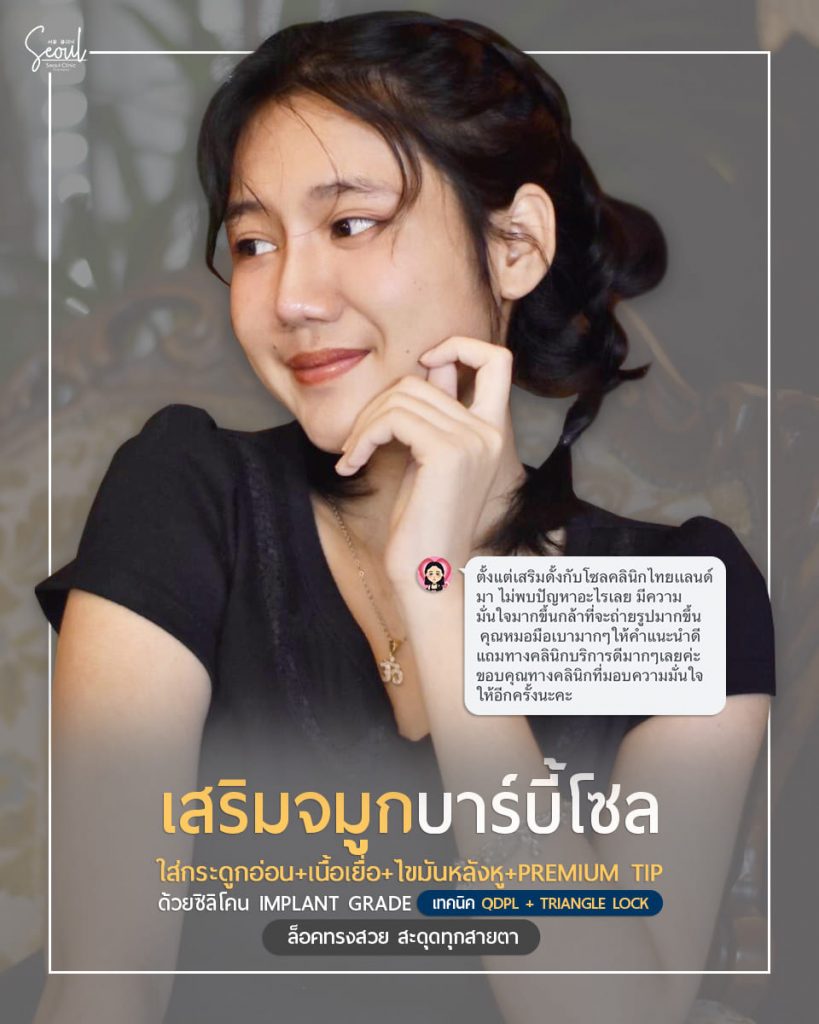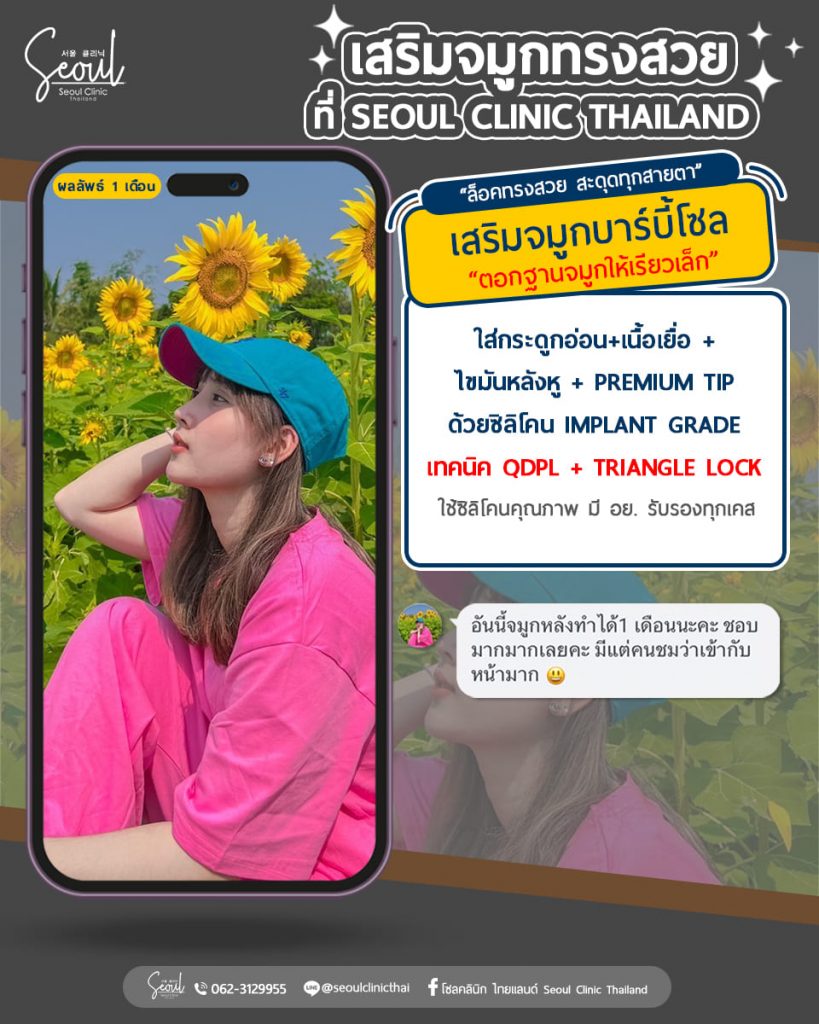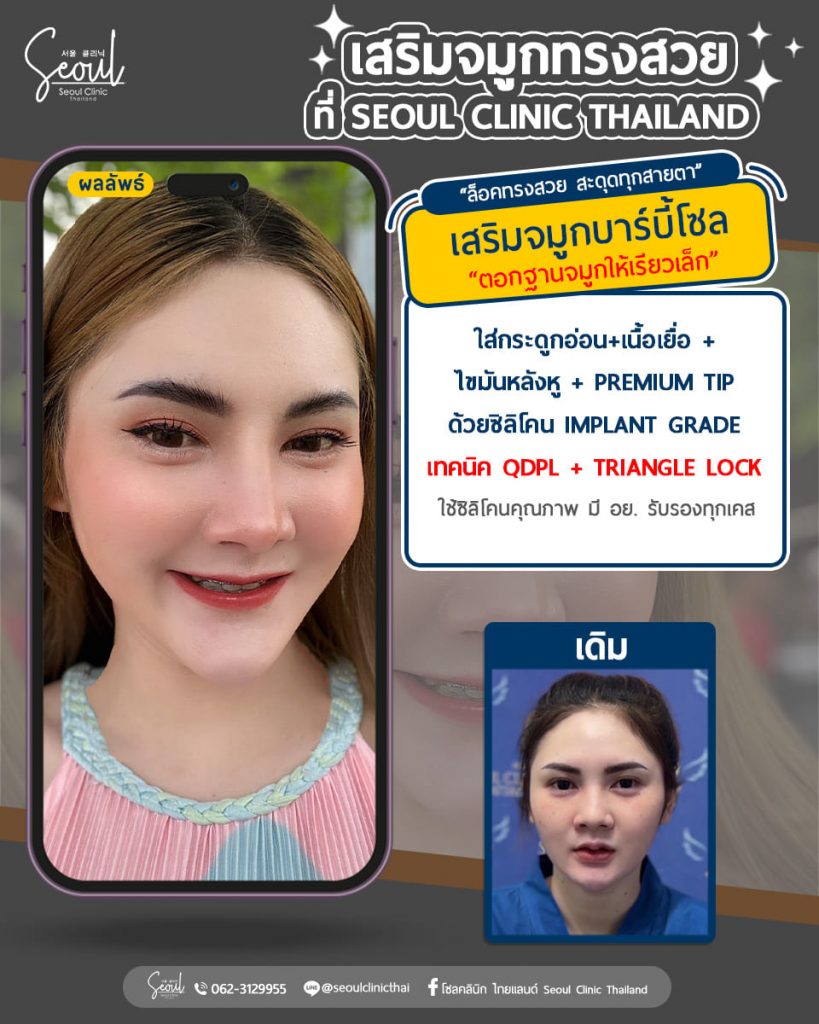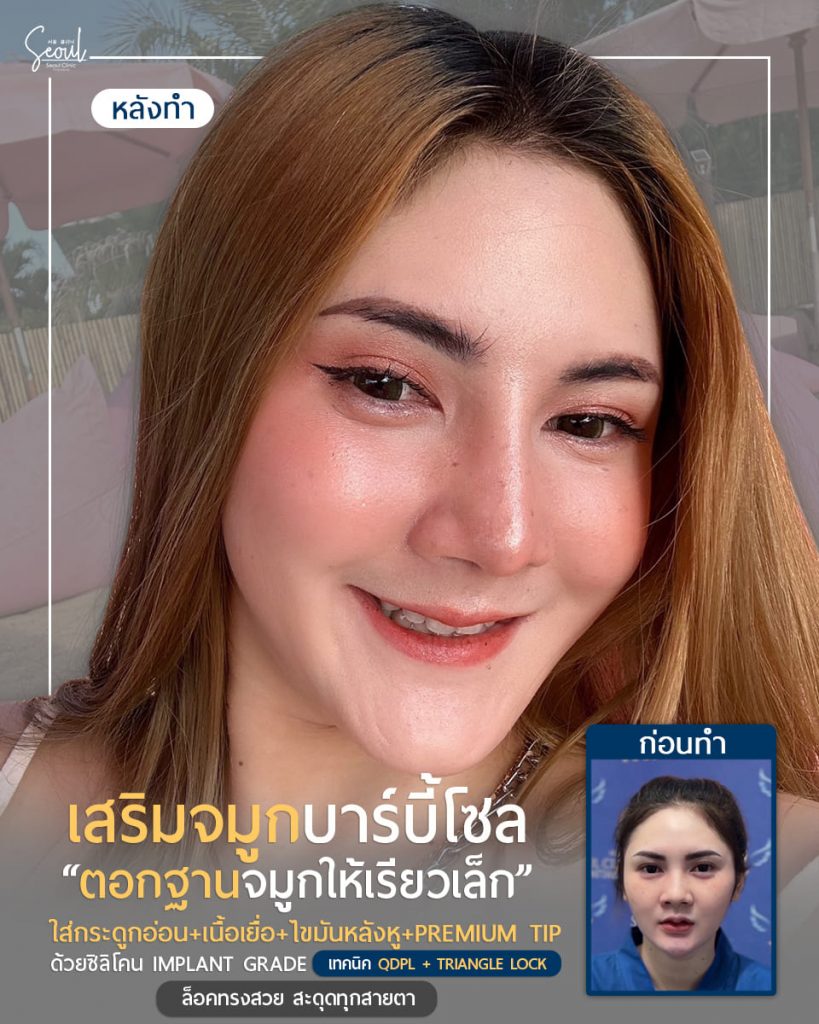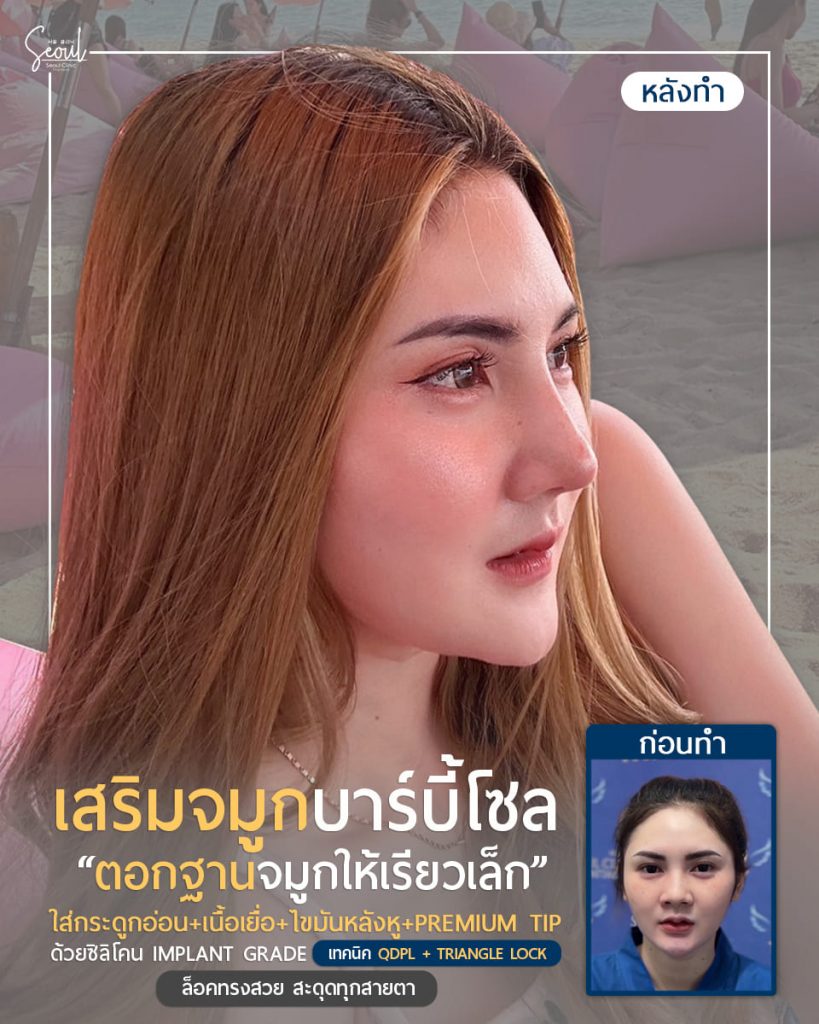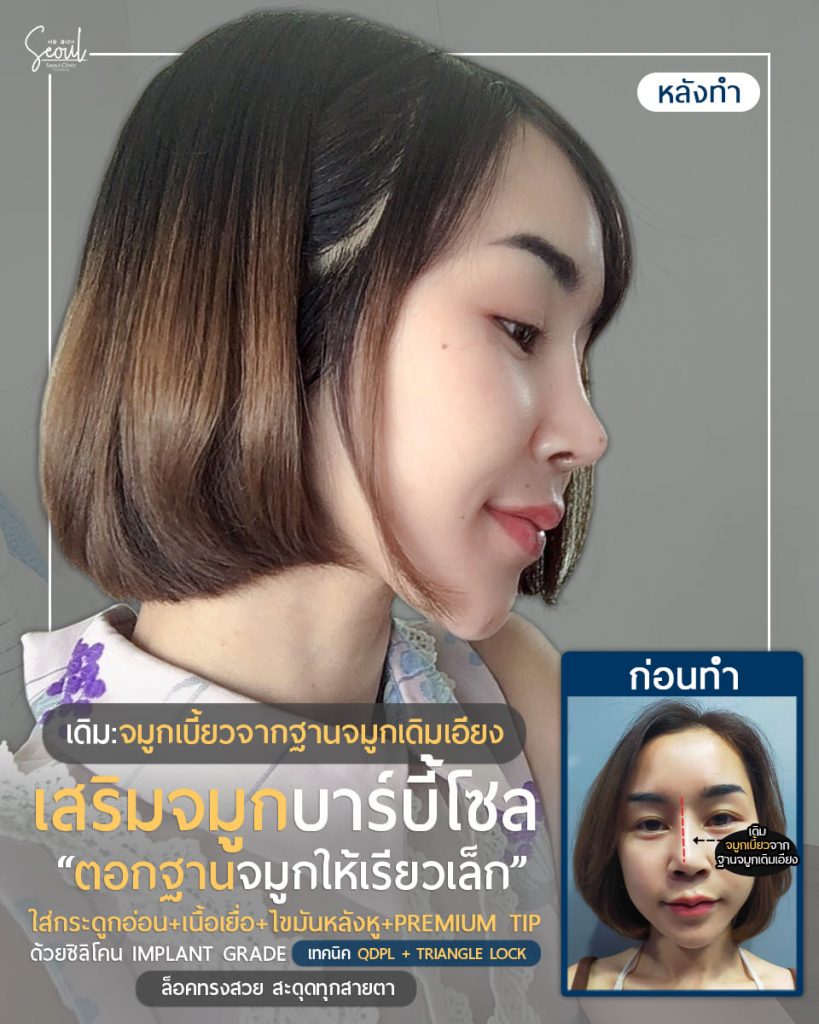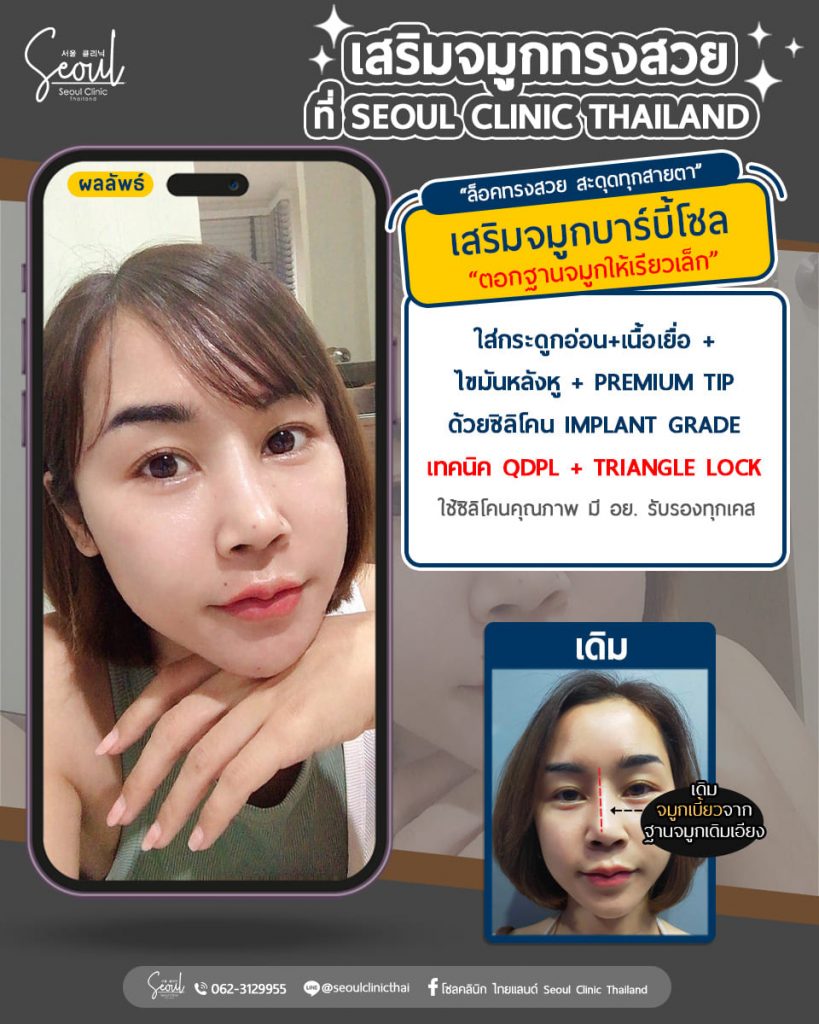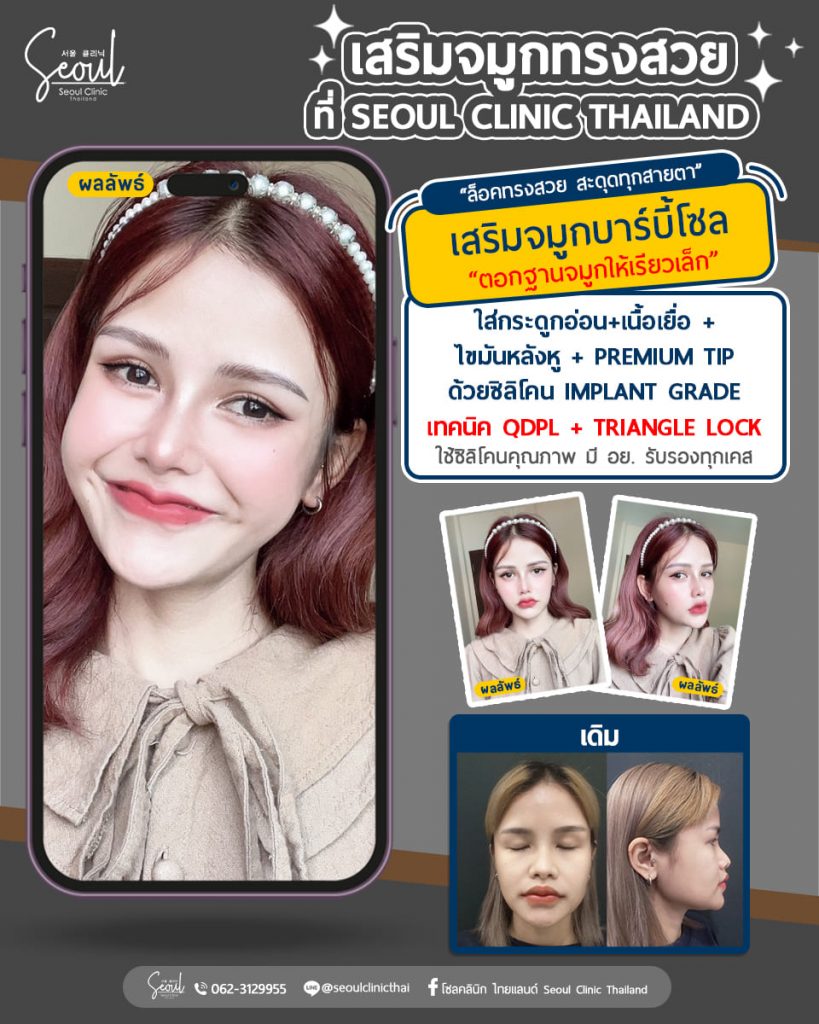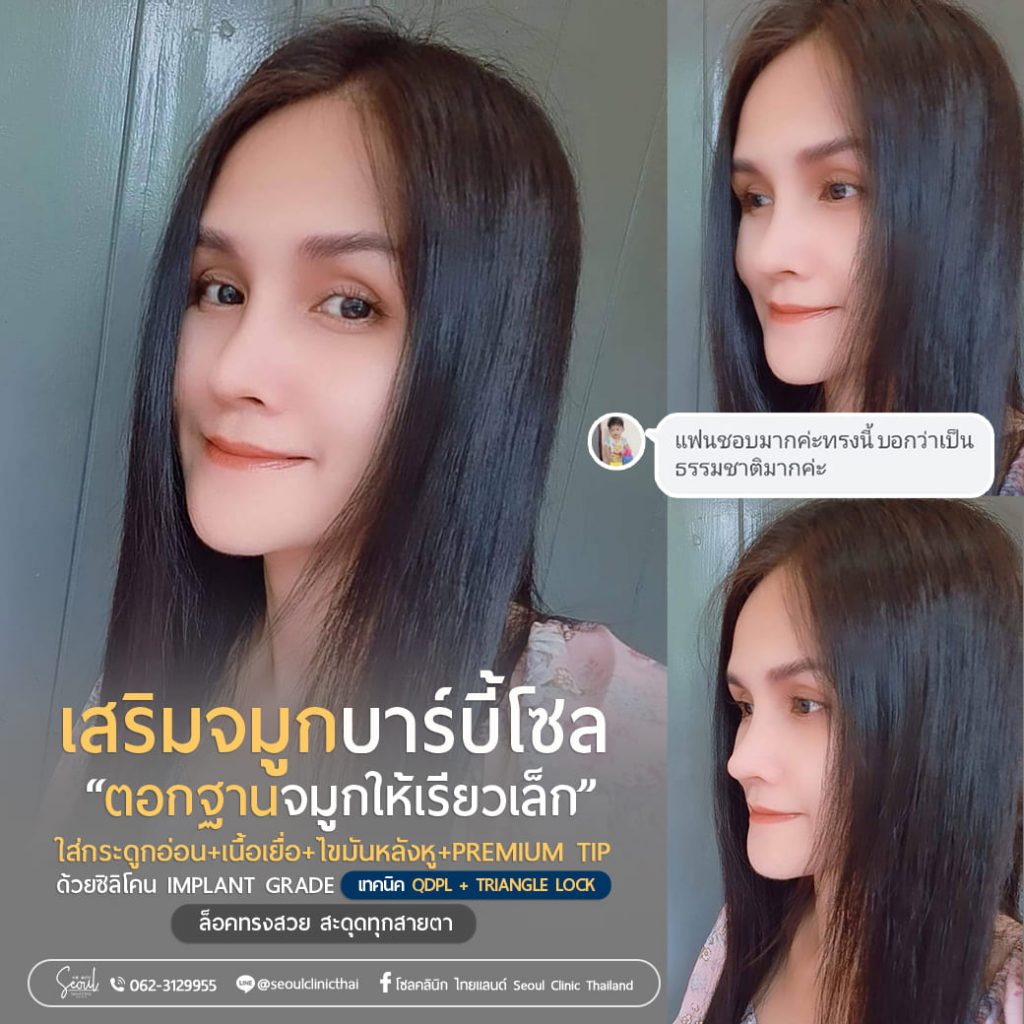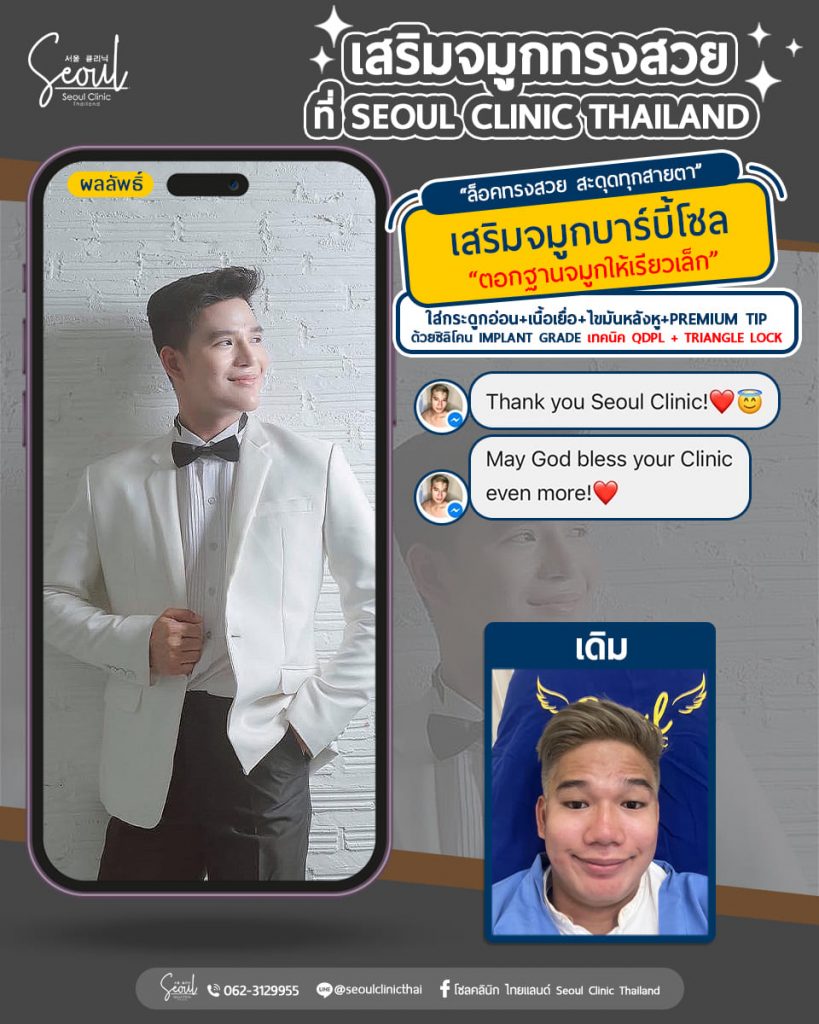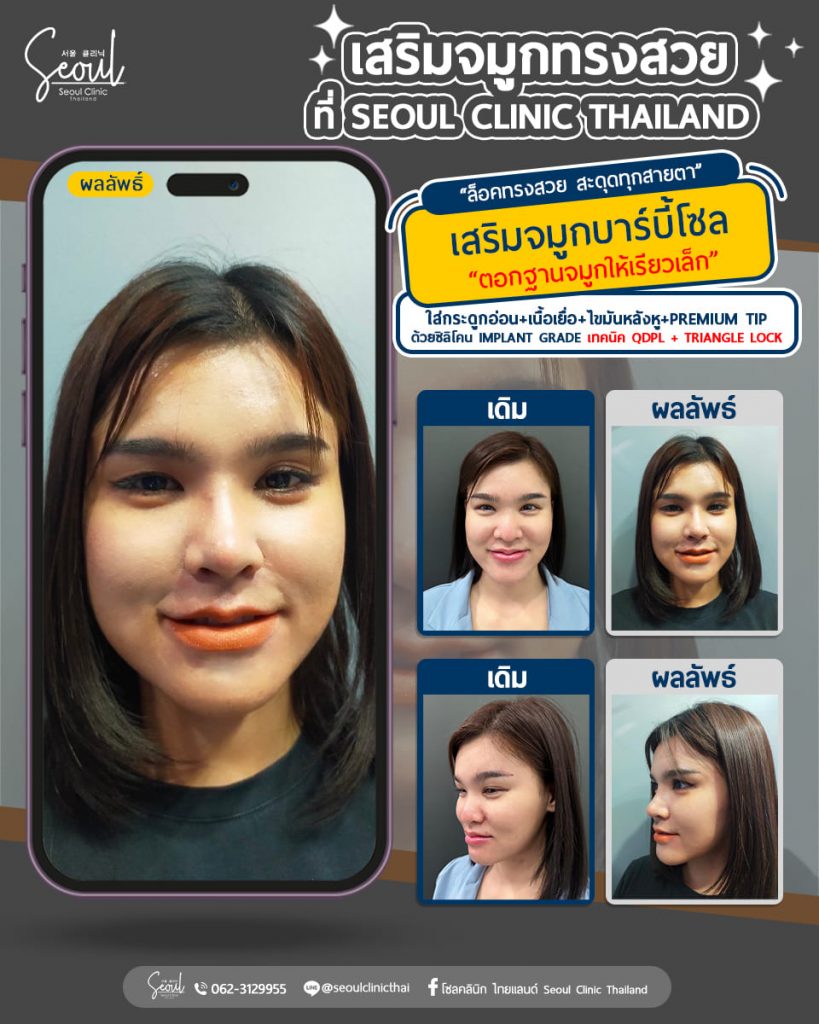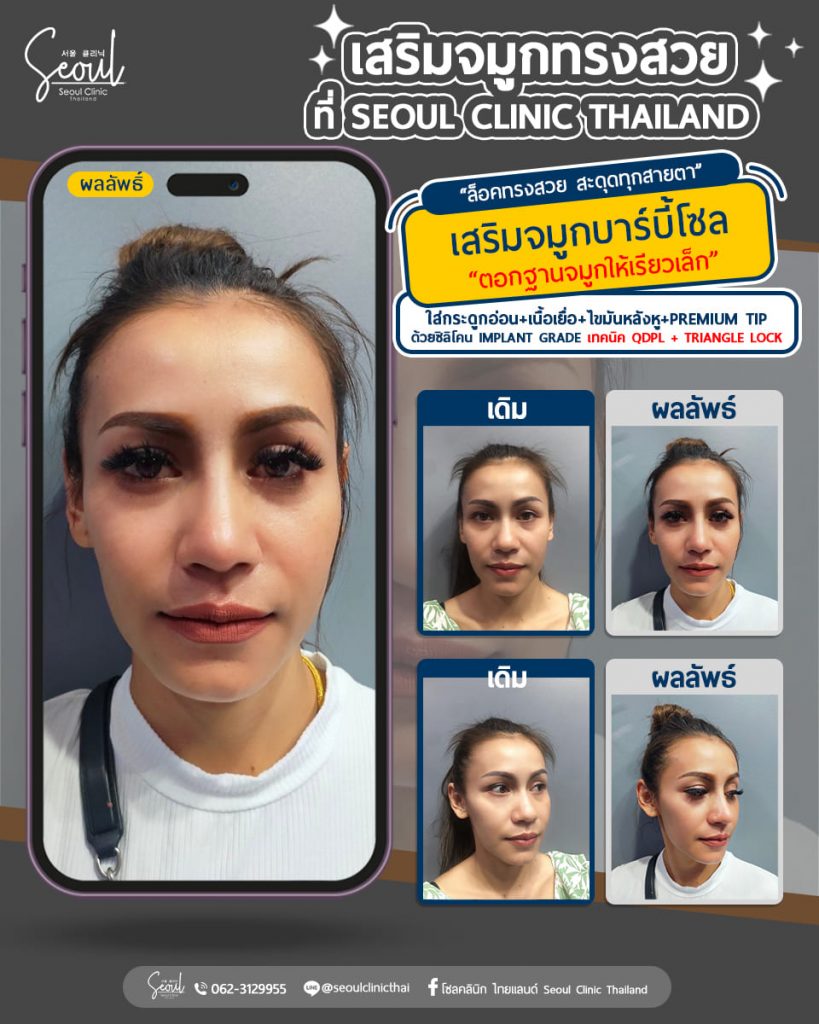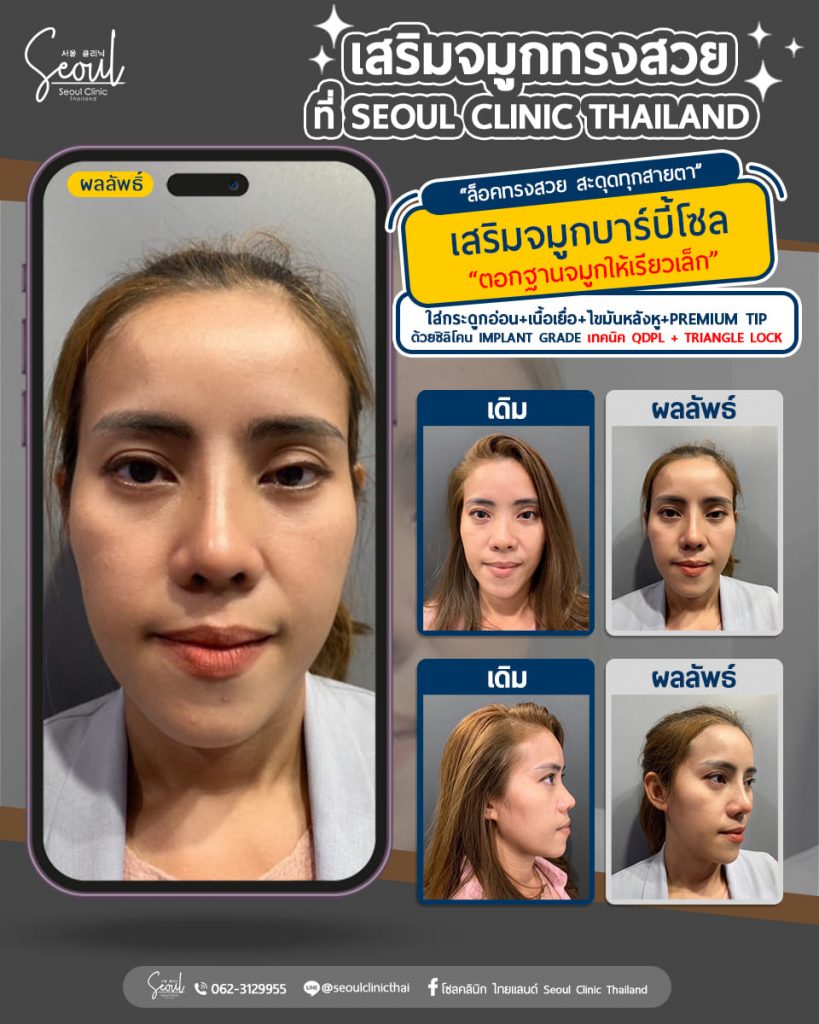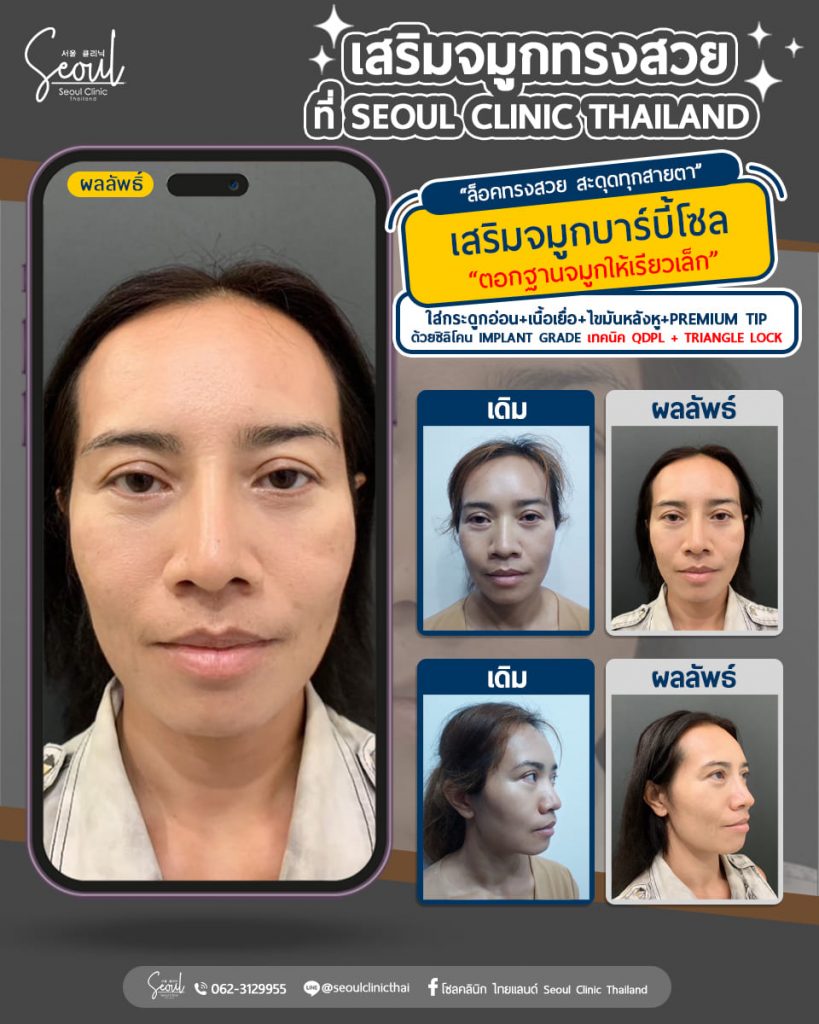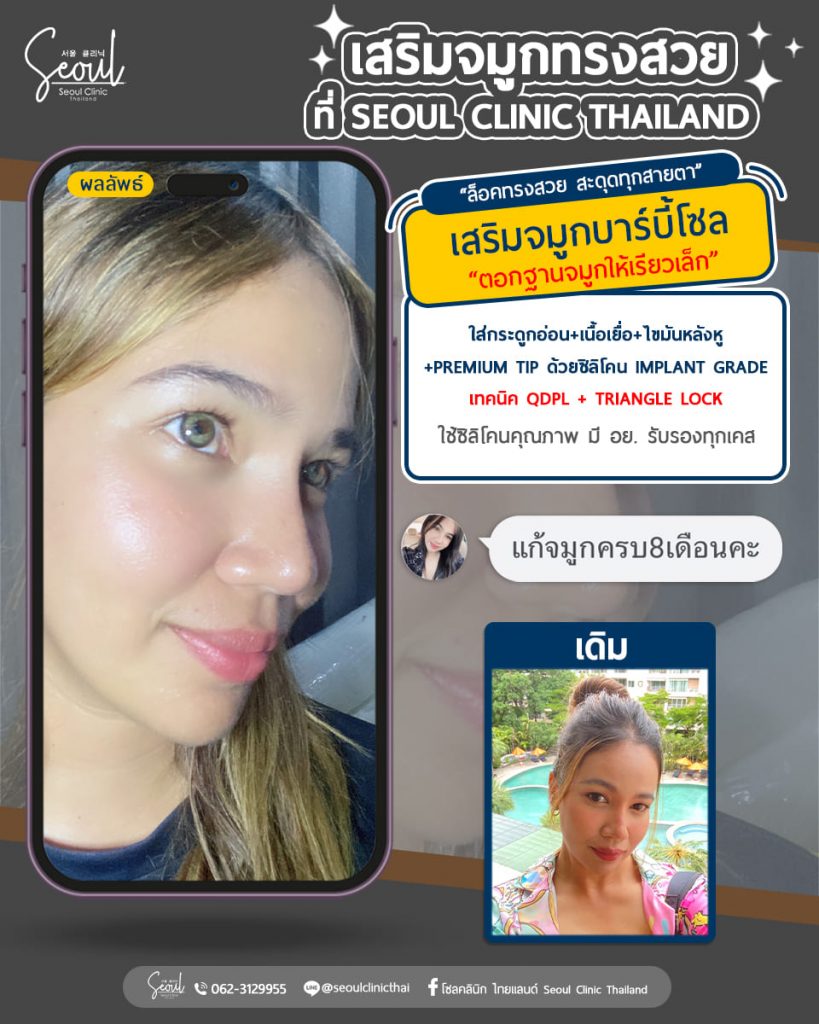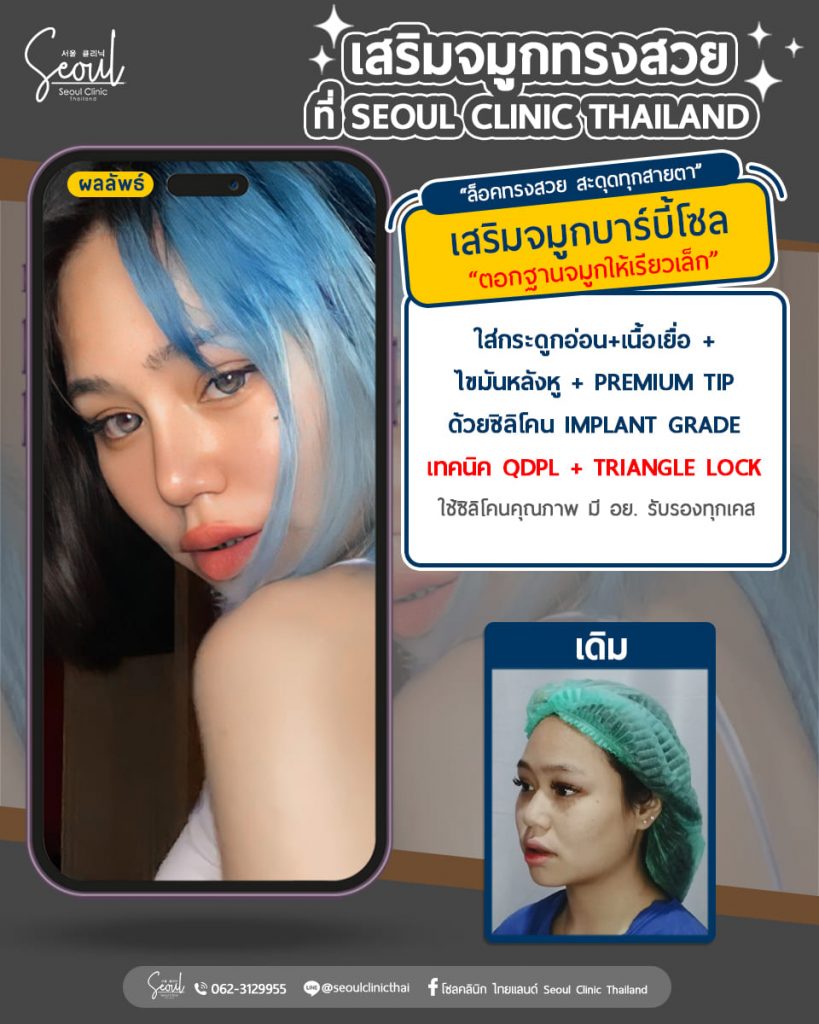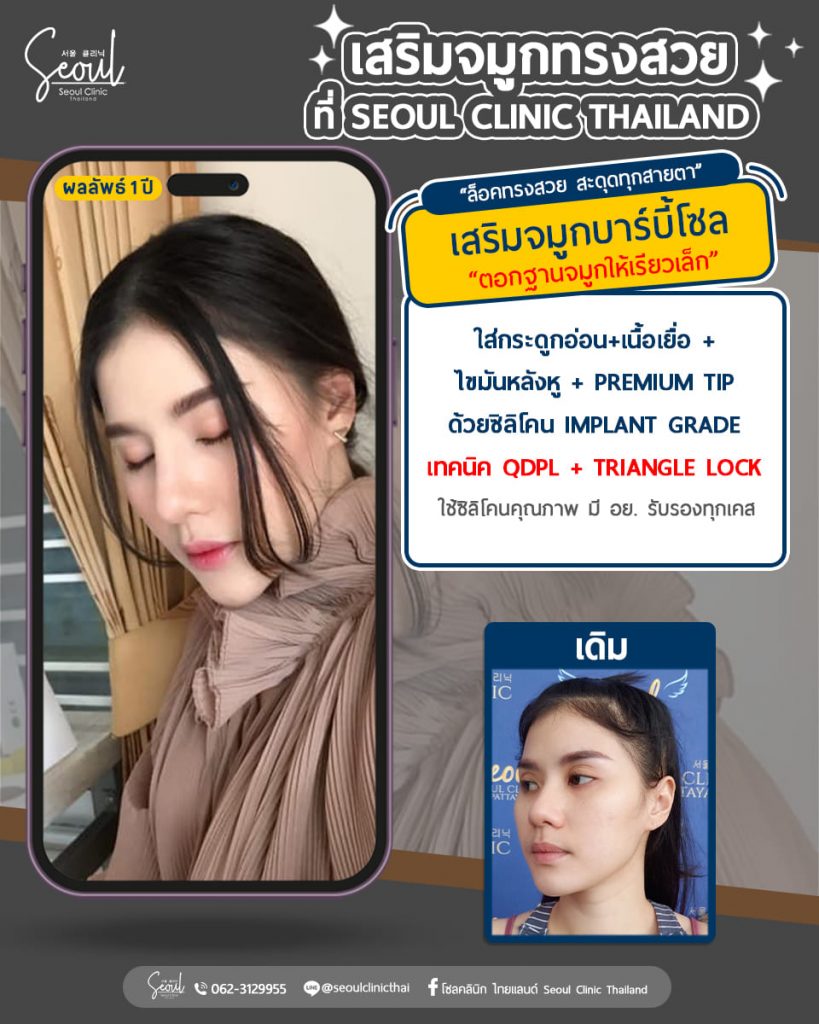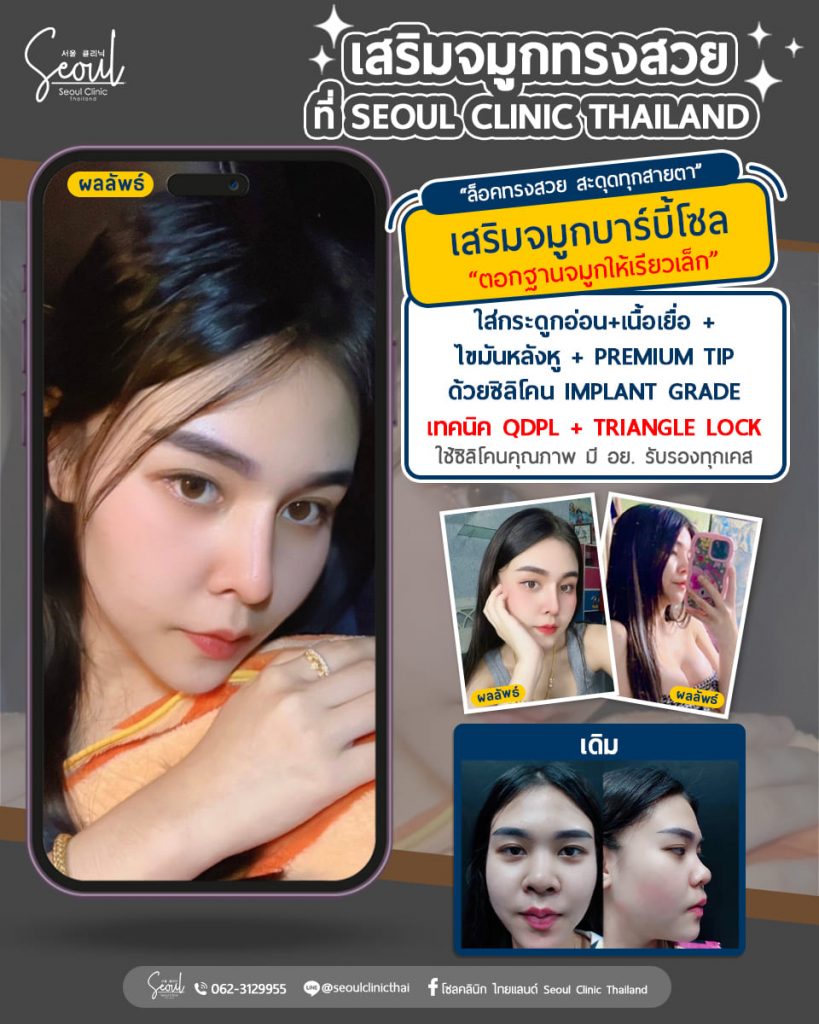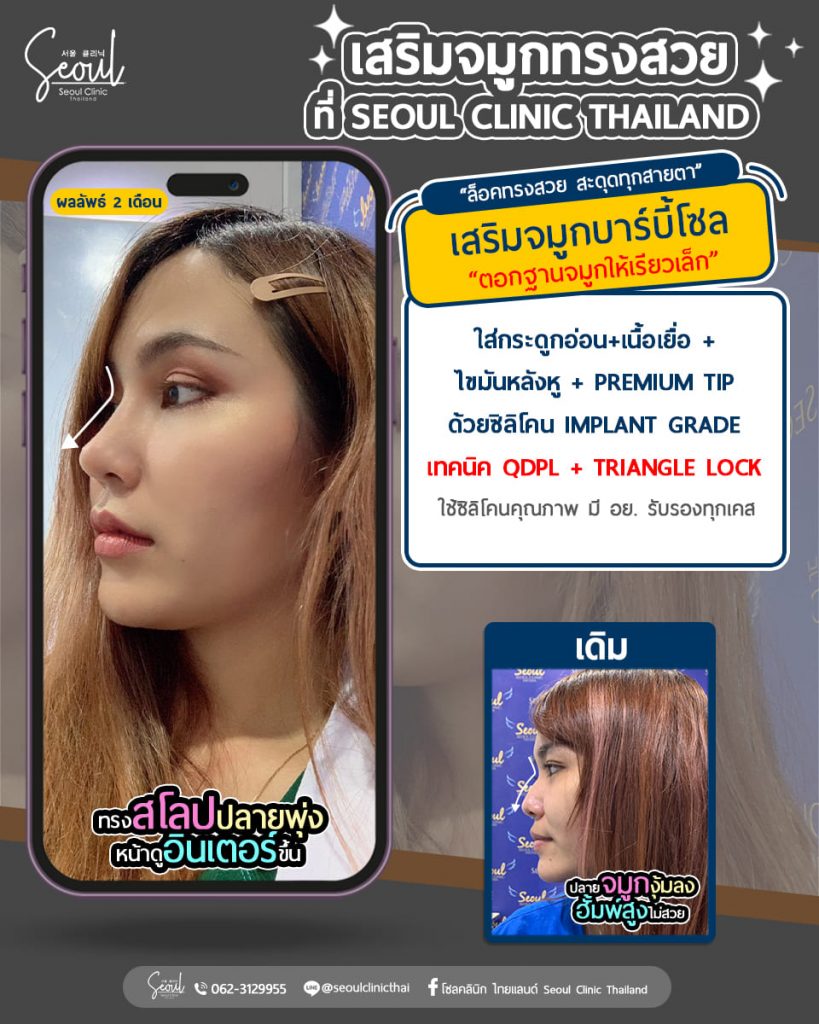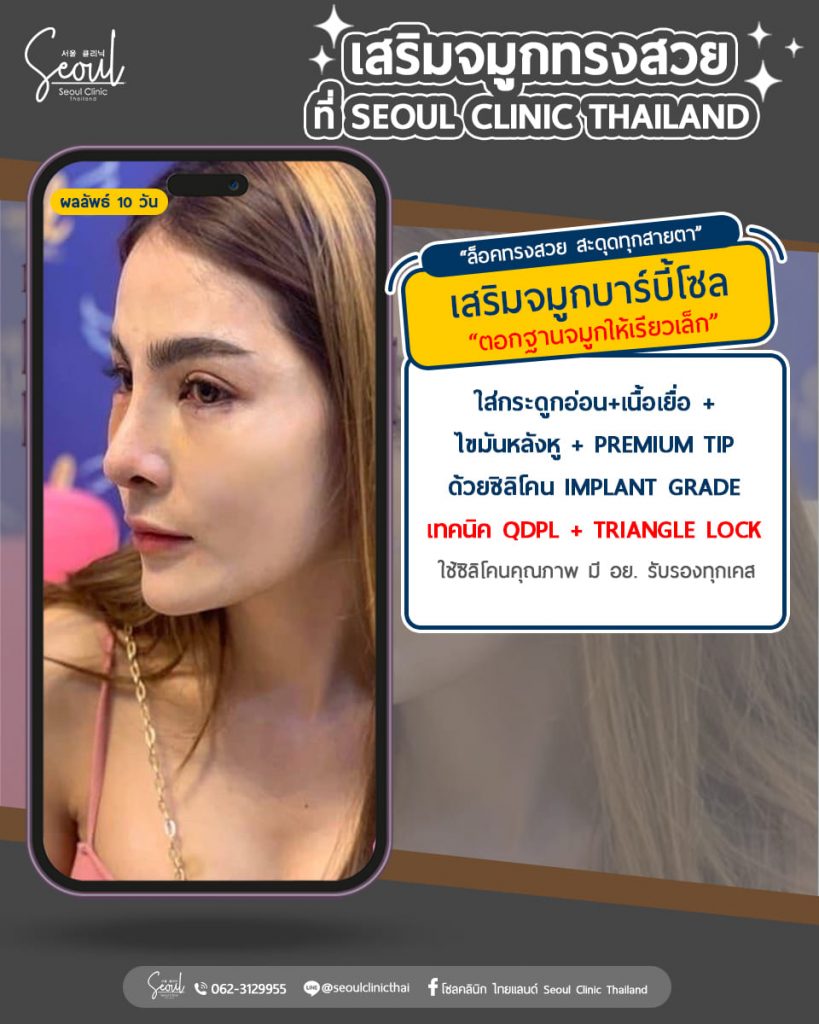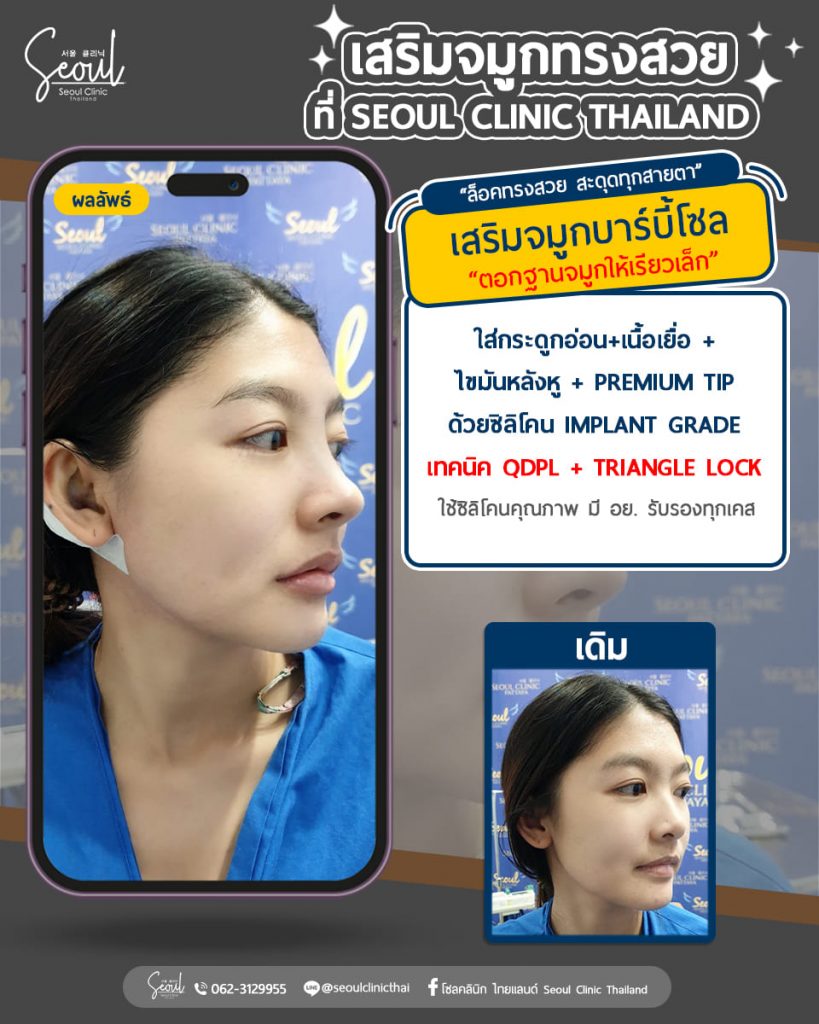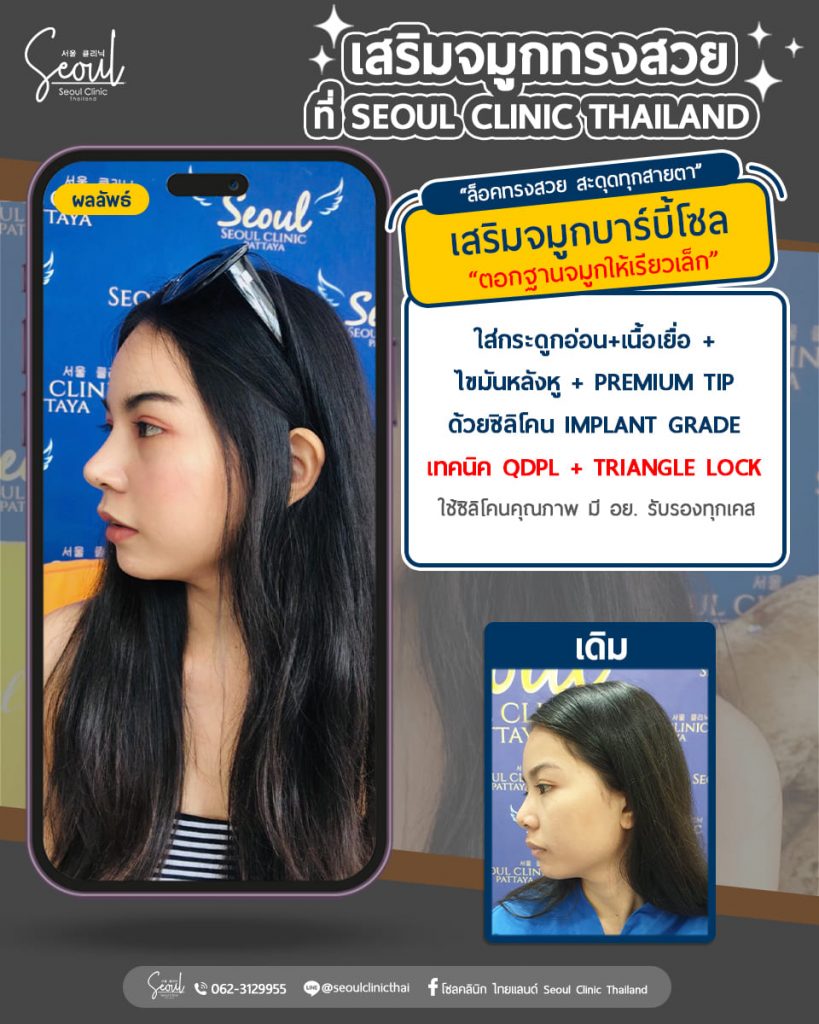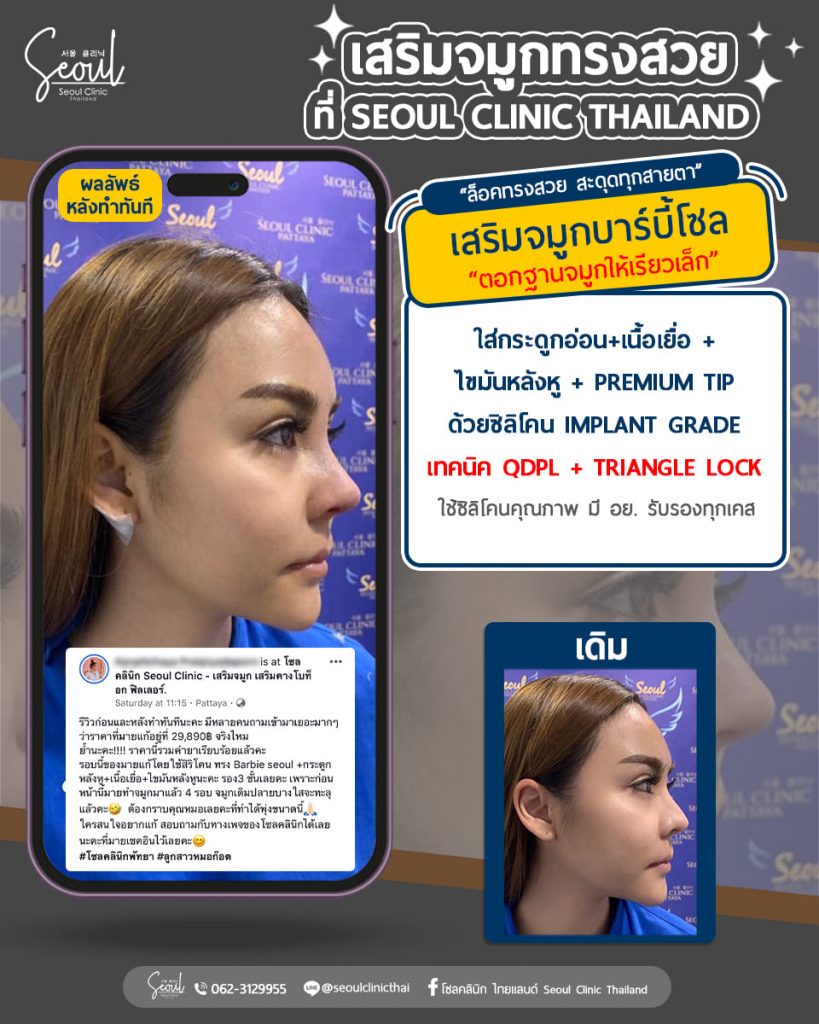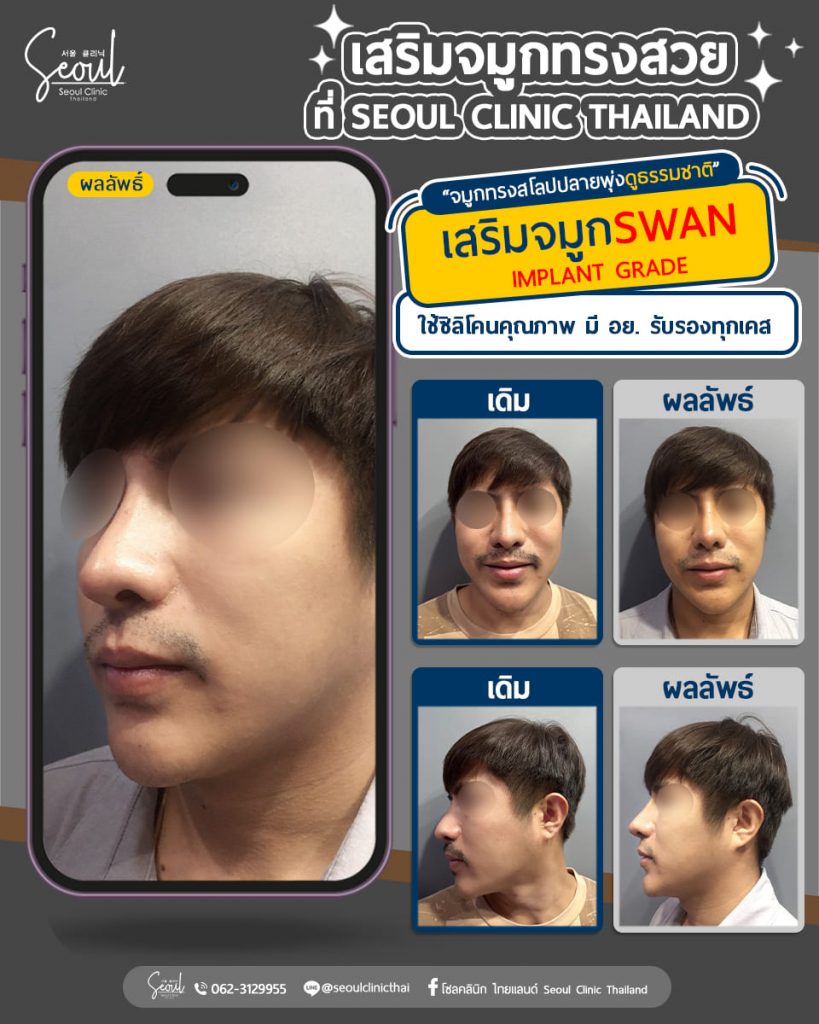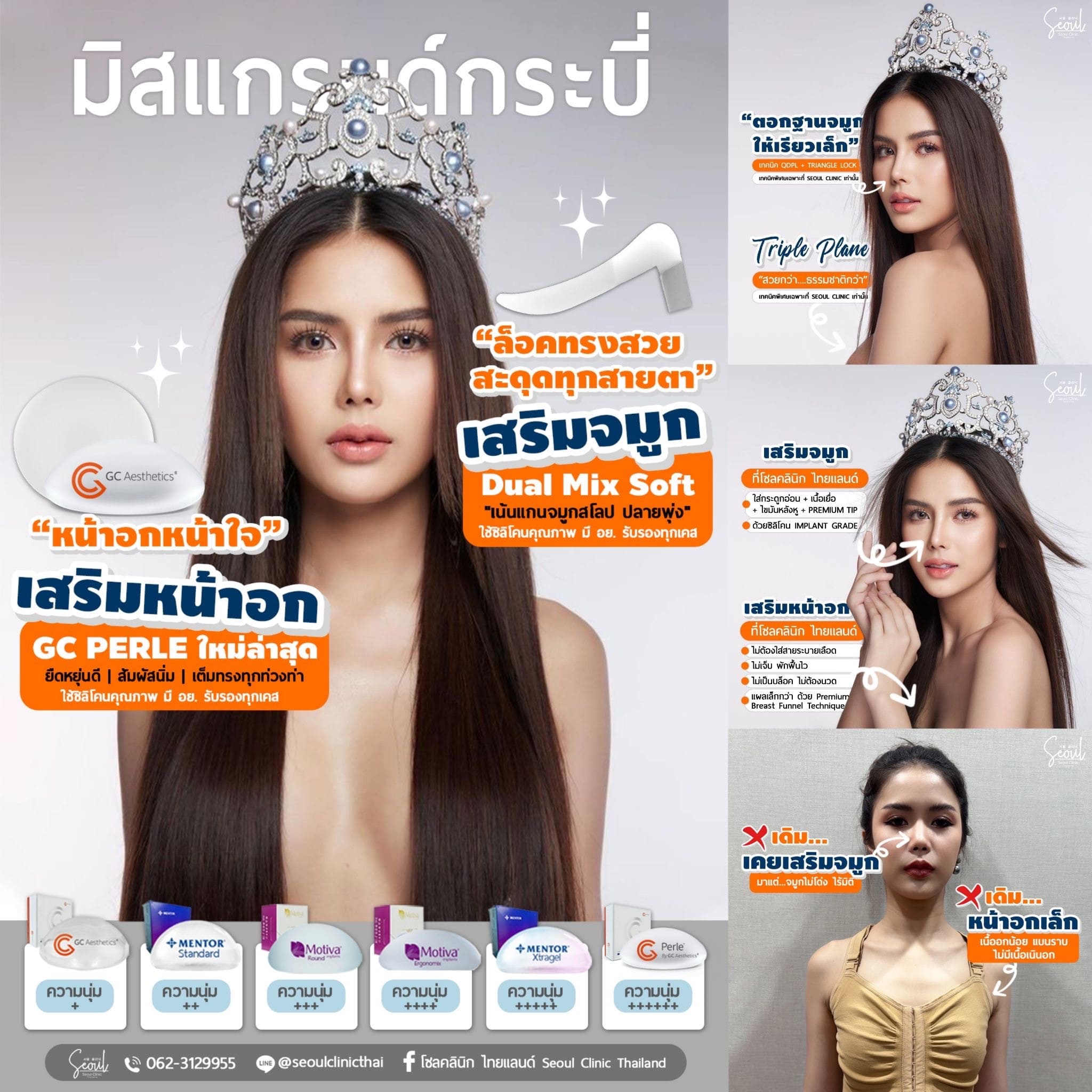

Safe and Aesthetic Rhinoplasty: Enhancing Facial Dimension
Rhinoplasty stands as a premier cosmetic surgery choice in contemporary times, enhancing facial harmony and bolstering self-assurance to seamlessly integrate into society. Prior to undergoing this transformative procedure, thorough research and consultation with a specialized surgeon are imperative to ensure a safe and satisfactory outcome.

What is Rhinoplasty?
Rhinoplasty, a surgical procedure aimed at reshaping the nose, achieves a harmonious and aesthetically pleasing facial profile by enhancing proportions and addressing nasal prominence or bridge irregularities. Beyond cosmetic enhancement, it serves to correct deformities resulting from trauma, injuries, or congenital anomalies, and resolves breathing difficulties associated with nasal obstructions.
Varieties of Rhinoplasty Techniques: Exploring Surgical Approaches
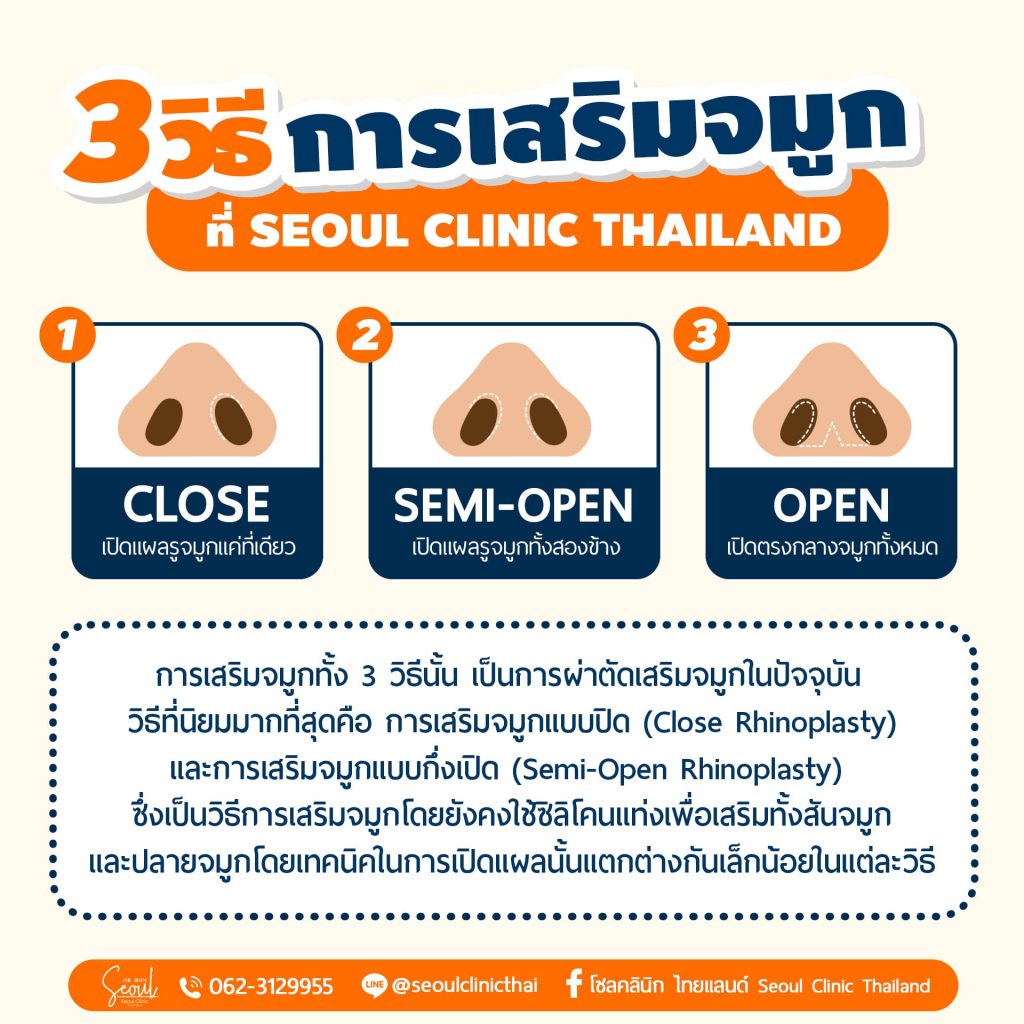
Comparative Analysis of Rhinoplasty Techniques: Pros and Cons of Open, Closed, and Semi-Open Approaches
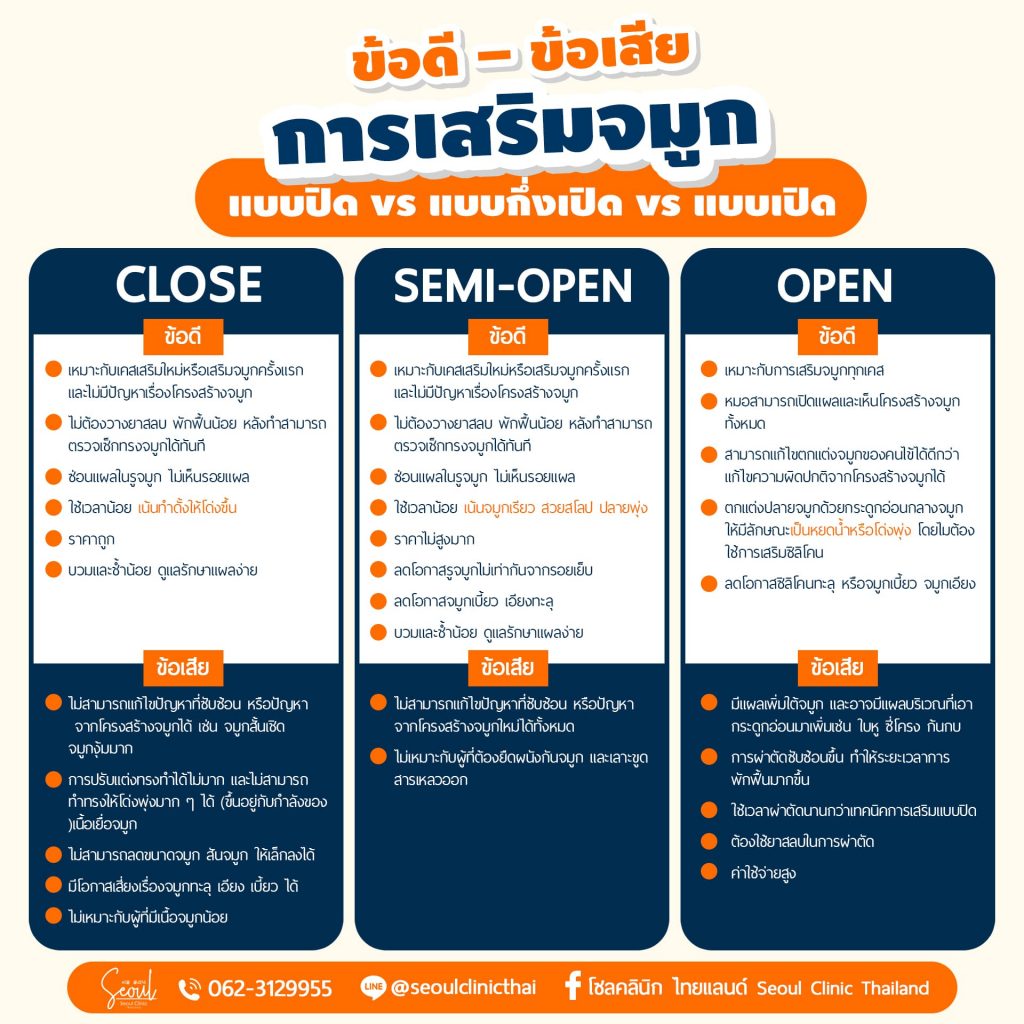
Implant Options for Rhinoplasty
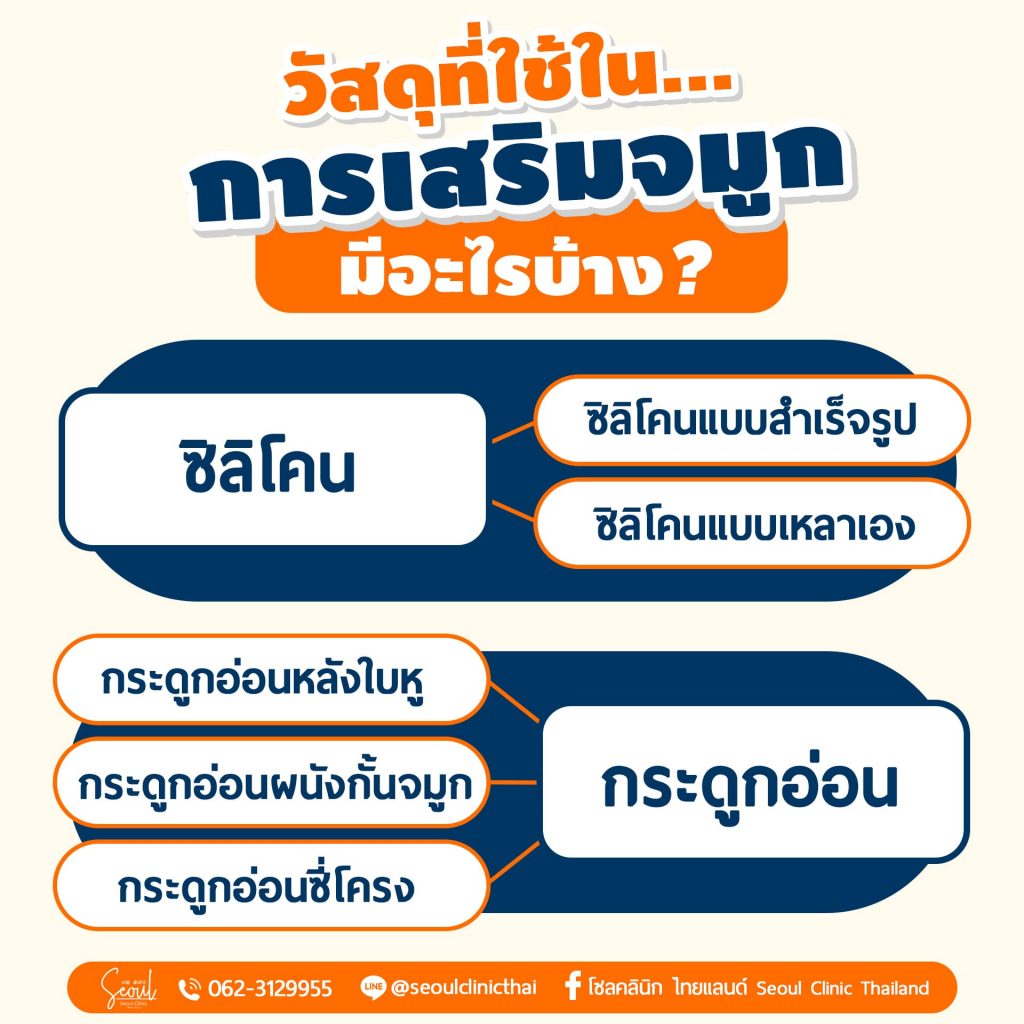
1. Silicone Implants:
- Prefabricated Silicone:
- Self-Moldable Silicone:
2. Cartilage Grafts:
- Ear Cartilage:
- Rib Cartilage:
Closed Rhinoplasty and Semi-Open Rhinoplasty
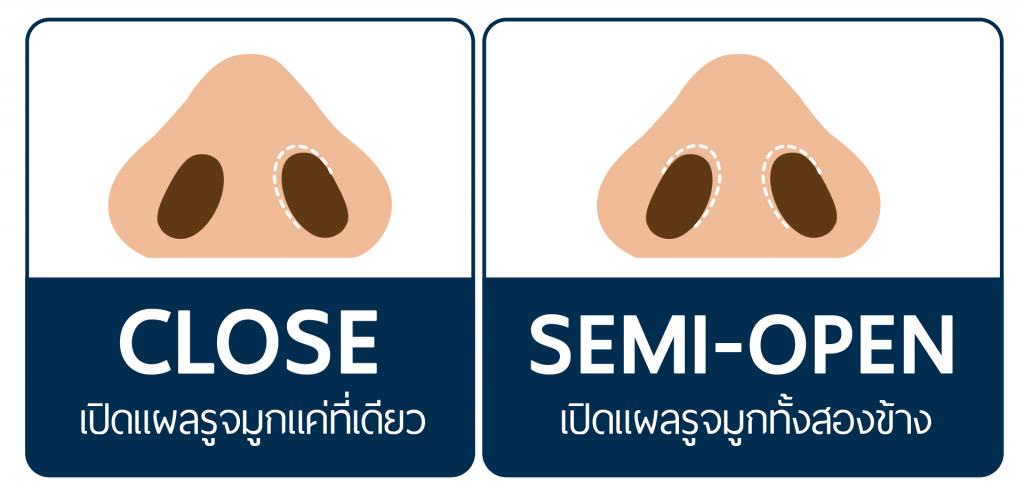
Who is Close and Semi-Open Rhinoplasty suitable for?
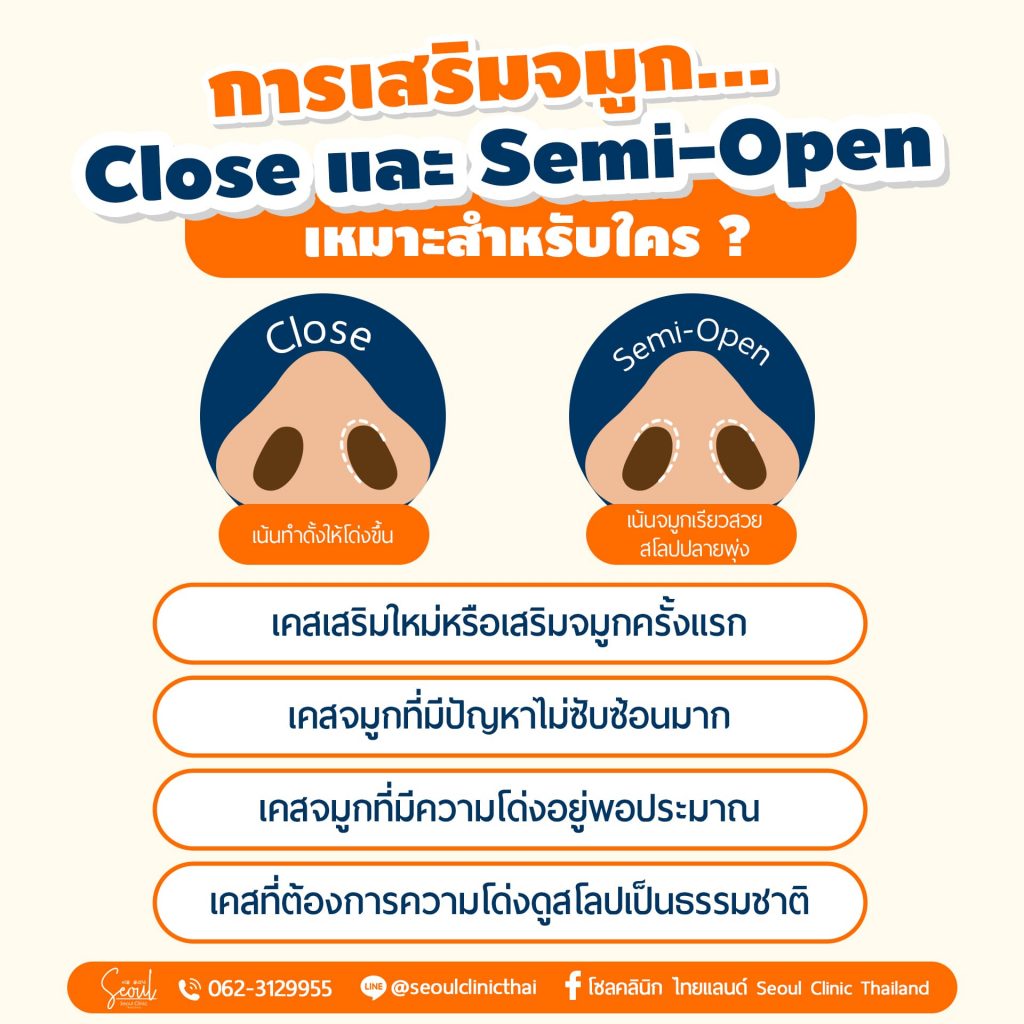
What is rhinoplasty osteotomy?
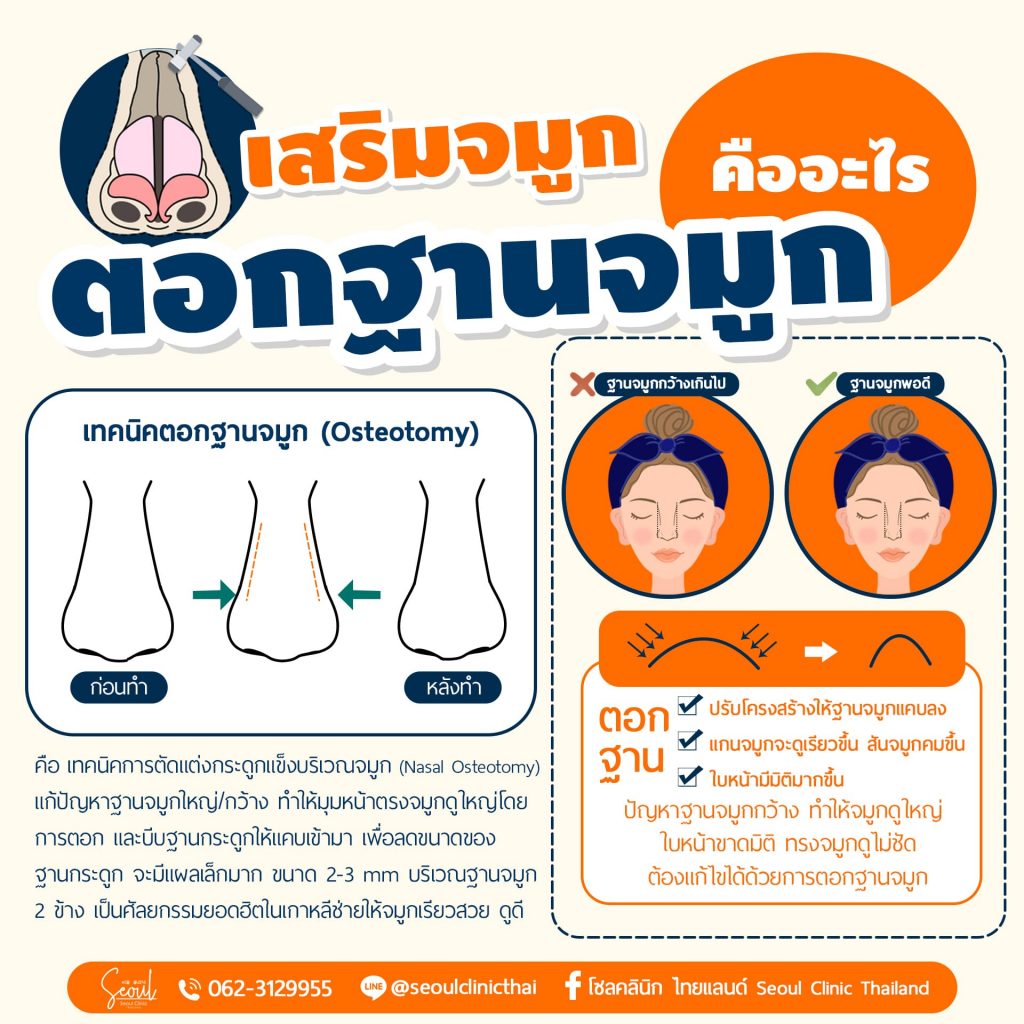
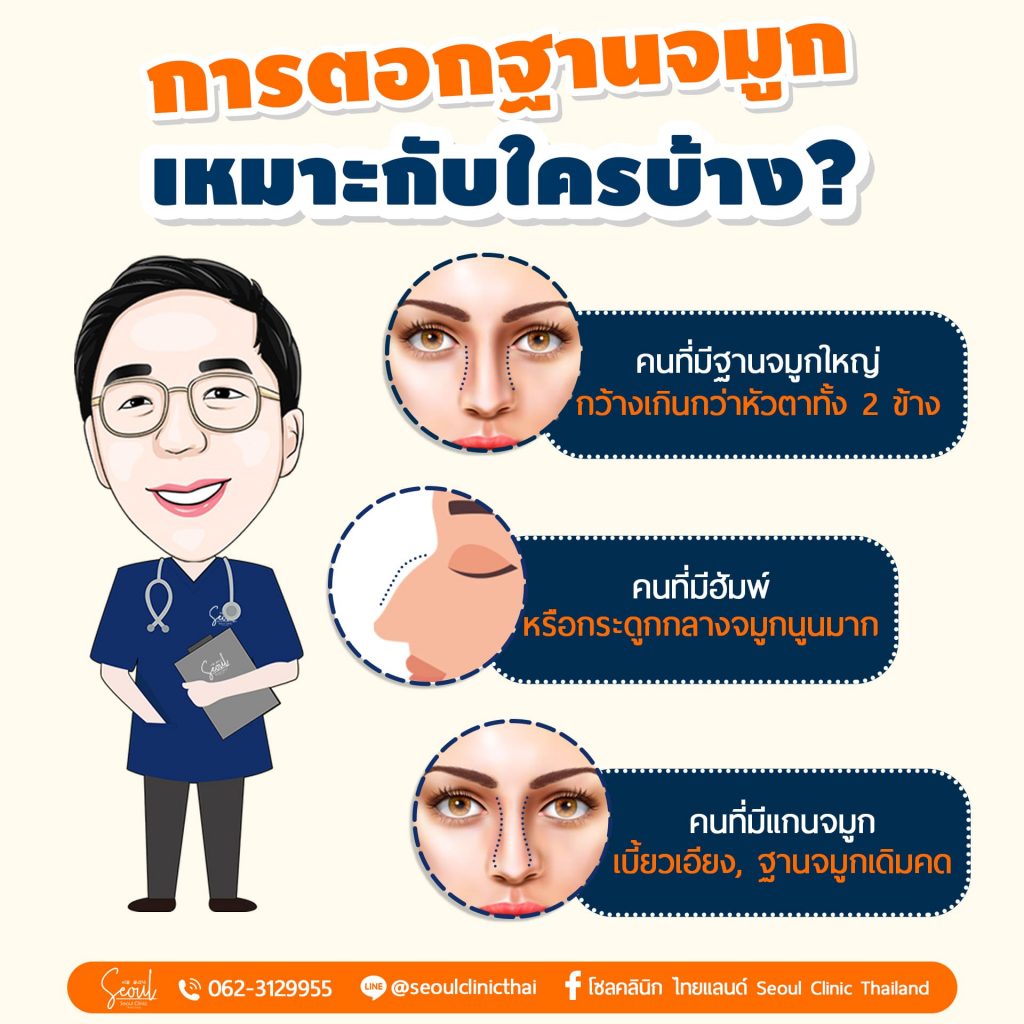
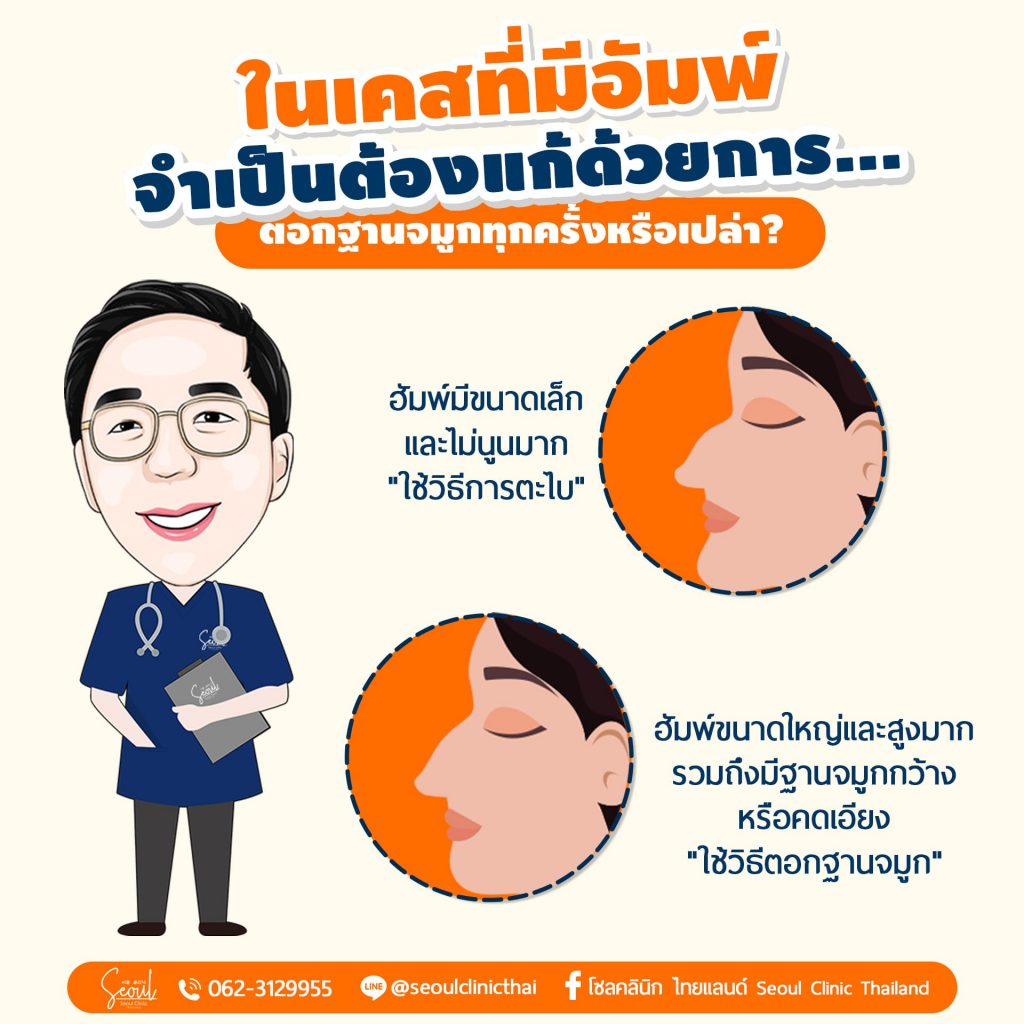
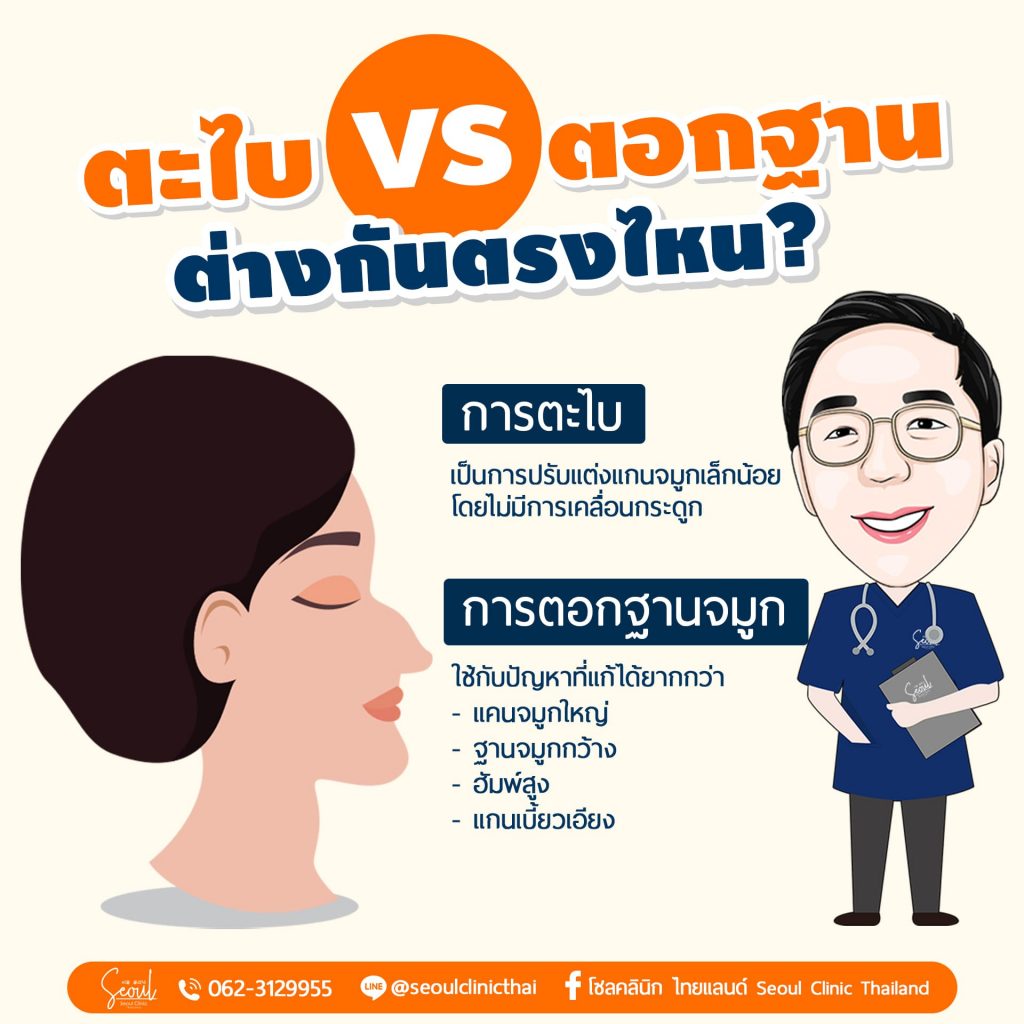
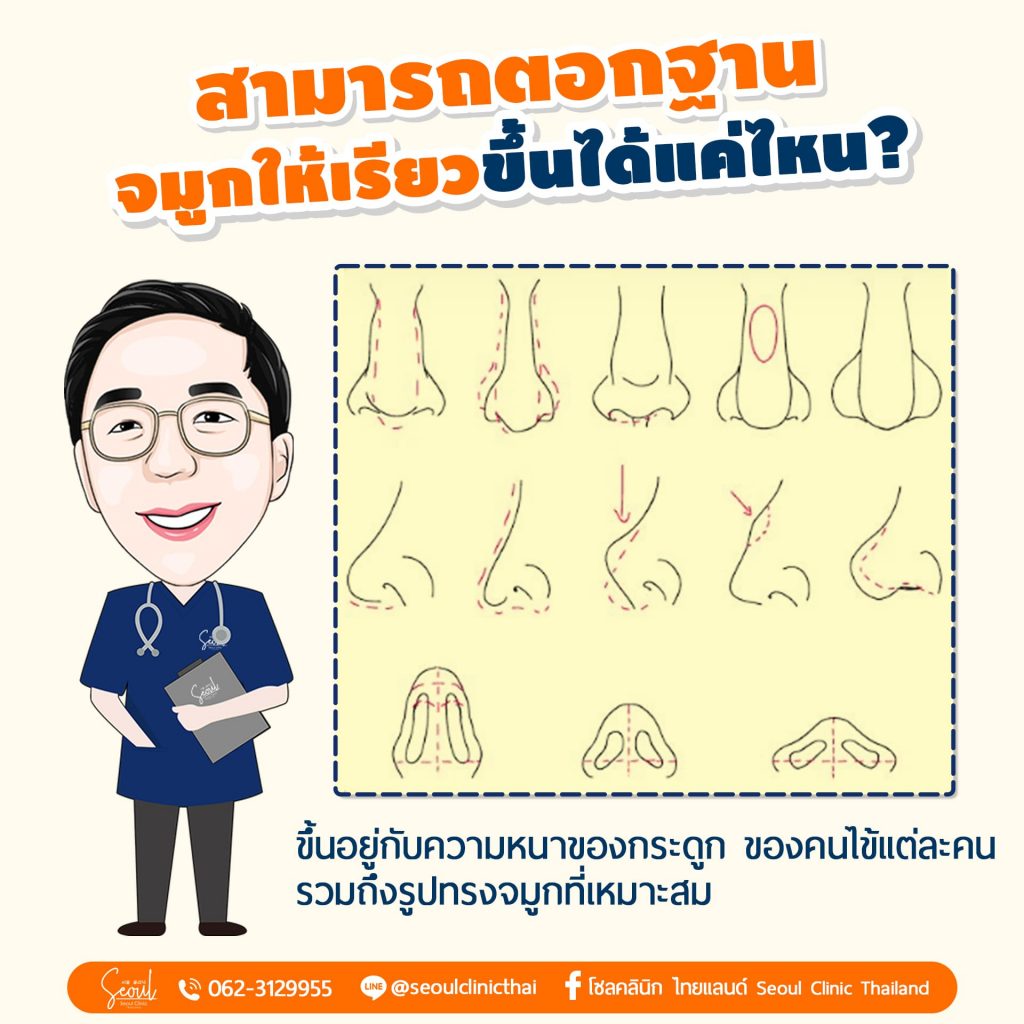
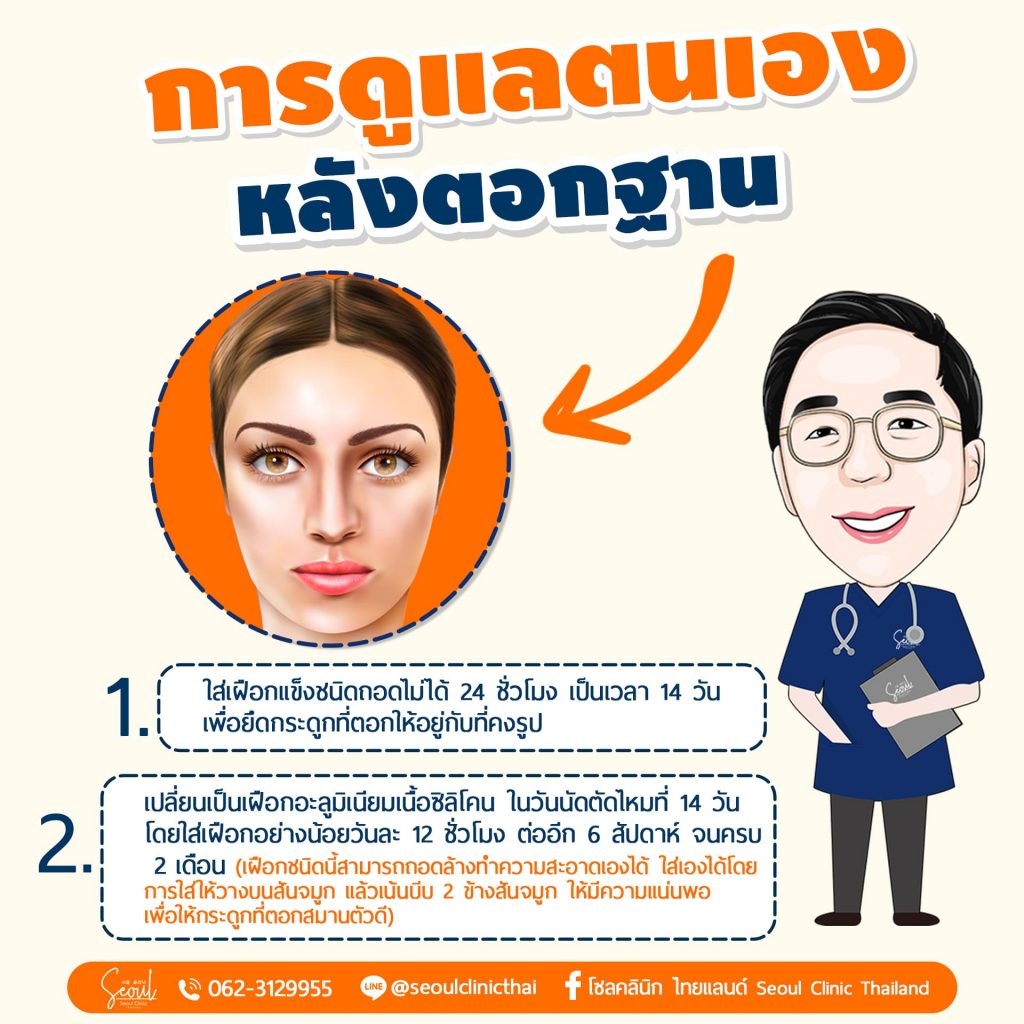
Alar Base Reduction Rhinoplasty
Utilizing rhinoplasty coupled with alarplasty, our aim is to address the genetic predisposition in Asian individuals characterized by a shortened nasal base and widened alar wings. By elegantly enhancing the nasal bridge while refining the alar contours, we achieve a harmonious facial profile in a single procedure.
Alar reduction procedures, typically focusing on the lateral wings consisting of skin and muscle, meticulous attention is paid to concealing incisions along the nasal margins. The delicate interplay between the nasal base, bridge, and upper nose is carefully considered to achieve optimal balance. Post-surgery, a reduction in nostril size contributes to the overall refinement of nasal aesthetics.
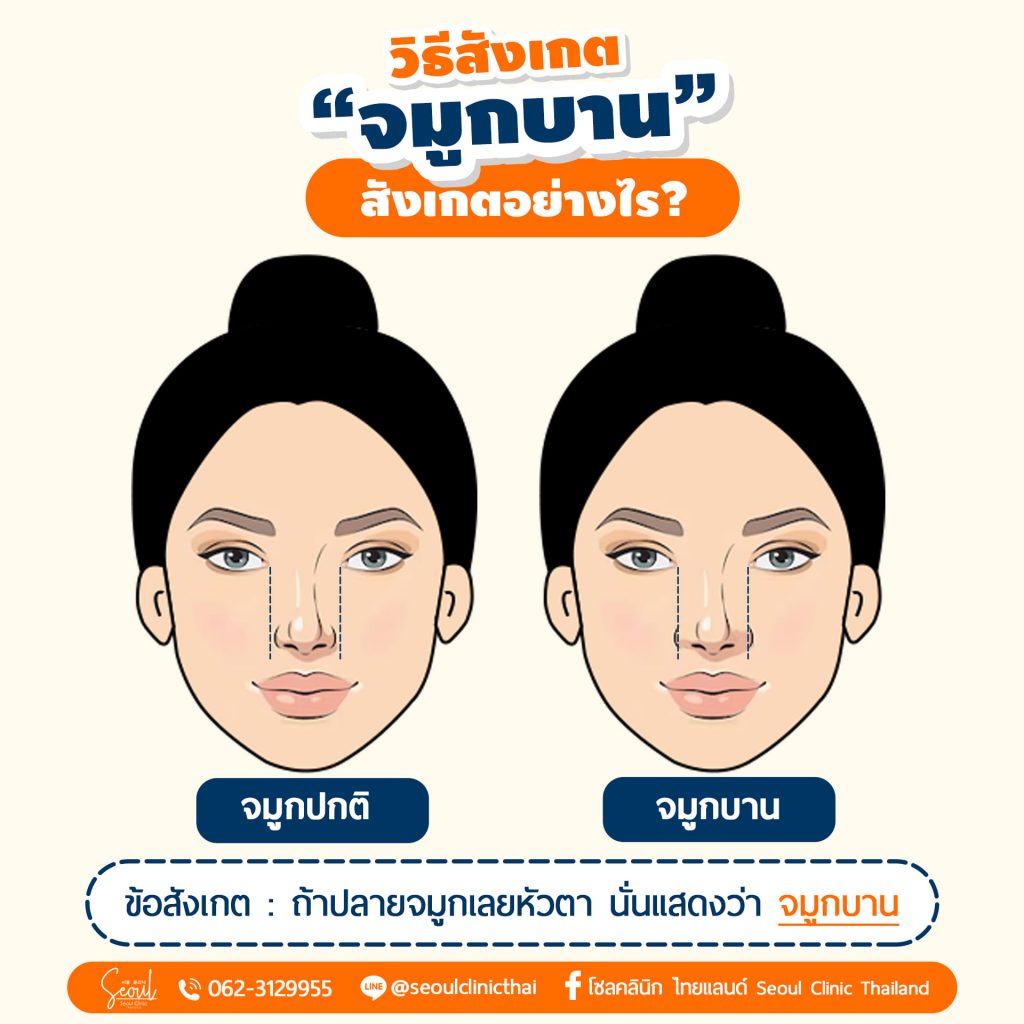
Alar Base Reduction Surgery Procedure
- Collaborate with the physician to strategize the surgical approach.
- Thoroughly cleanse the nasal cavity and targeted operative site.
- Administer local or general anesthesia, especially for open rhinoplasty procedures.
- Commence surgical intervention by excising redundant tissue and refining the nasal base structure, typically lasting 30-45 minutes for flap surgery.
- Close incisions with sutures and allow approximately one hour for post-operative recovery.
- Schedule a follow-up appointment for stitch removal and assessment after one week.
Discover the art of rhinoplasty at Seoul Clinic
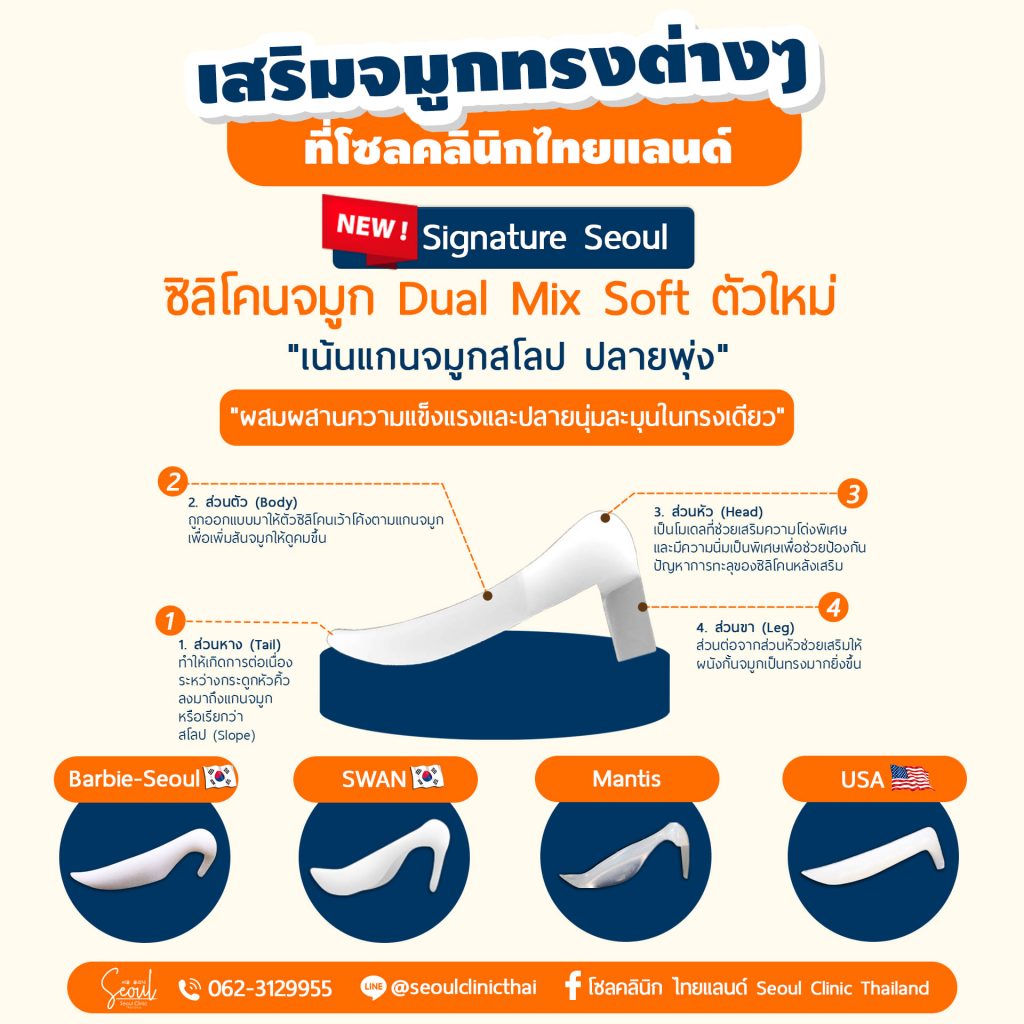
Preparation before Rhinoplasty Surgery
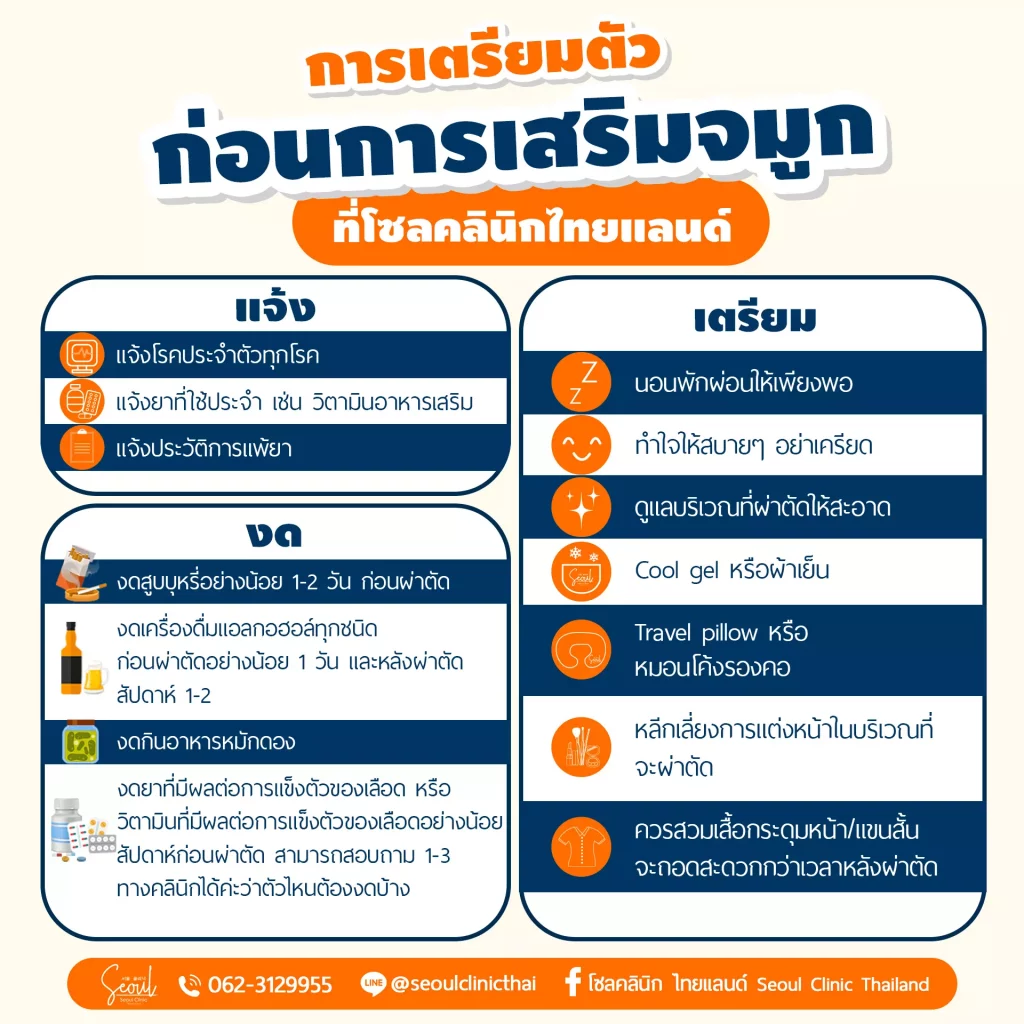
- Abstain from smoking and alcohol consumption for a minimum of one week prior to surgery.
- Avoid anti-inflammatory painkillers, such as aspirin, to minimize bruising from postoperative bleeding; if necessary, opt for Paracetamol for pain relief only.
- Cease intake of vitamins, cod liver oil, and dietary supplements, as they may affect blood clotting.
- Steer clear of fermented foods, pickles, carbonated beverages, and seafood.
- For patients requiring sedation during surgery, refrain from food and water intake for at least eight hours prior. Ensure thorough hair washing and abstain from applying lotion or nail polish on the day of surgery.

Experience silicone rhinoplasty expertise at SEOUL CLINIC THAILAND
“Recognizing the unique nature of each nasal concern, I employ a tailored approach, utilizing diverse techniques to effectively address patients’ needs. Rhinoplasty with silicone offers a straightforward yet transformative solution, ensuring both beauty and safety in the long term. With specialized techniques, expertise, and high-quality silicone materials, I, Dr. Got, a resident doctor at Seoul Clinic, bring forth years of experience and continual learning from esteemed institutions like TACS and KCCS. My commitment lies in delivering not just aesthetic satisfaction but also long-term safety for every patient.”
Semi-Open Silicone Rhinoplasty at SEOUL CLINIC THAILAND
Semi-Open Rhinoplasty at Seoul Clinic Thailand involves making two discreet incisions within the nostrils, allowing for precise augmentation using medical-grade silicone implants. This popular technique offers minimal downtime and is ideal for patients with sufficient nasal tissue. Additional enhancements, such as Interdomal Suture to refine the nasal tip, can be incorporated for a lifted and slender appearance.
While complementary techniques like cartilage support from behind the ear and bone base nailing at the nose bridge are possible, they may not suit individuals with specific nasal characteristics or desired corrections. End support with ear cartilage reduces tip tightness and lowers perforation risks, while nose ridge base hammering delicately reshapes the nasal bridge for a sleeker profile.
The Semi-Open Rhinoplasty Surgery method at Seoul Clinic
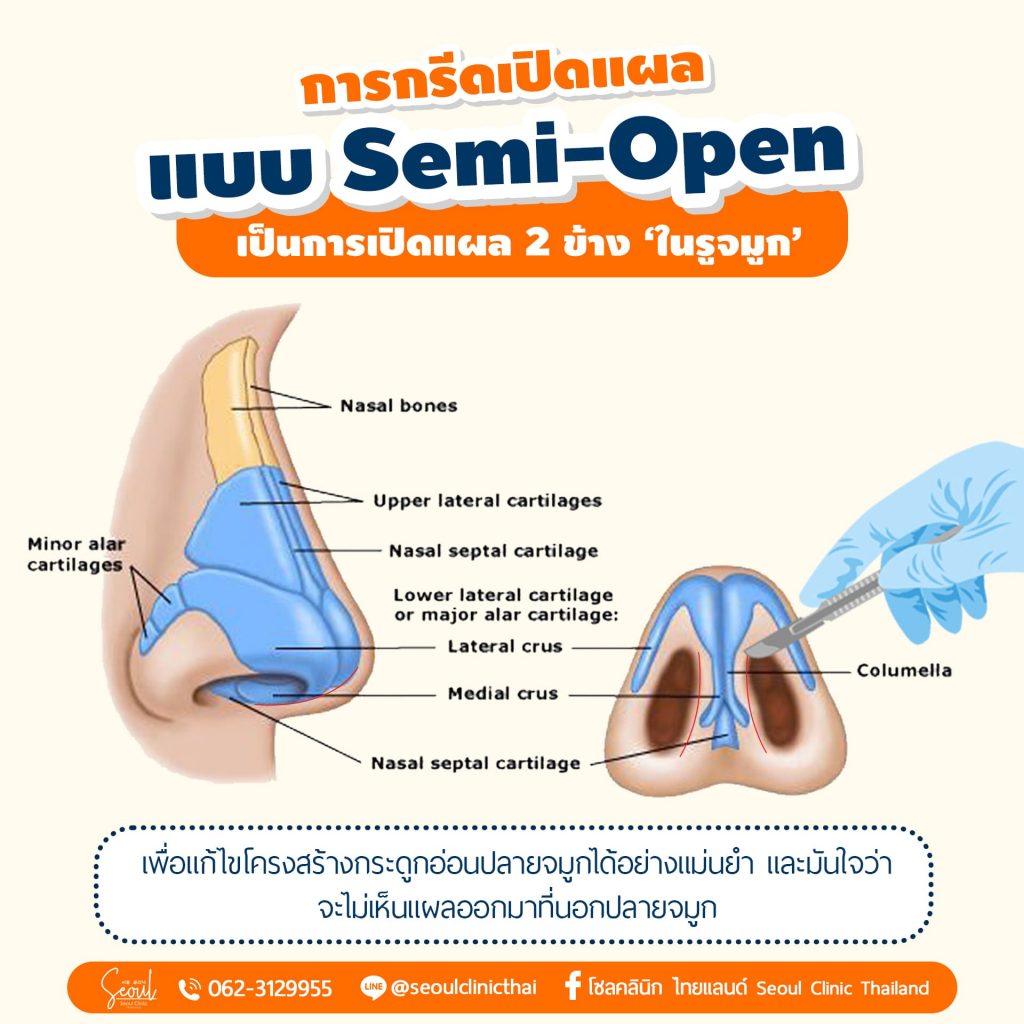
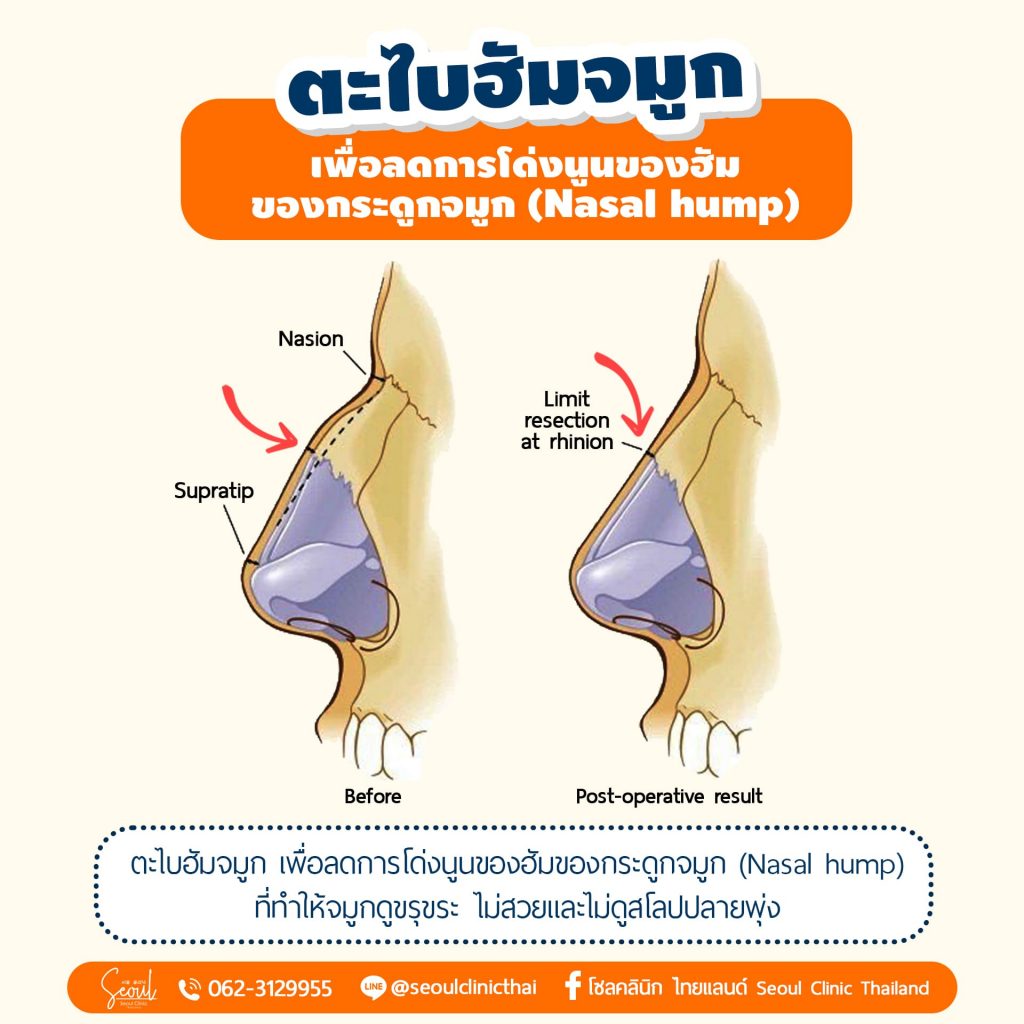
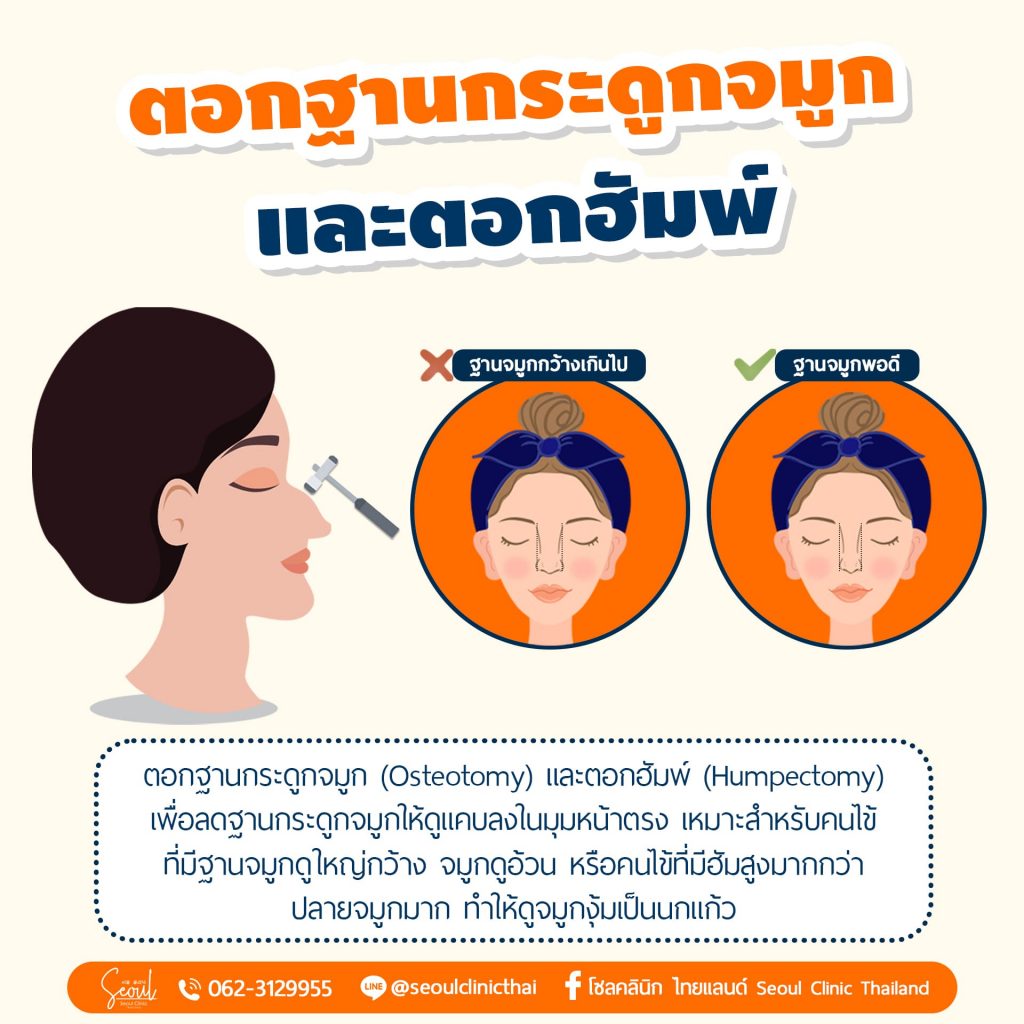
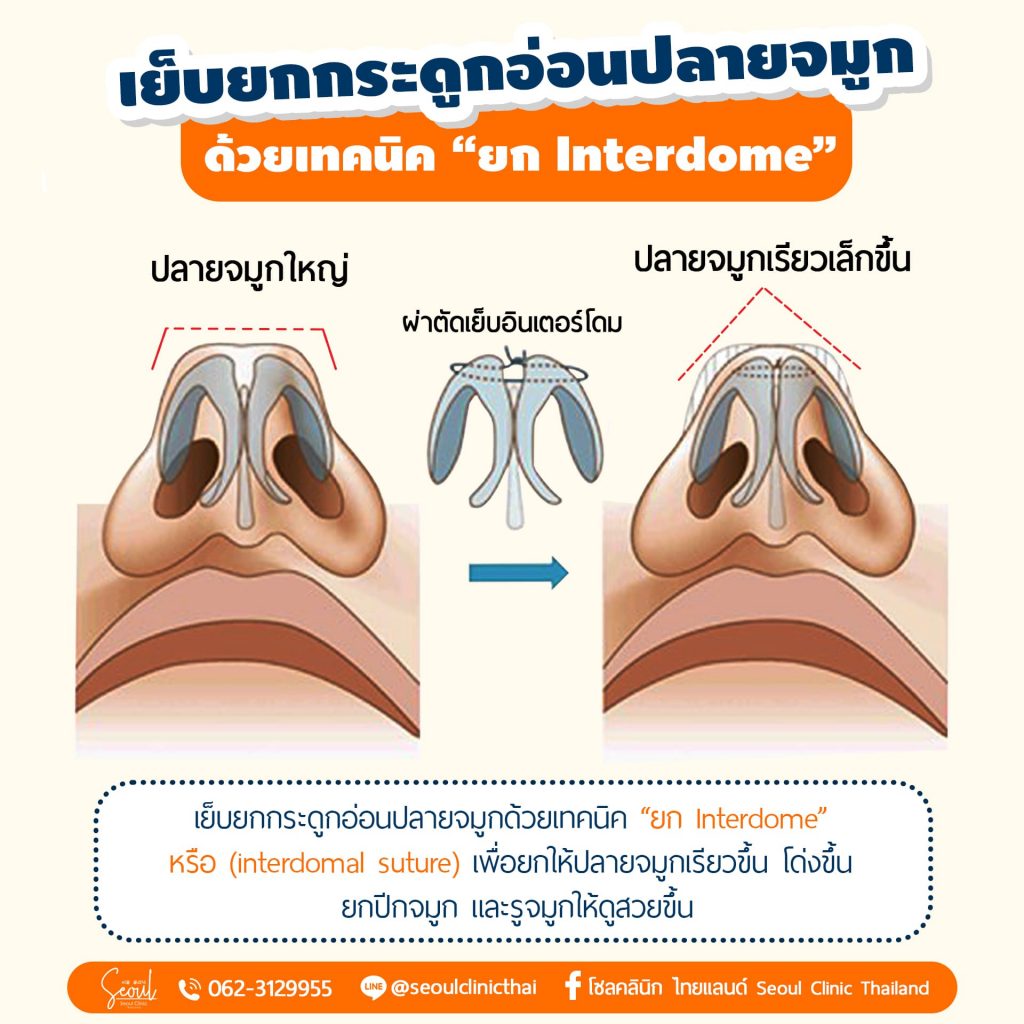
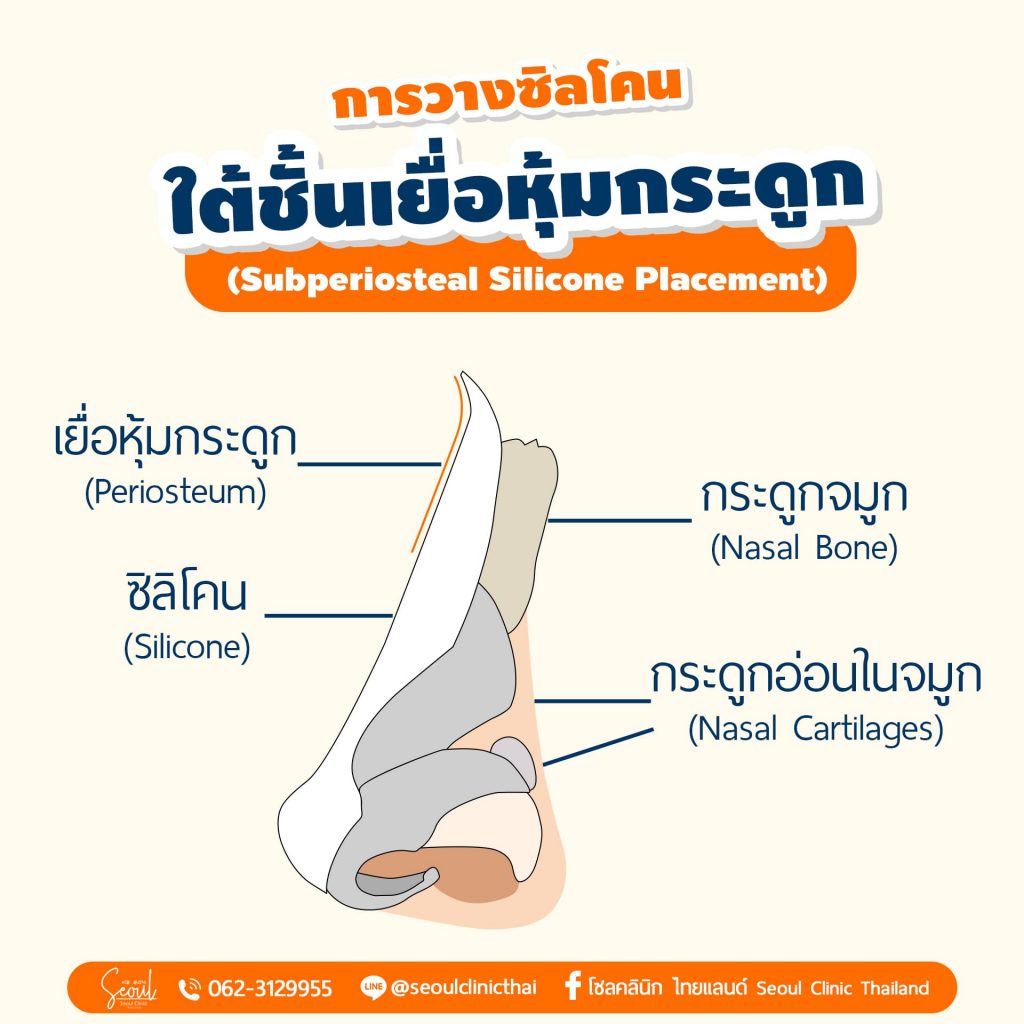
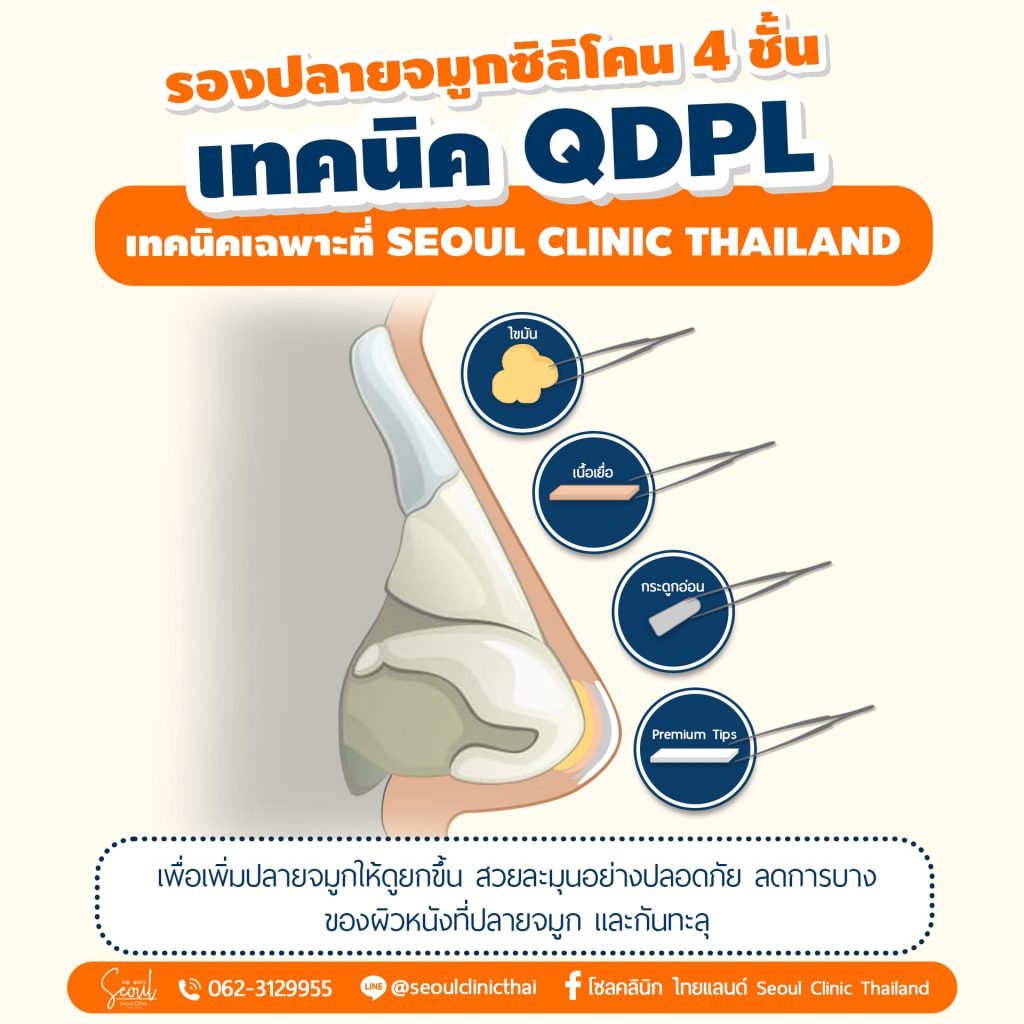
Additionally, to enhance patient comfort, we offer complimentary anti-anxiety medication during anesthesia injections and optional sleeping pills for relaxation throughout the procedure. For patients requiring extensive correction or desiring a silicone-free approach, our Open Nose Reconstruction procedure is recommended.”
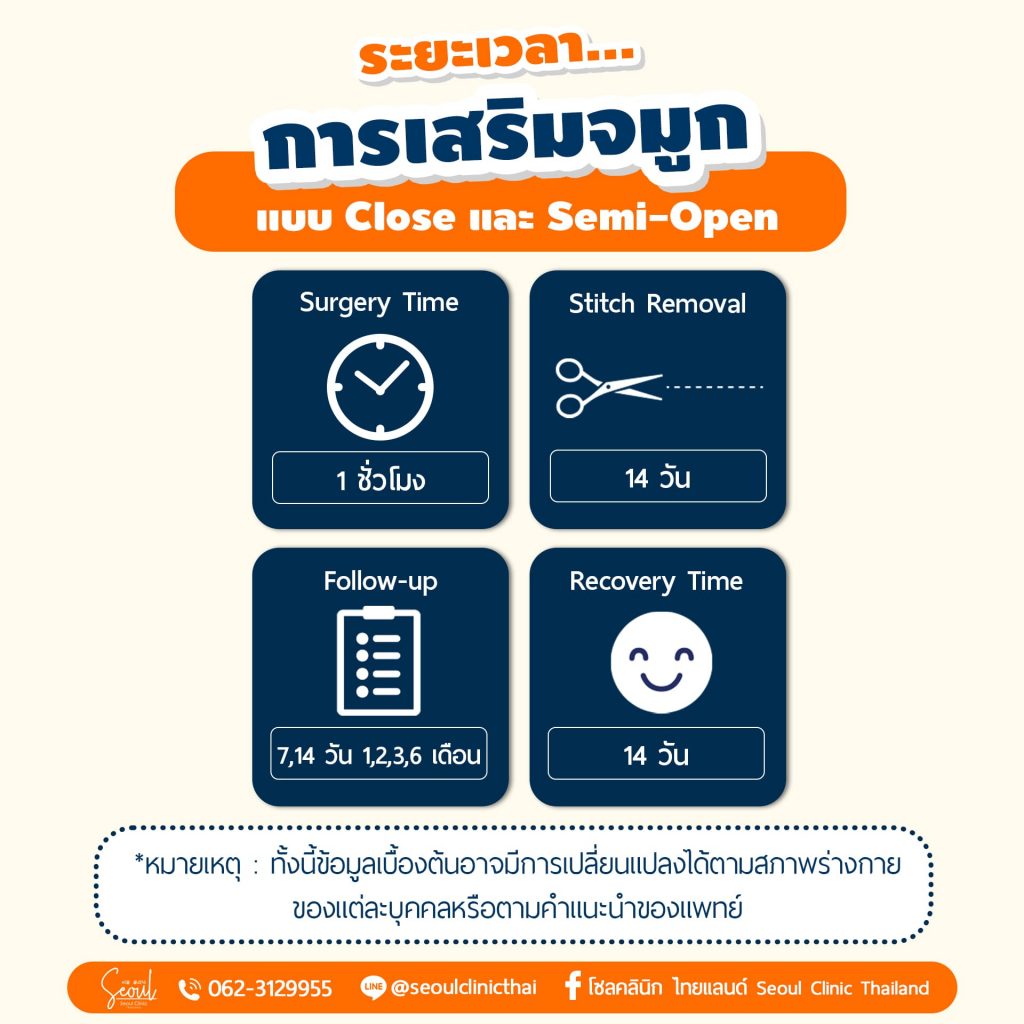
Post-operative guidelines after Rhinoplasty
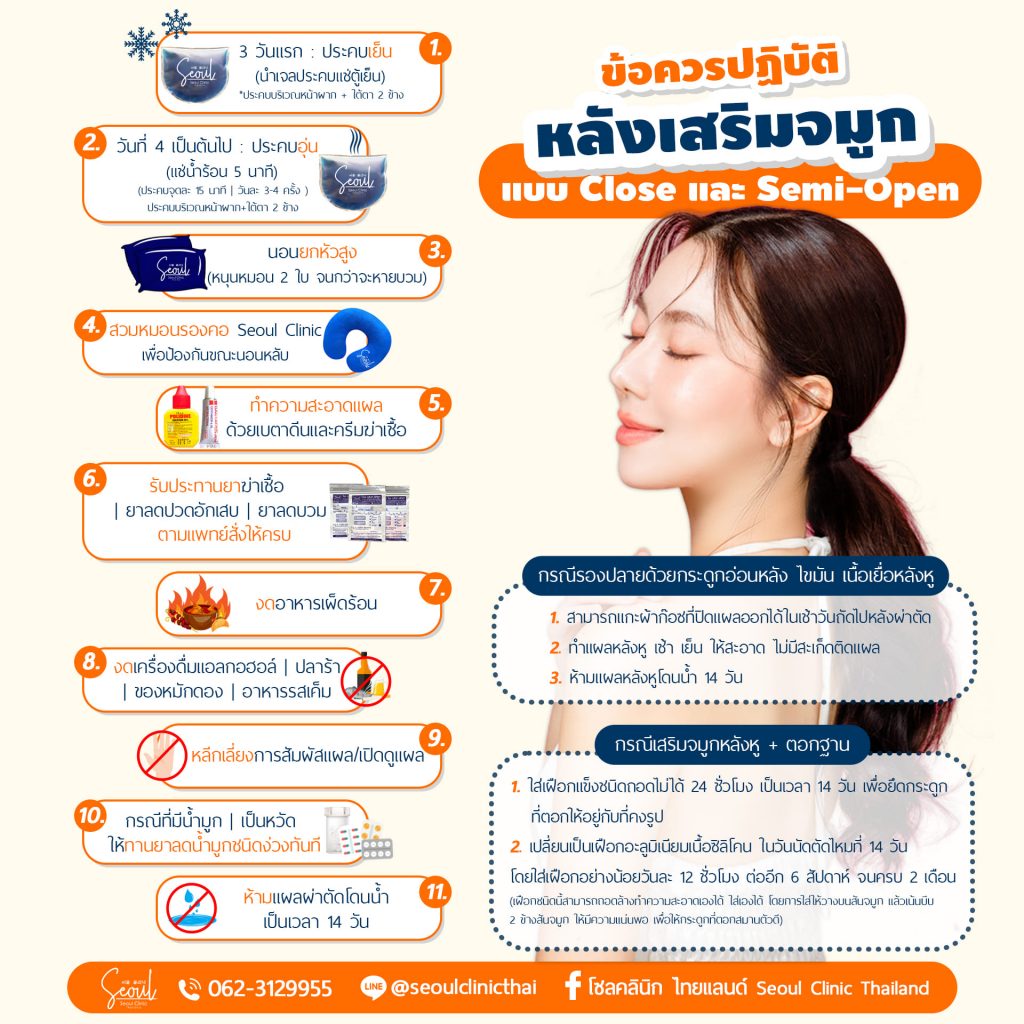
Following proper behavior after rhinoplasty or nose augmentation is crucial for a successful recovery. Here are some important guidelines to follow during the first 72 hours after surgery:
- Apply cold compresses to areas of the face not near the surgical site to reduce swelling and stop blood flow.
- If bleeding occurs within 48 hours, gently wipe the area with a cotton swab soaked in saline.
- After 72 hours, use warm compresses to reduce discoloration.
- Avoid dusty environments for about a week to prevent coughing and sneezing.
- Consume soft foods and avoid hard foods to prevent strain on the surgical site.
- Keep the wound dry for at least 3 days and avoid picking or rubbing the nose.
- Refrain from sleeping on your stomach to prevent pressure on the nose.
- Seek immediate medical attention for any abnormal symptoms.
It’s essential to thoroughly research and consult with a specialist before undergoing rhinoplasty to minimize complications. Strictly adhering to your doctor’s instructions is key to a safe and successful recovery.
Aesthetic Enhancements for Male Rhinoplasty: Choosing the Optimal Surgical Provider
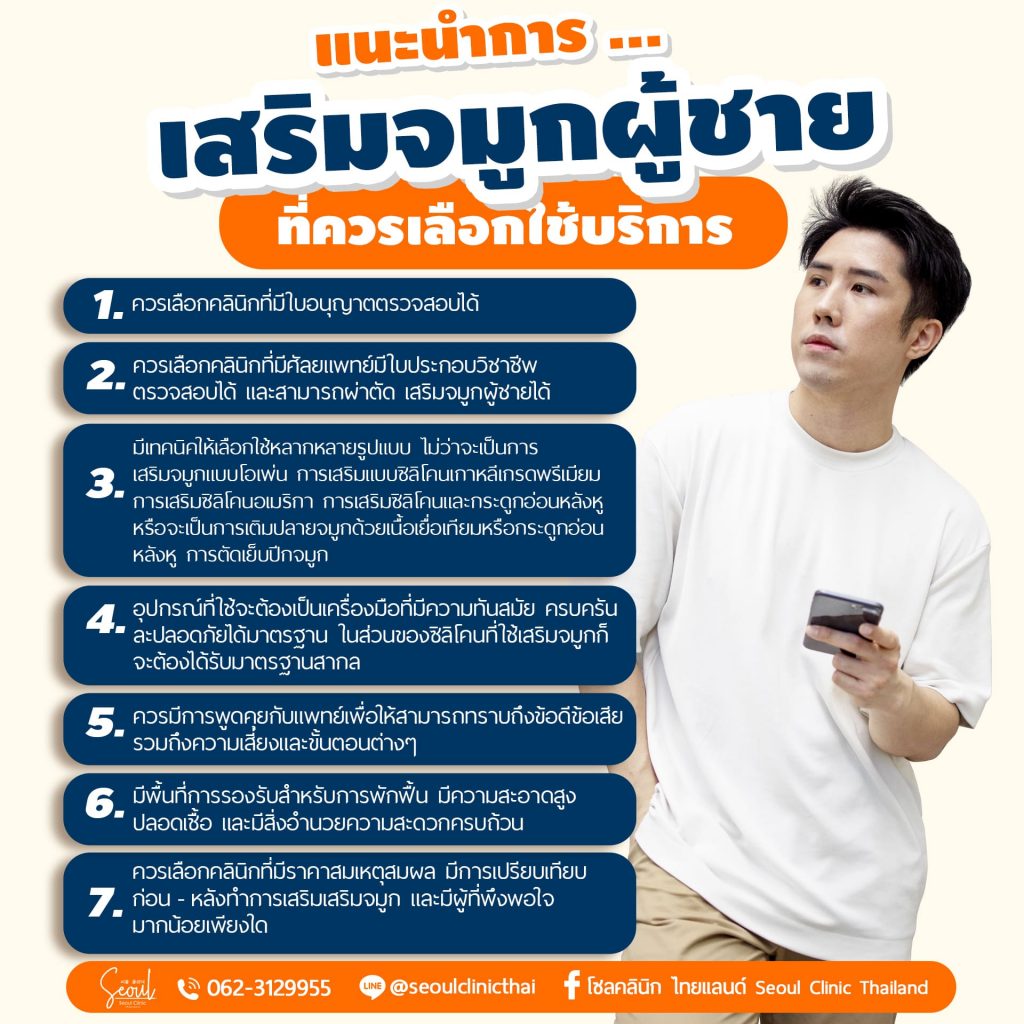
When considering men’s nose augmentation services, it’s crucial to prioritize safety, expertise, and personalized care. Here are some key factors to look for when choosing a clinic for nose surgery:
- Legal Approval: Ensure the clinic or hospital is legally authorized to provide nose surgery services and adheres to industry standards and regulations.
- Certified Specialists: Seek services provided by plastic surgeons certified by reputable associations, such as the Plastic Surgery Association of Thailand, with extensive experience in male rhinoplasty.
- Variety of Techniques: Look for clinics that offer a range of augmentation techniques tailored to your specific needs and preferences, including options like open nose augmentation, premium-grade silicone augmentation, and silicone and cartilage augmentation behind the ear.
- Modern Equipment: Confirm that the clinic utilizes modern, state-of-the-art equipment that meets safety standards, especially for silicone materials used in augmentation procedures.
- Recovery Support: Choose a facility with a clean, sterile environment and comprehensive recovery facilities to ensure a smooth and comfortable post-operative experience.
- Doctor’s Consultation: Prioritize clinics that offer thorough consultations with experienced surgeons, allowing you to discuss your concerns, goals, and potential treatment options before making a decision.
By carefully considering these factors and conducting thorough research, you can select a reputable clinic that provides safe, effective, and tailored nose augmentation services for men.
Determining Why Rhinoplasty at Seoul Clinic is the Premier Choice
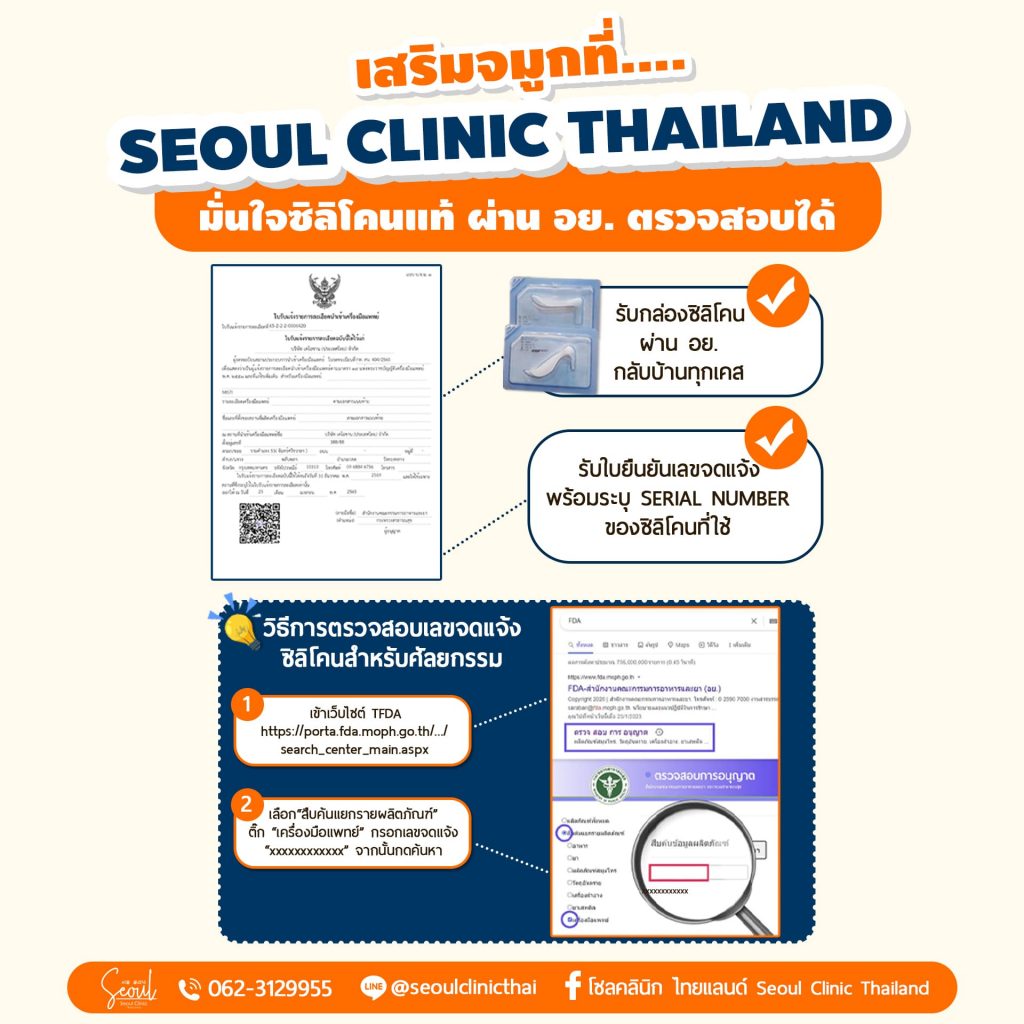
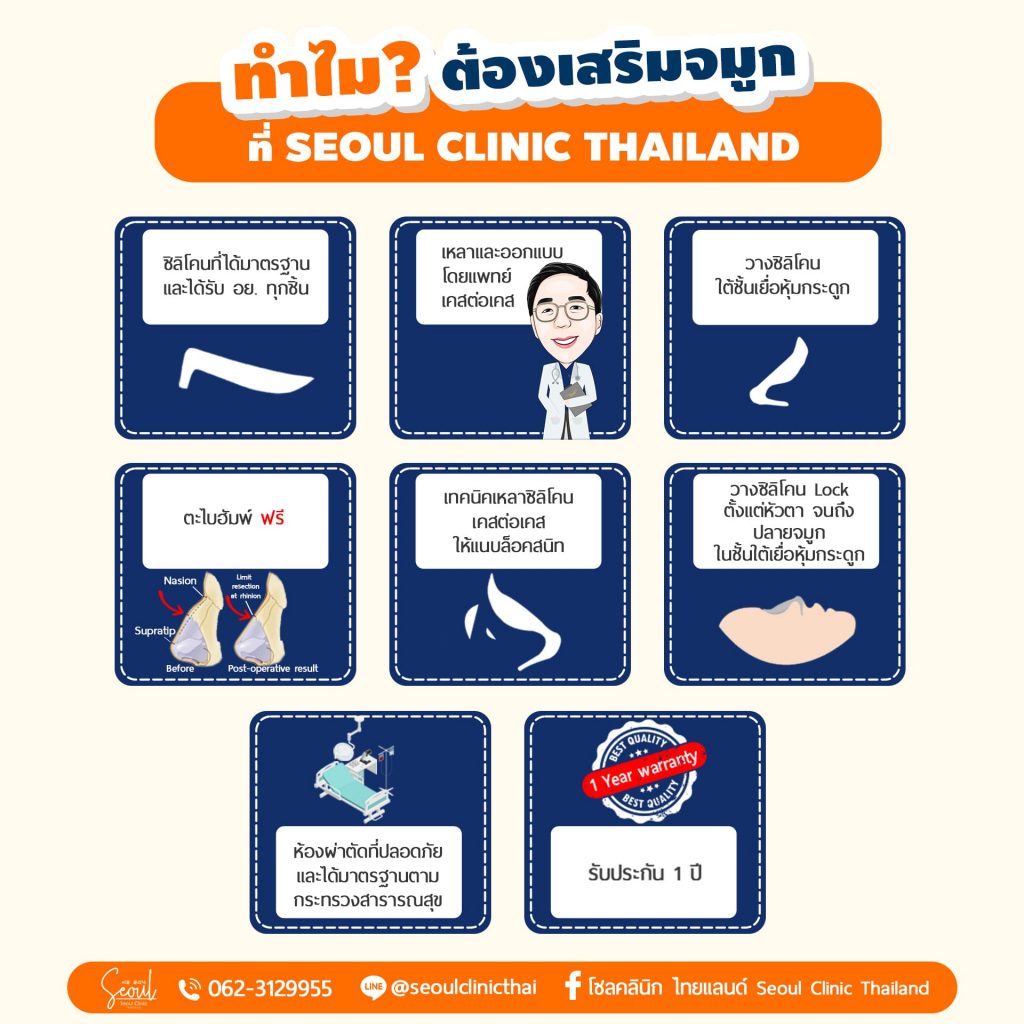
Frequently asked questions about nose surgery
Does nose augmentation hurt?
How many days does it take to recover from nose surgery?
What can you eat after nose surgery? And what are you prohibited from eating?
Optimizing Cartilage and Tissue Integrity: Effective Interventions Behind the Ears at Seoul Clinic
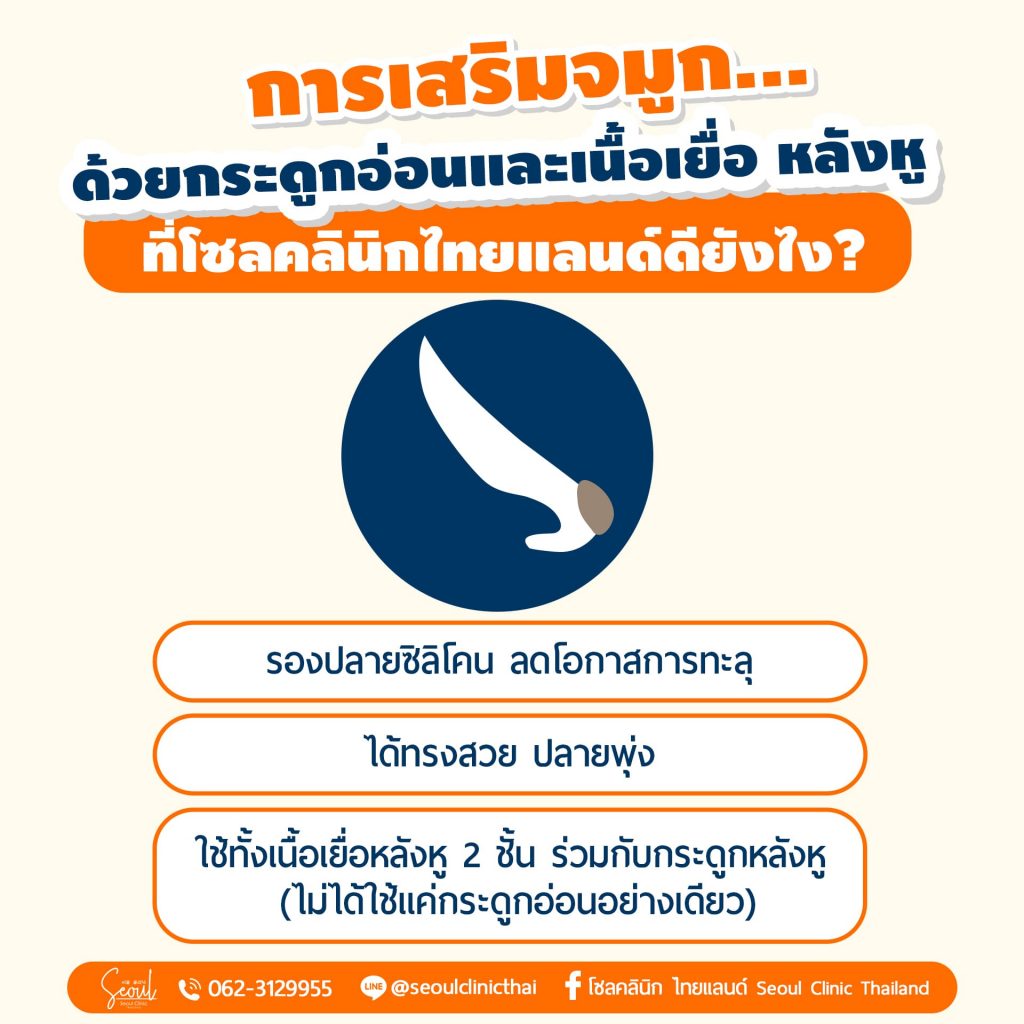
Rhinoplasty Pricing at Seoul Clinic: An Inquiry into Procedure Costs
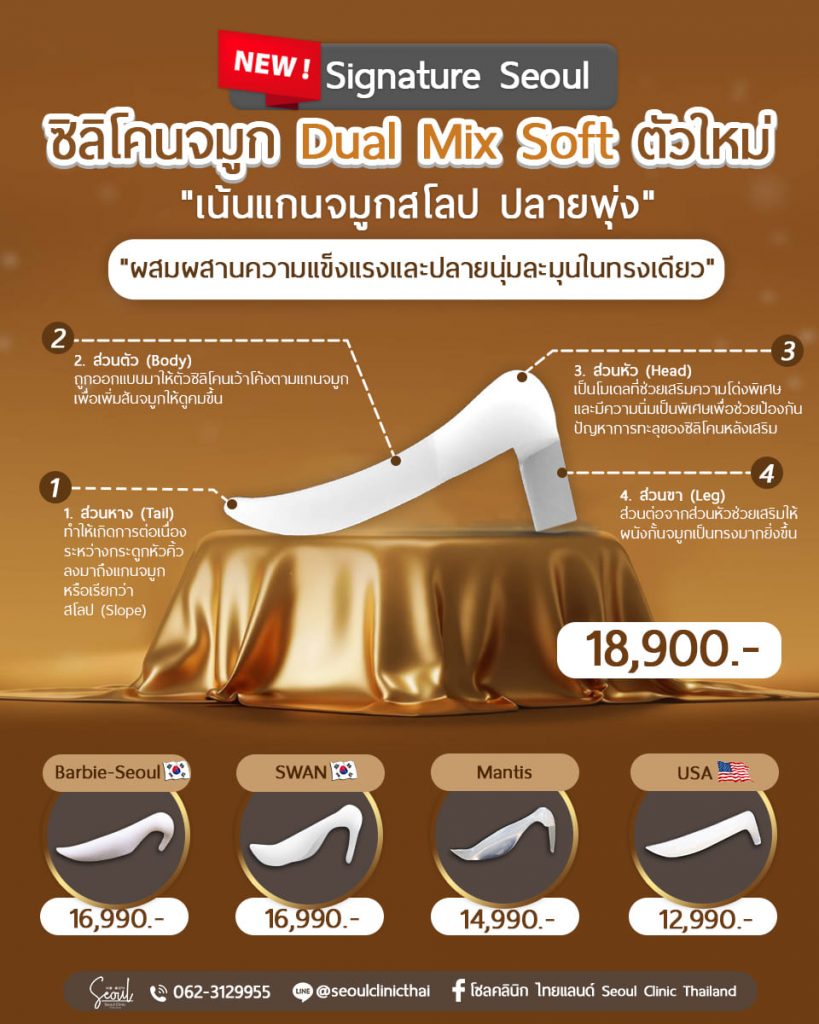
The cost of rhinoplasty varies based on individual factors such as the surgeon’s approach and the unique needs of each patient. Given the diverse range of nasal issues and preferences, it’s essential to engage in thorough discussions and planning with your doctor to determine the most suitable augmentation strategy.”
Can a Petite Nose receive the Rhinoplasty?
Is Silicone Rhinoplasty for Short Noses recommendable?
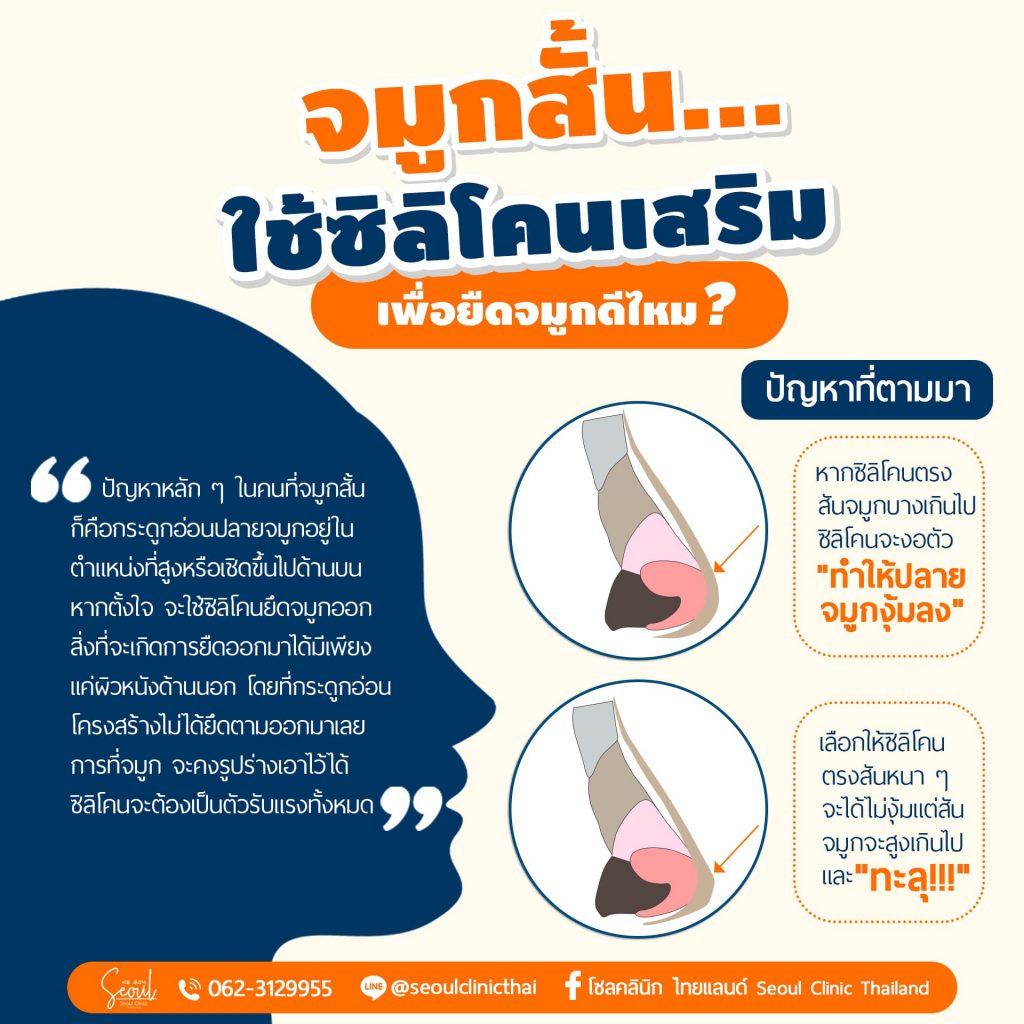
Is Crooked nose compatible with Silicone Rhinoplasty?
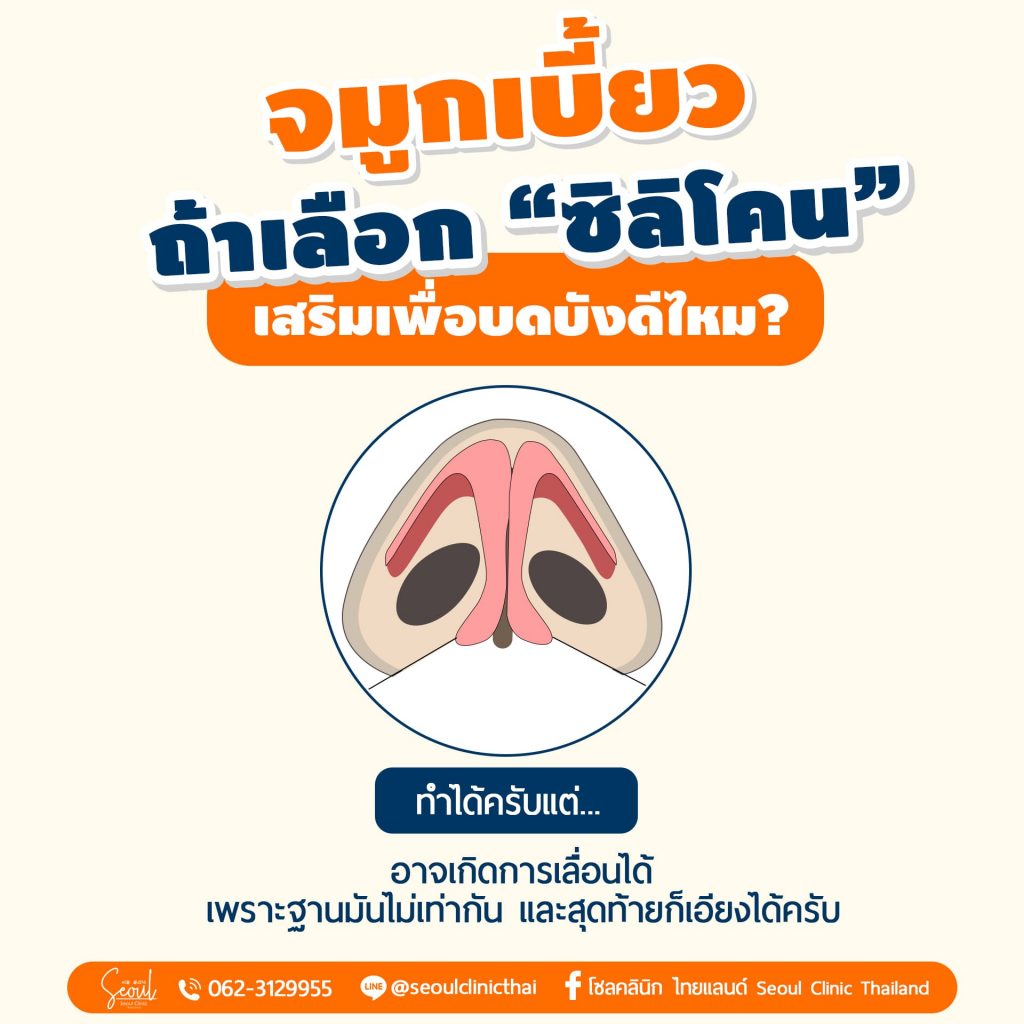
Men's nose Rhinoplasty VS Women's Rhinoplasty, what is the difference?
In men’s nose Rhinoplasty, the focus often lies in achieving a prominent, straight nasal bridge, enhancing facial masculinity, coolness, and angularity.
Conversely, women’s preferences vary widely, ranging from the sought-after Korean or Western styles. However, individual satisfaction remains paramount, regardless of gender, allowing for personalized aesthetic choices.
Exploring Discrepancies in Post-Augmentation Nasal Aesthetics: Bridging the Gap Between Ideal and Actual Results
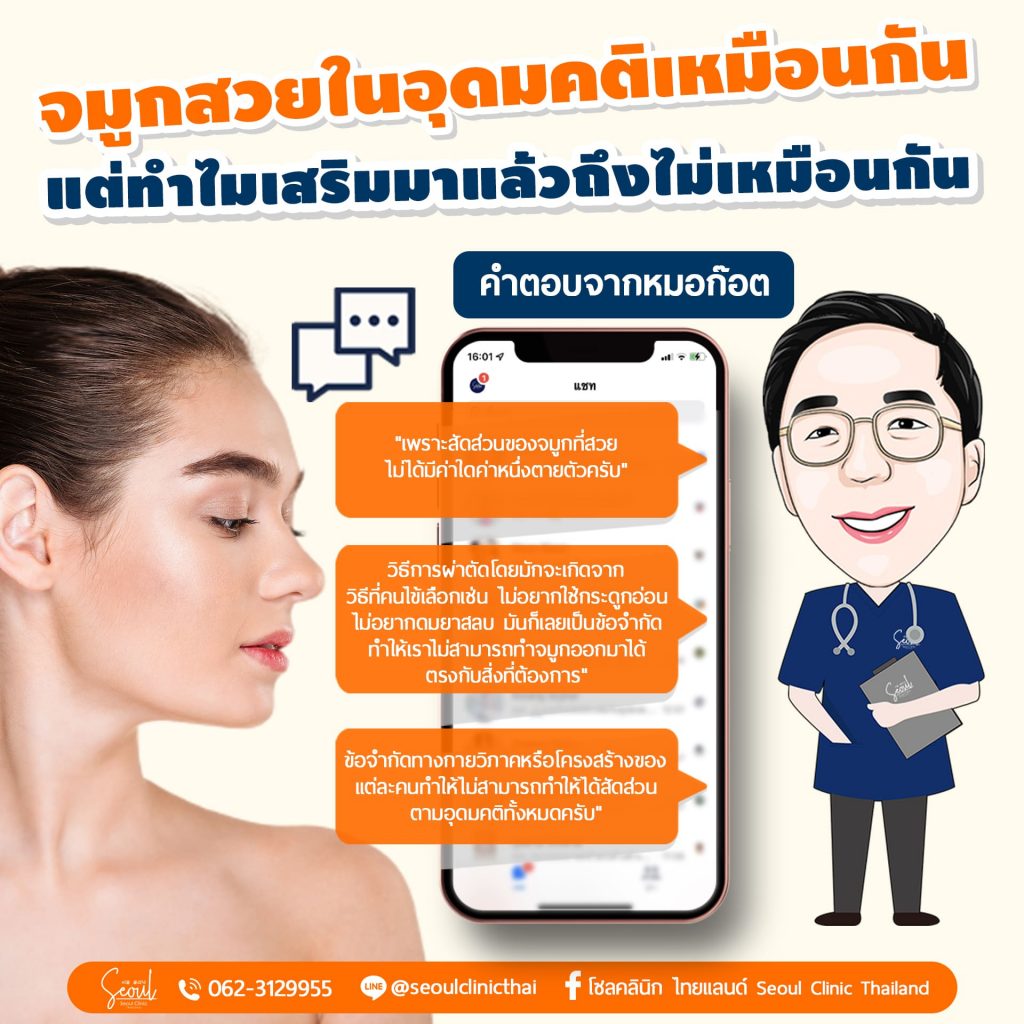
If I remove the silicone, will my nose return to the way it was before?
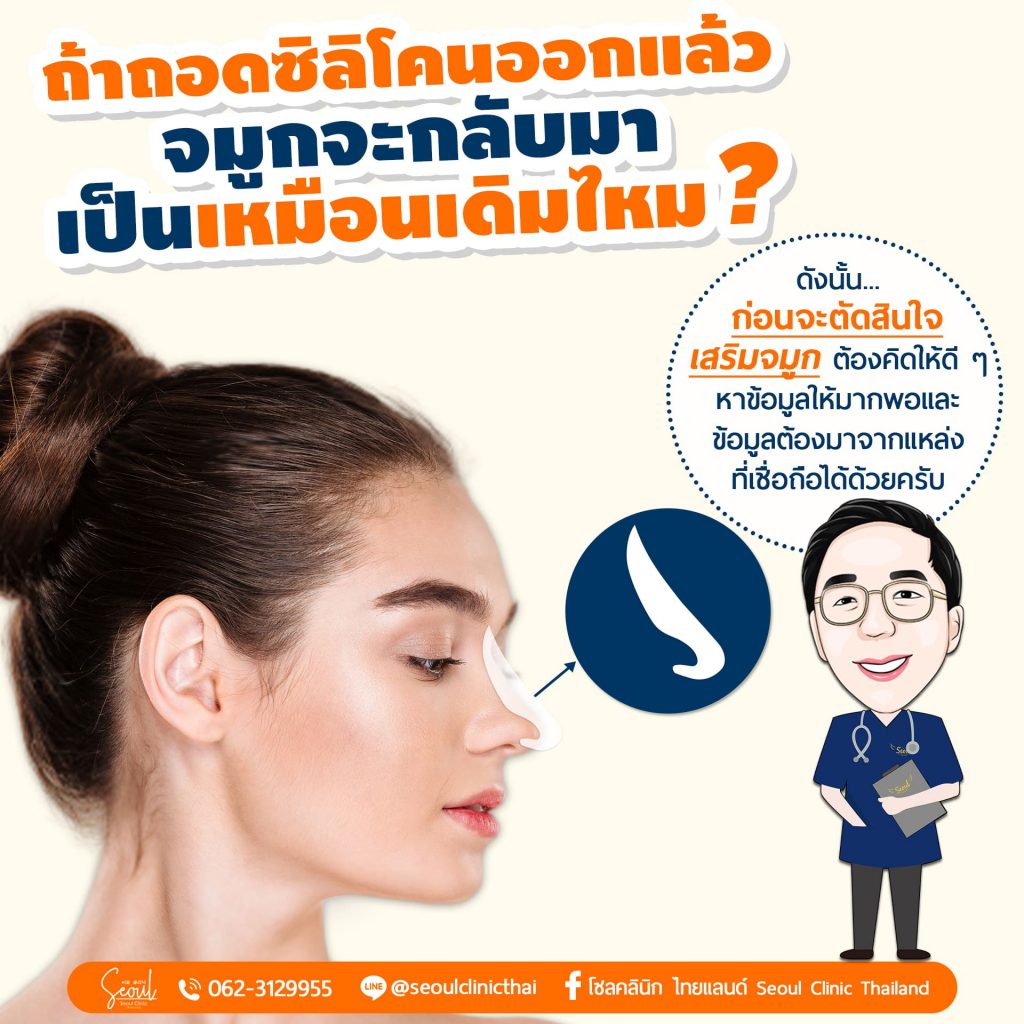
Corrective Rhinoplasty: Utilizing Cartilage, Tissue, and Fat Grafting from Behind the Ear
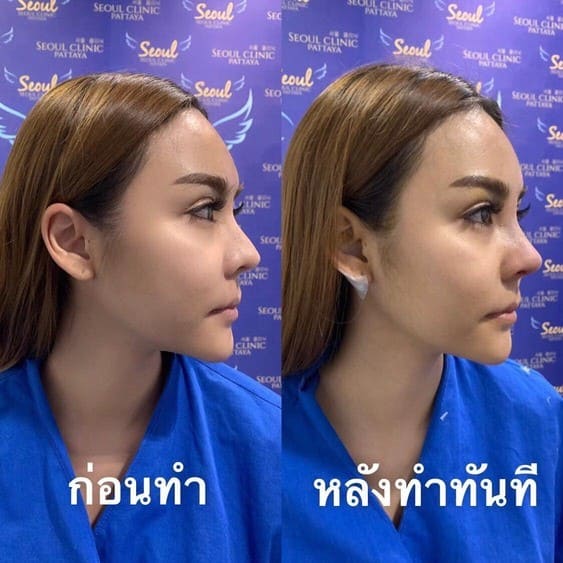
“Hi there, I’m Mind and I’ve had several procedures done at Seoul Clinic Pattaya, starting with fat grafting and cheek augmentation to freshen up my appearance. Eventually, I decided it was time to address issues with my nose after noticing it thinning and the tip becoming prominent.

Before the fix, my nose had a protruding appearance, giving me a fierce look that aged me. But during the procedure, I felt completely comfortable thanks to the anesthesia options available. The surgery involved removing cartilage and tissue from behind my ear, which was painless, followed by work on my nose that took about 50 minutes.
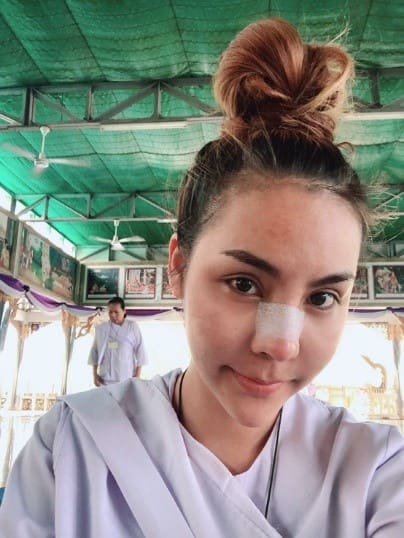
Afterward, I experienced minimal swelling and found wearing the cast provided great support. Within a month, the results were stunning! My new nose fits my face perfectly, making me feel confident and receiving compliments wherever I go.

The follow-up appointments ensured everything was on track, and I couldn’t be happier with the smoother, more youthful appearance I now have. Looking forward to seeing the final results in the coming months!”

Duration of rhinoplasty


Feedback from our client
